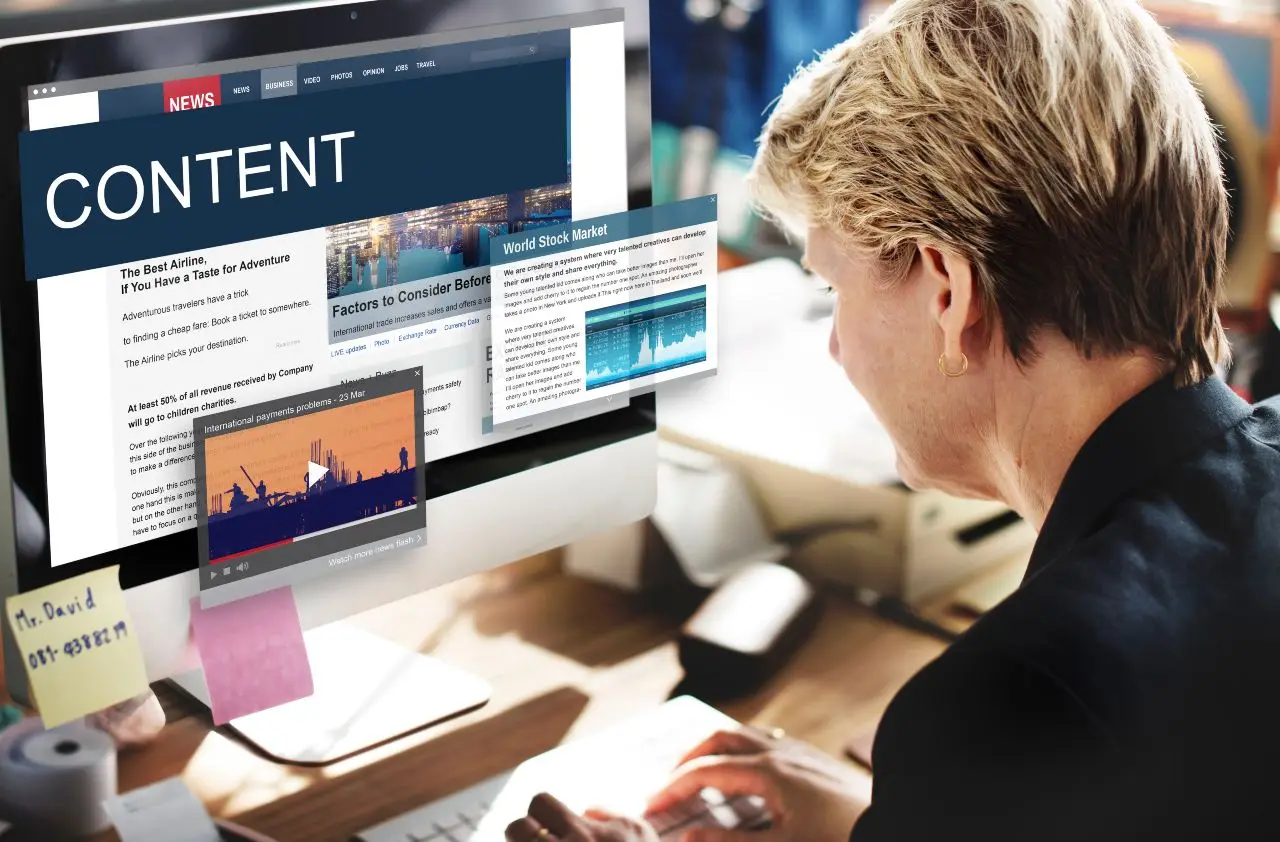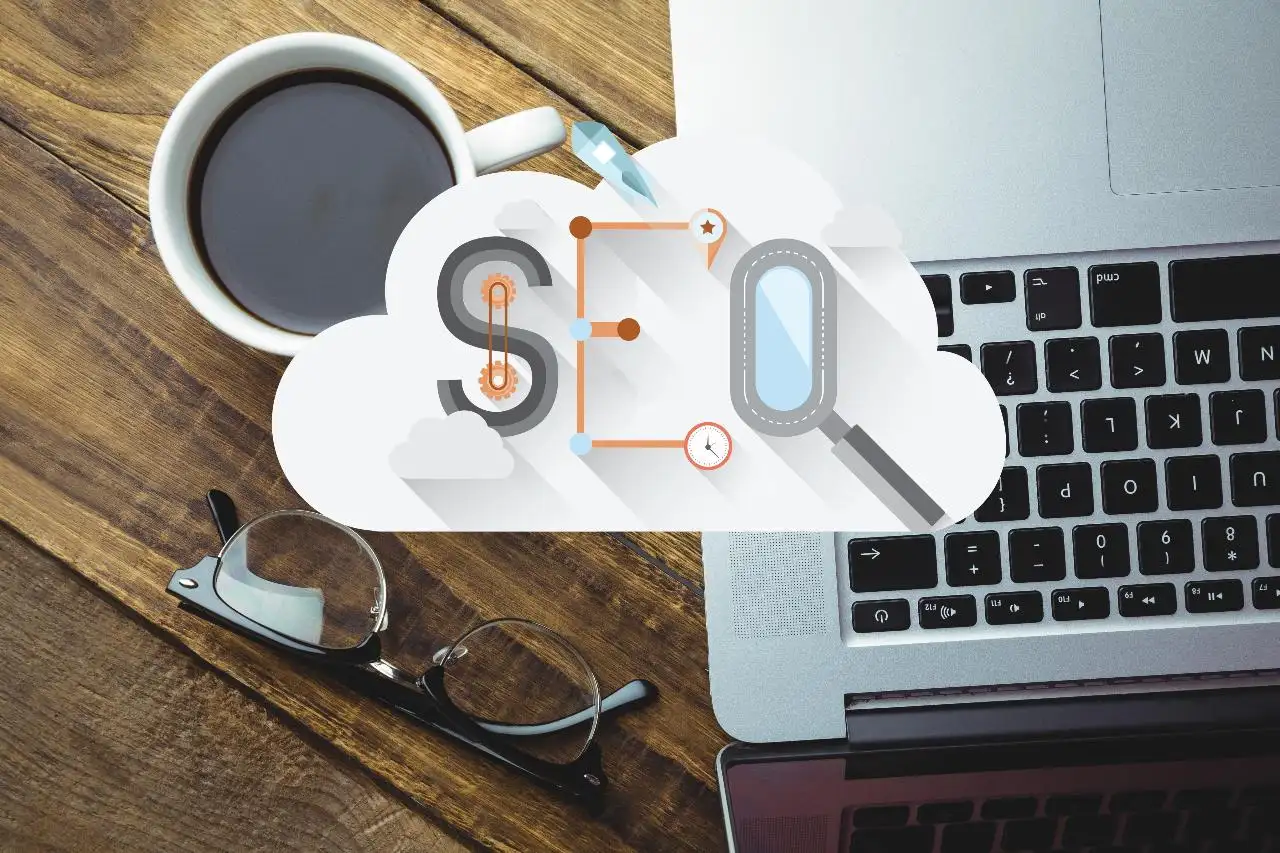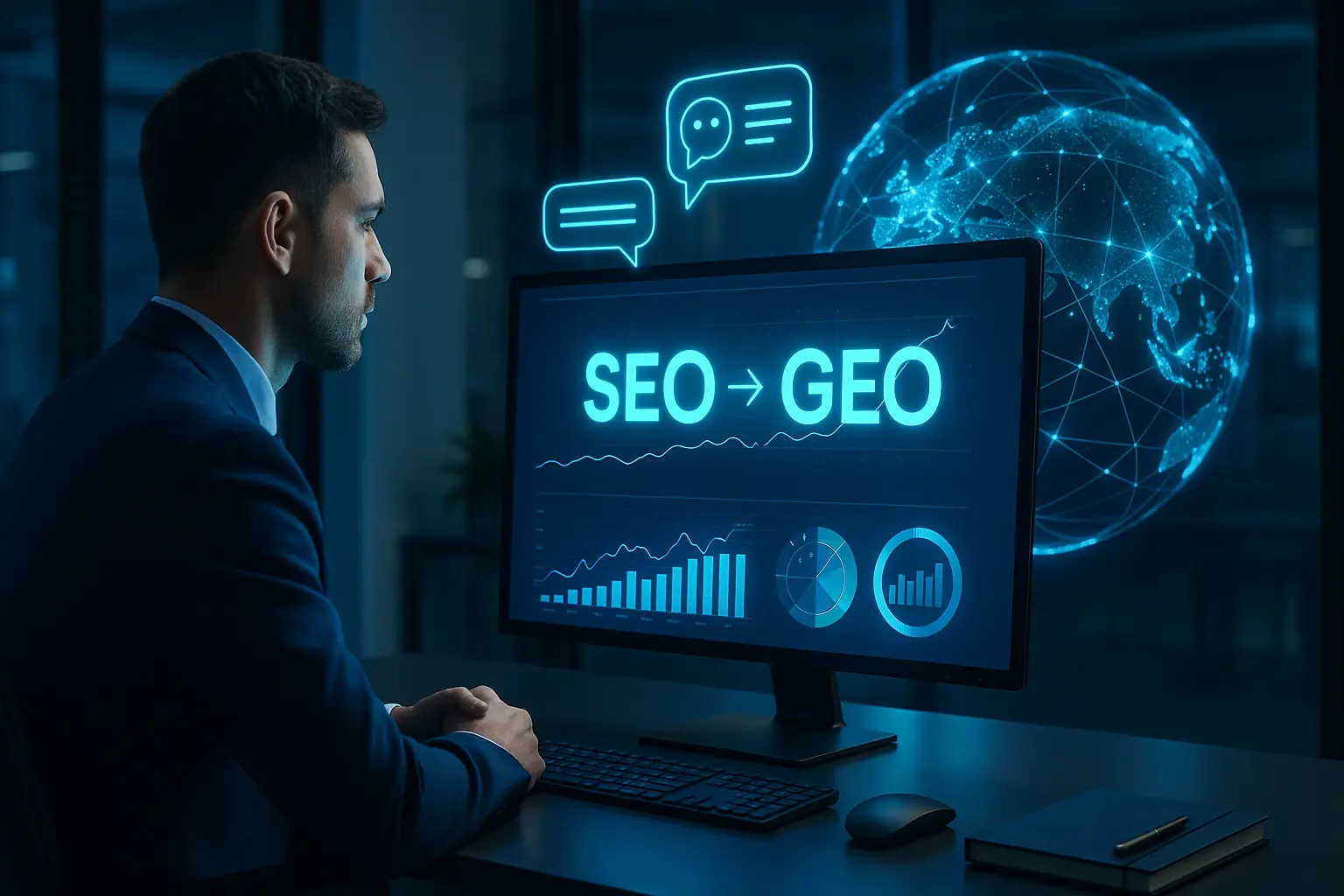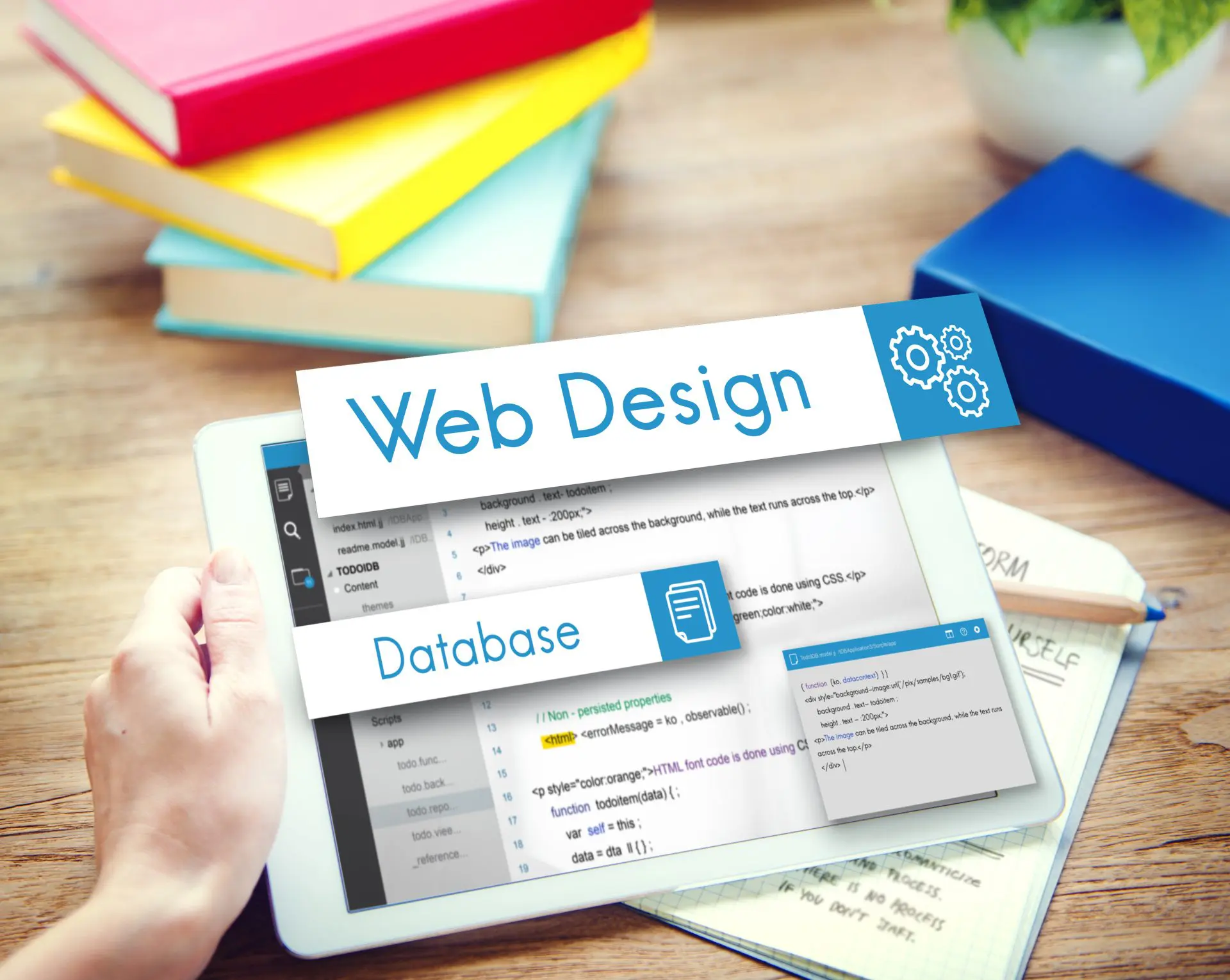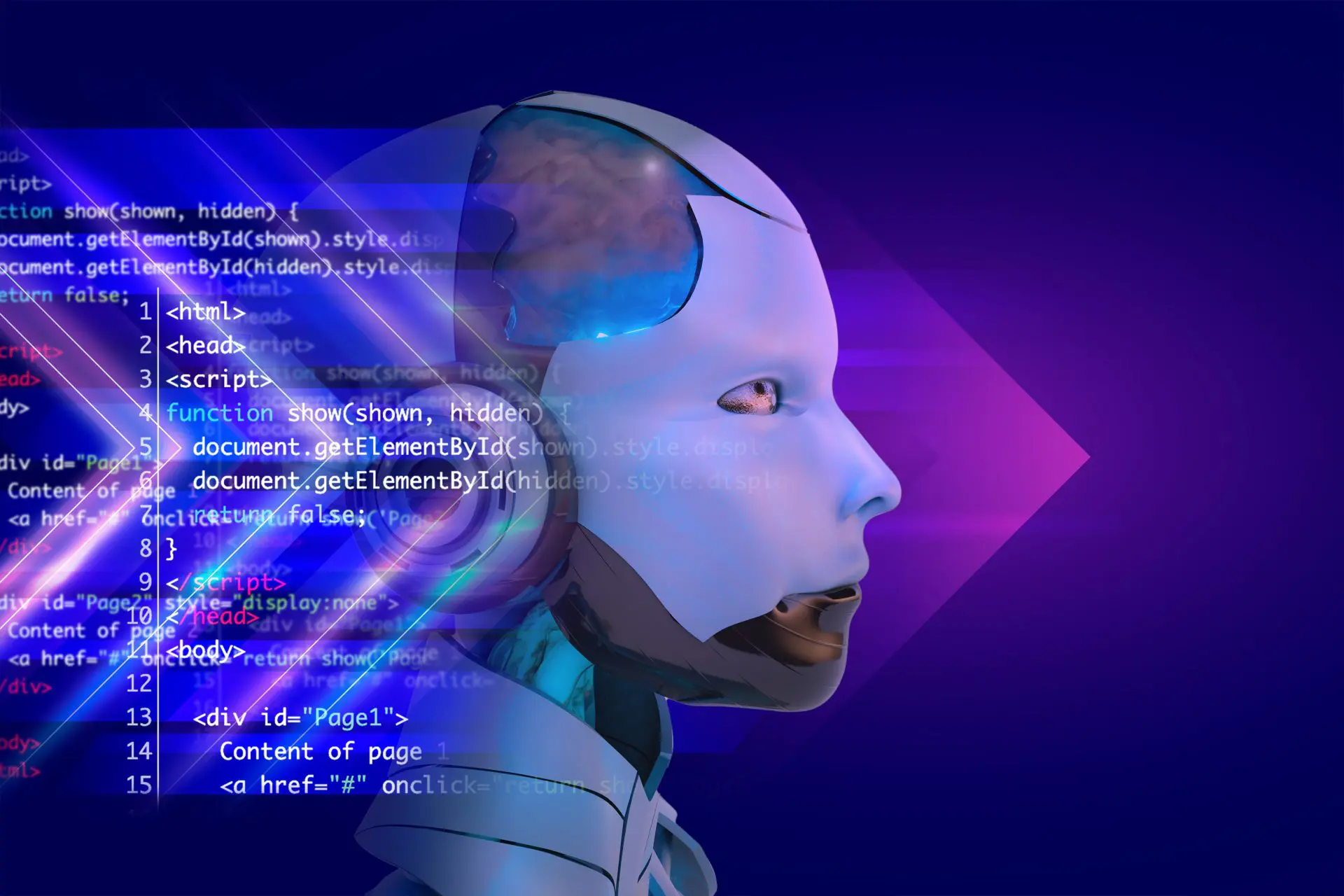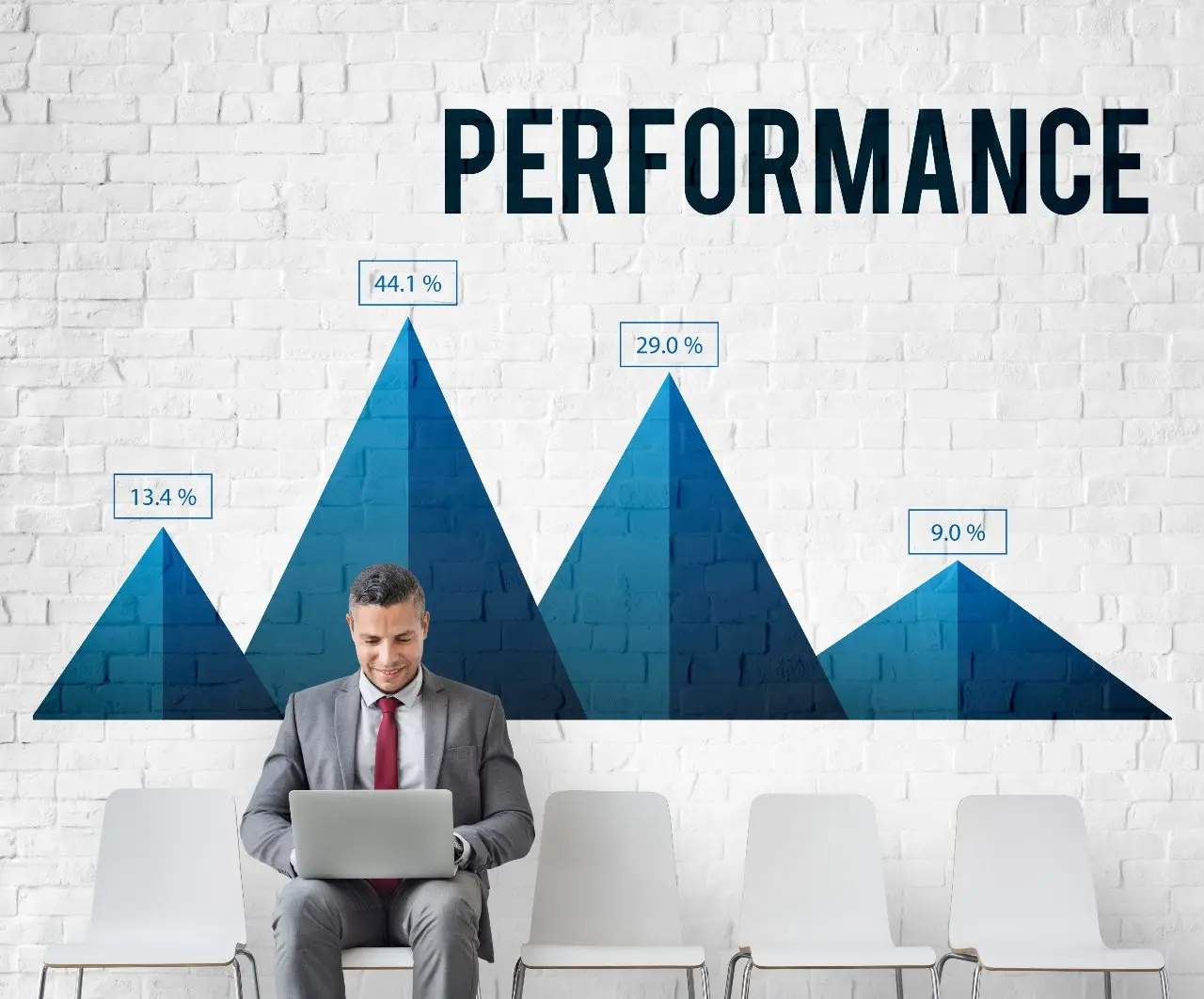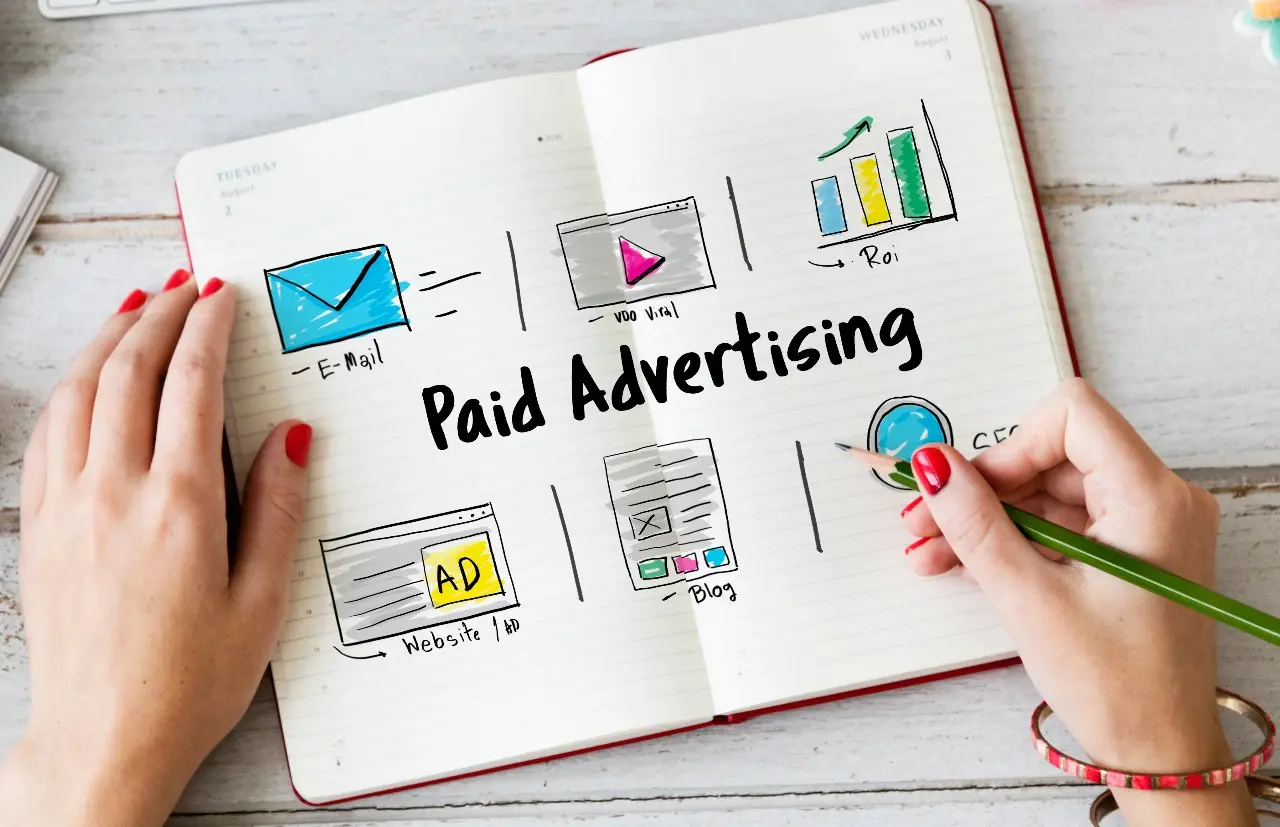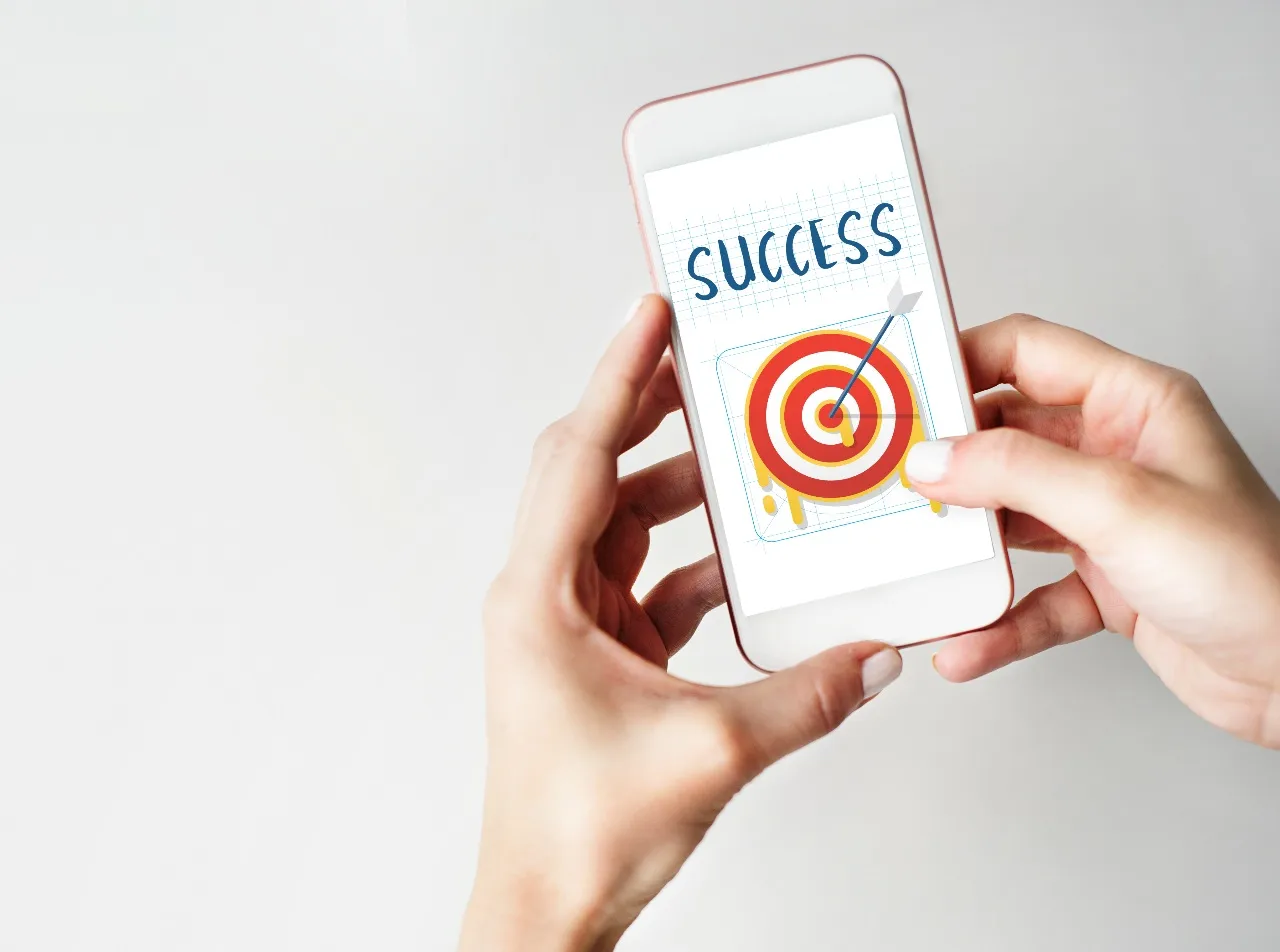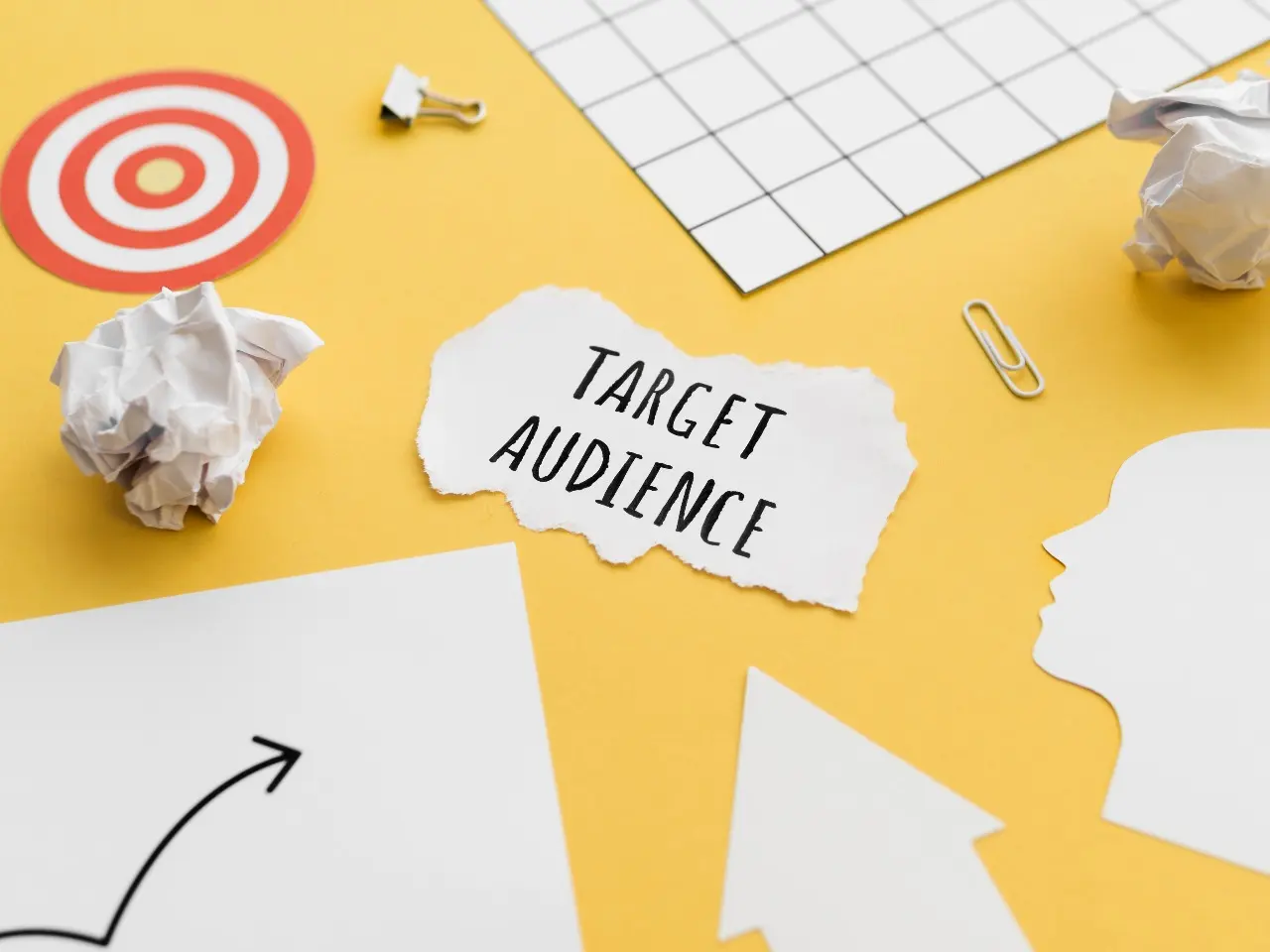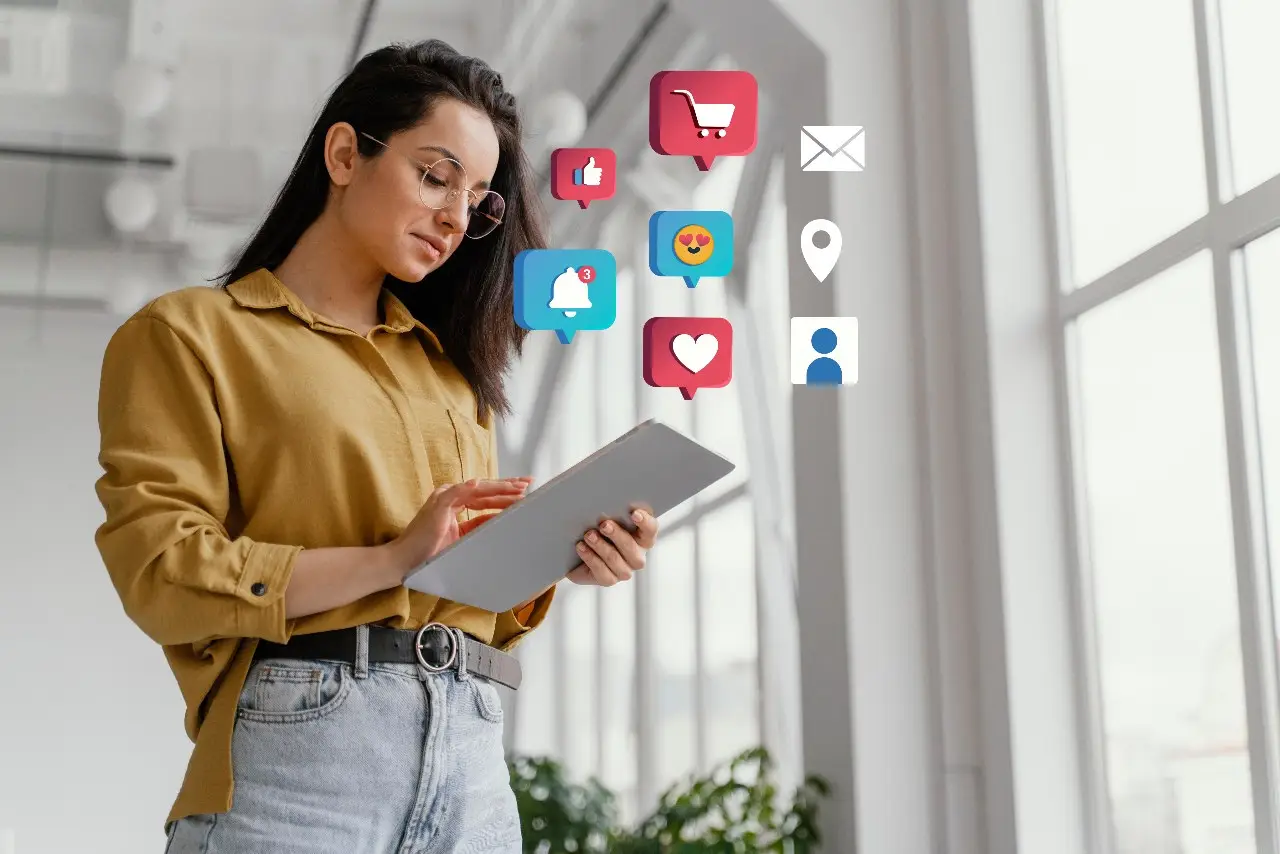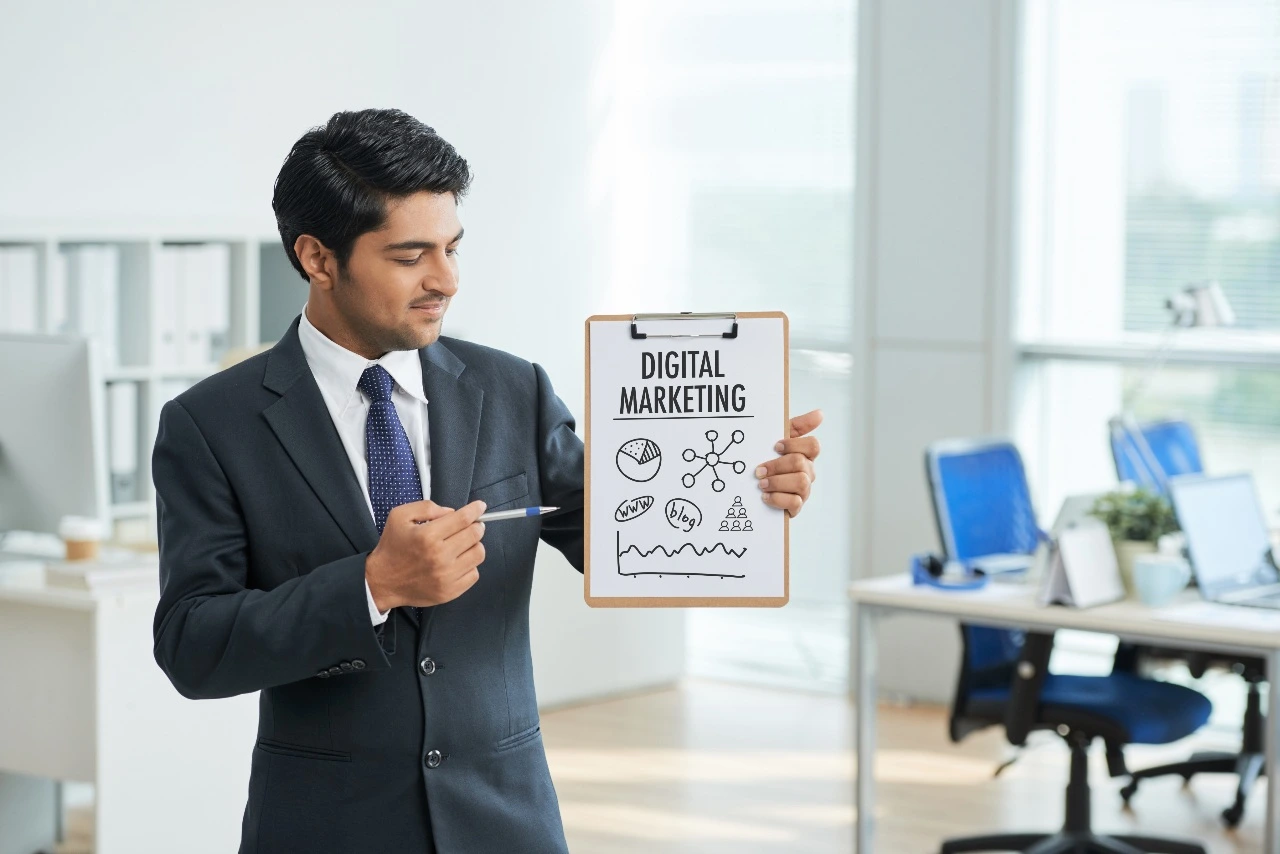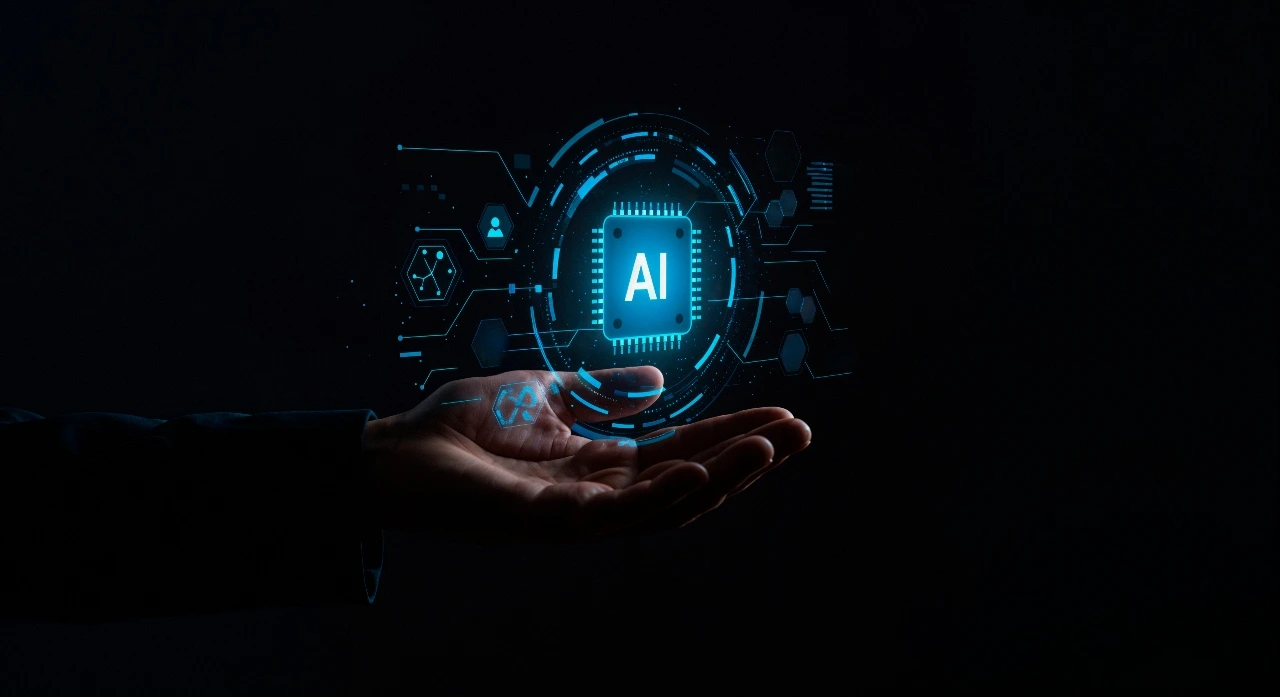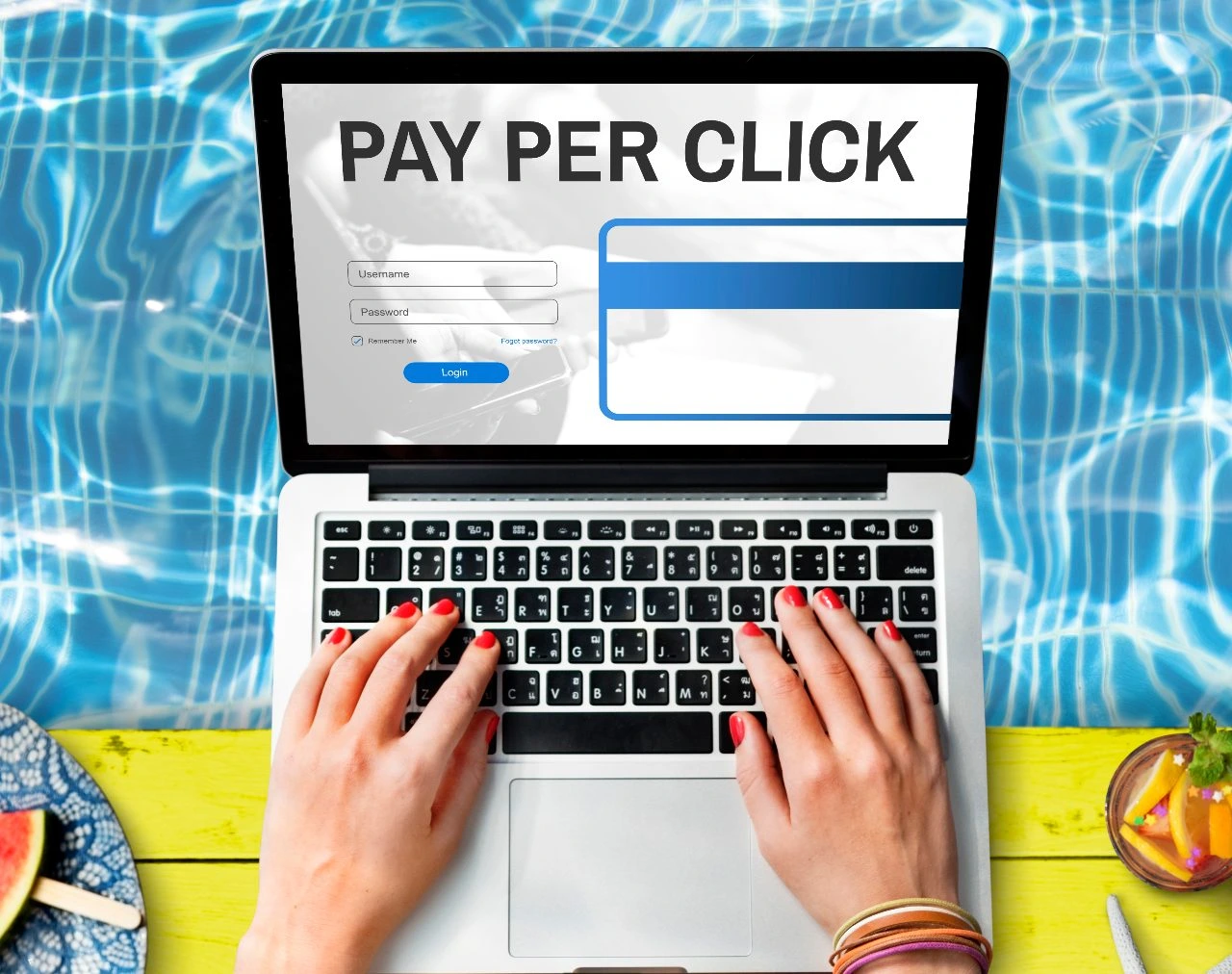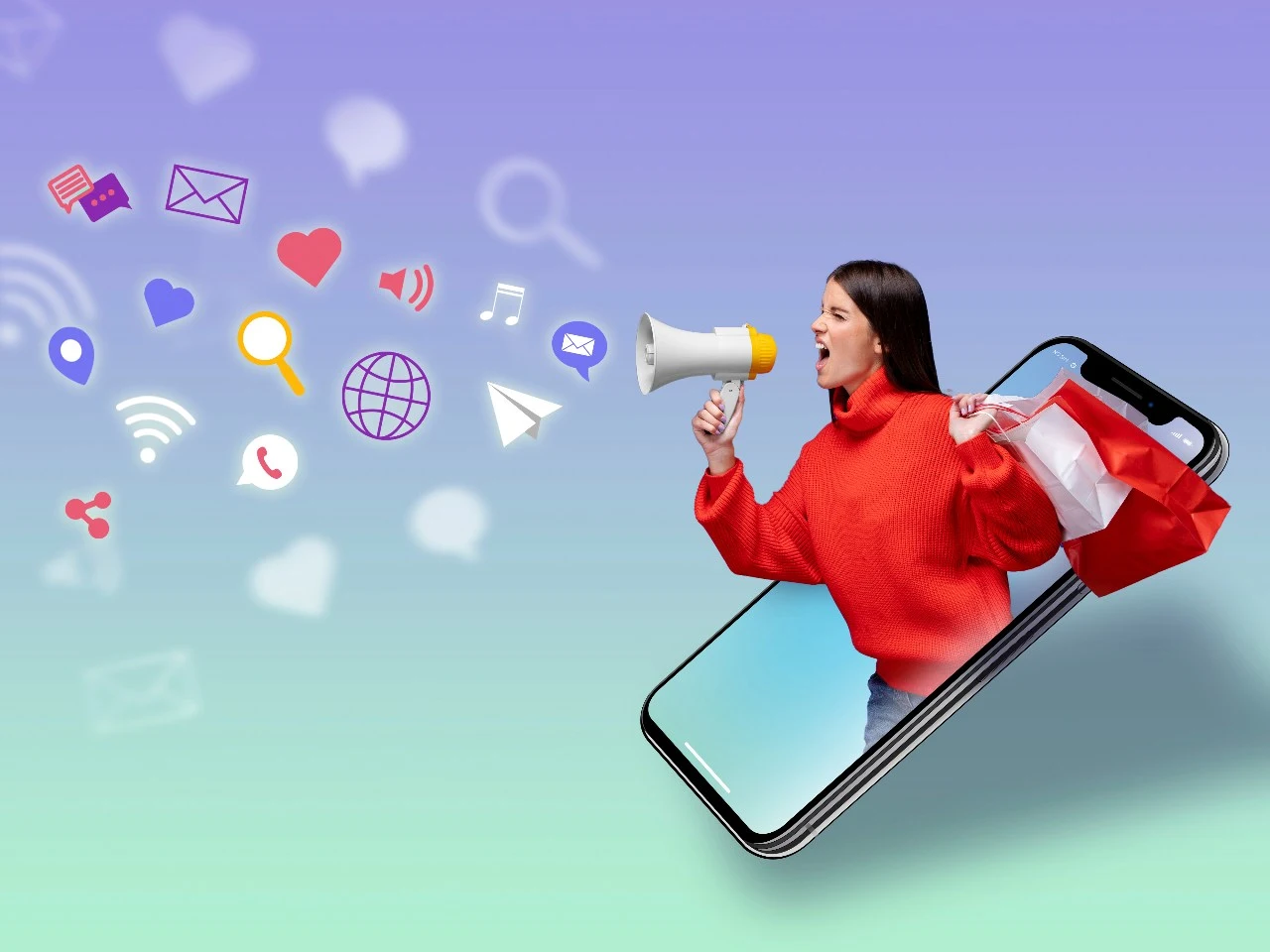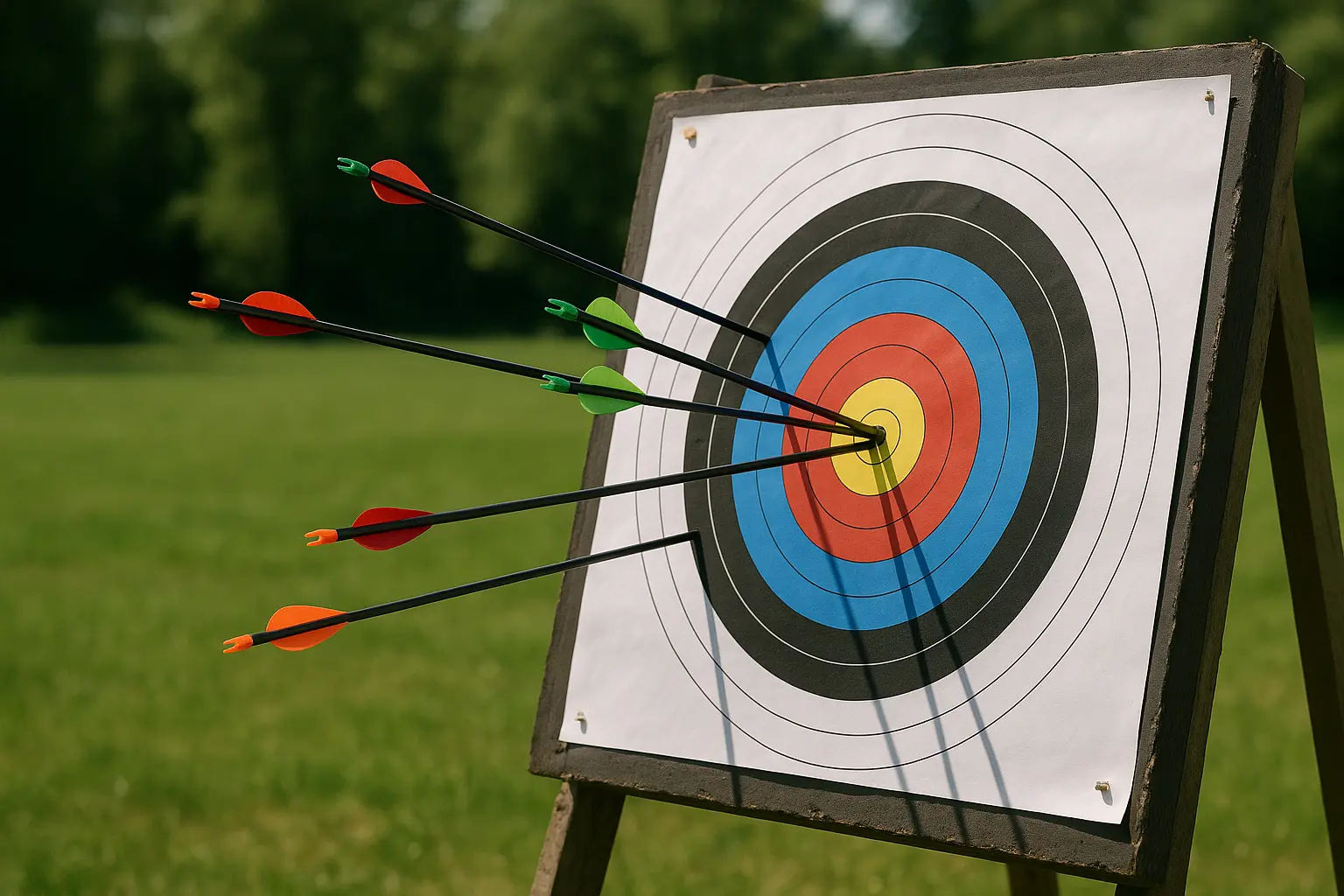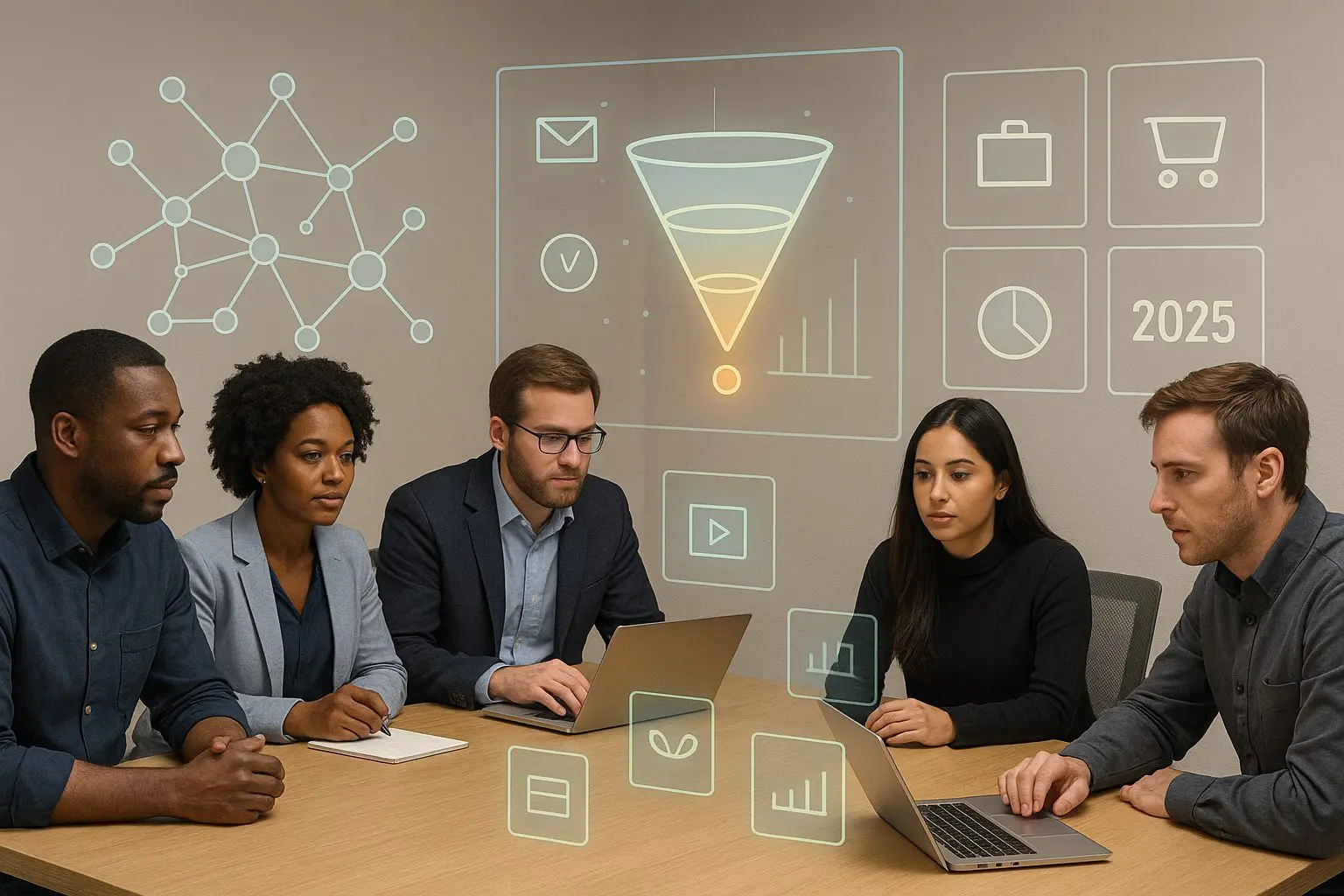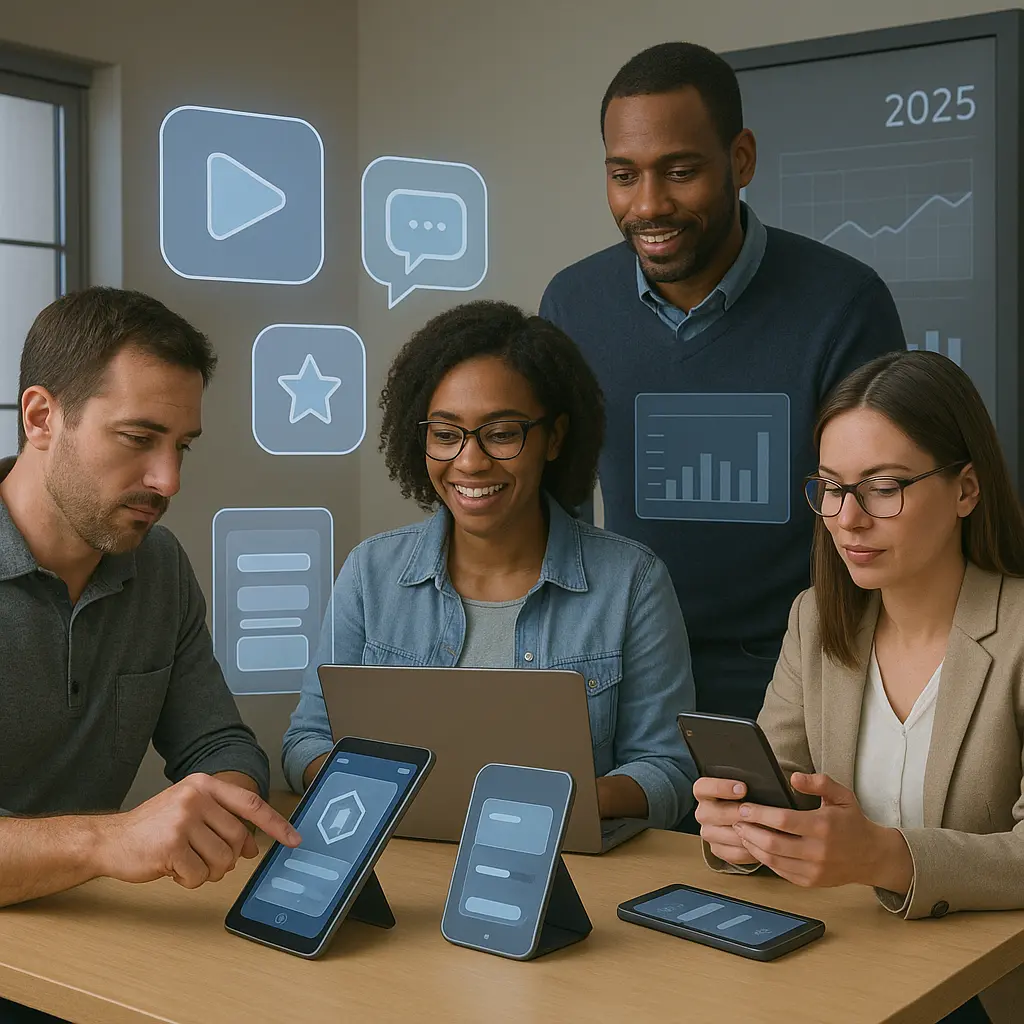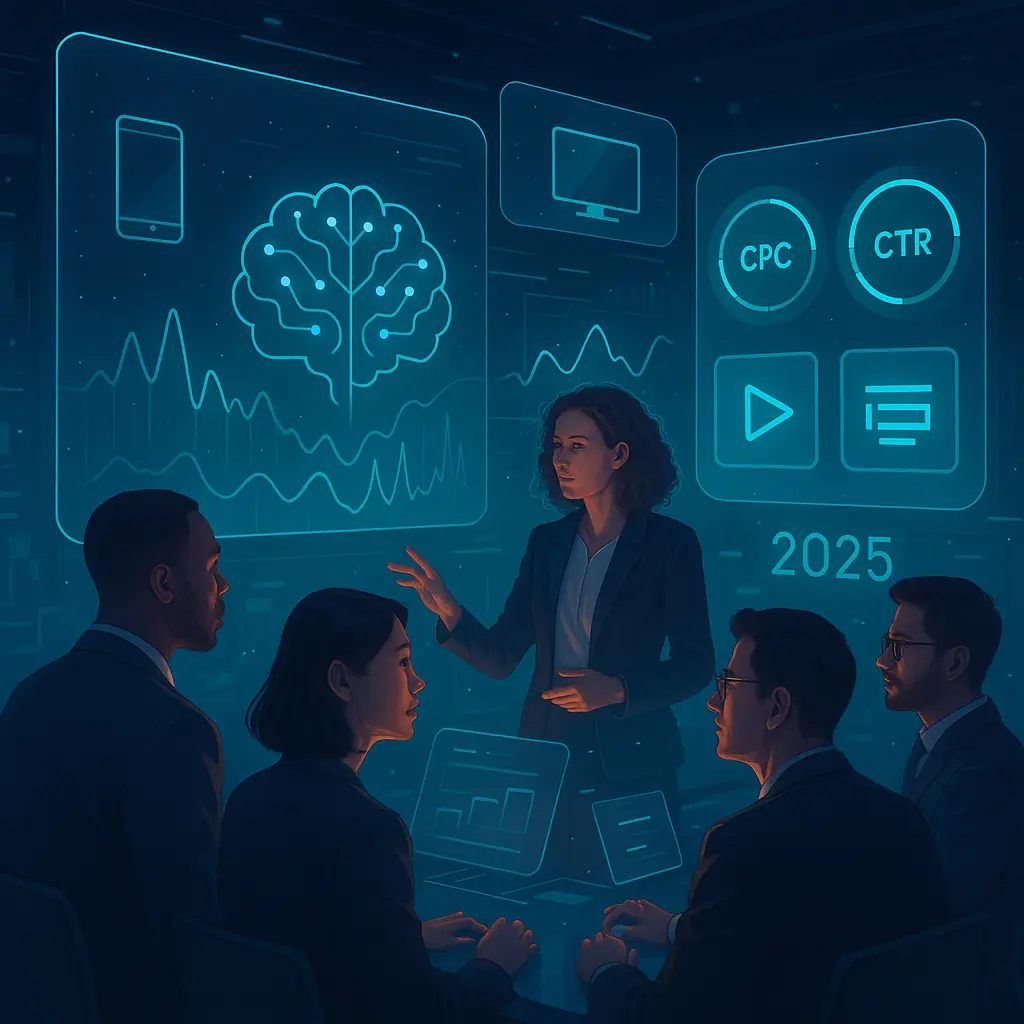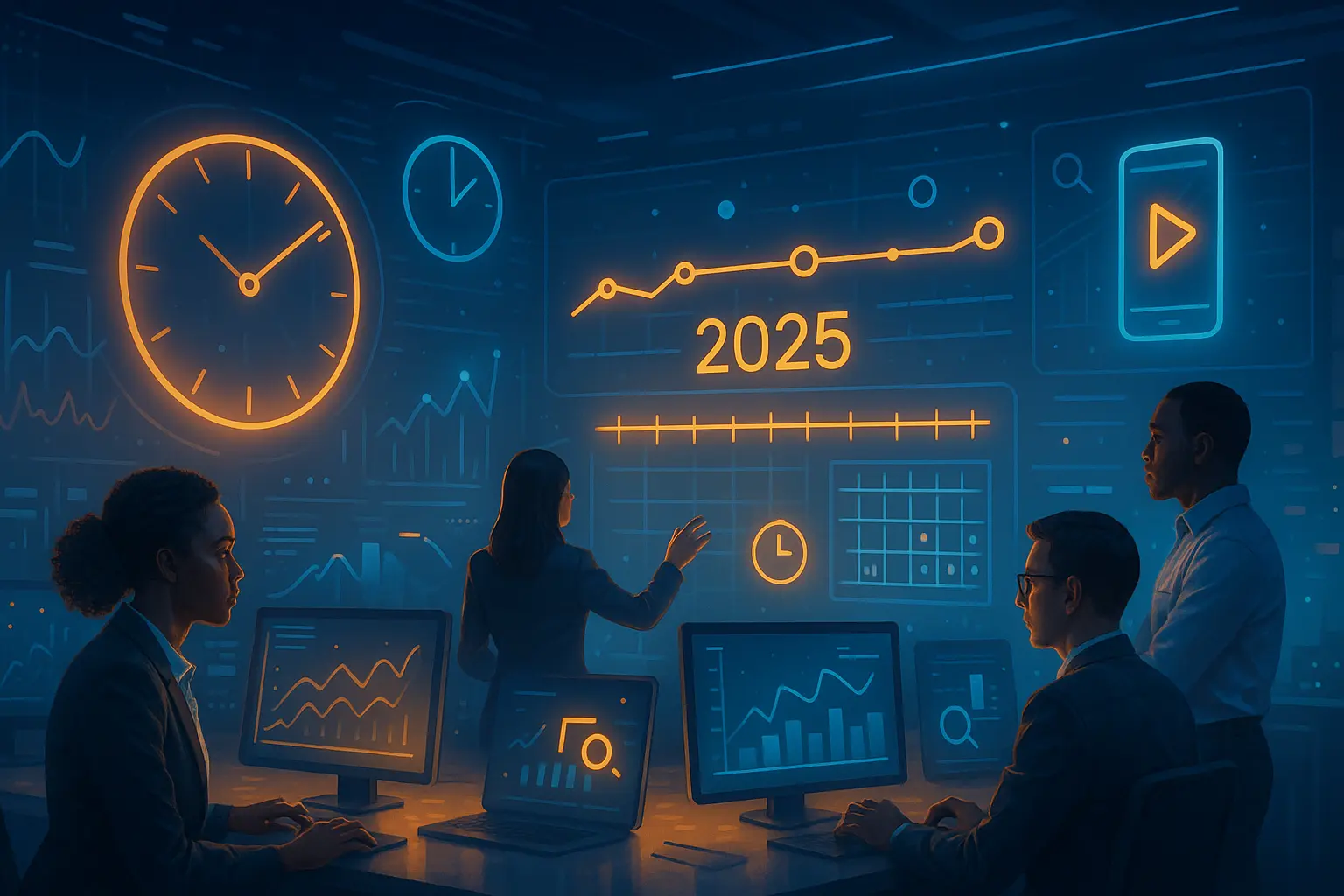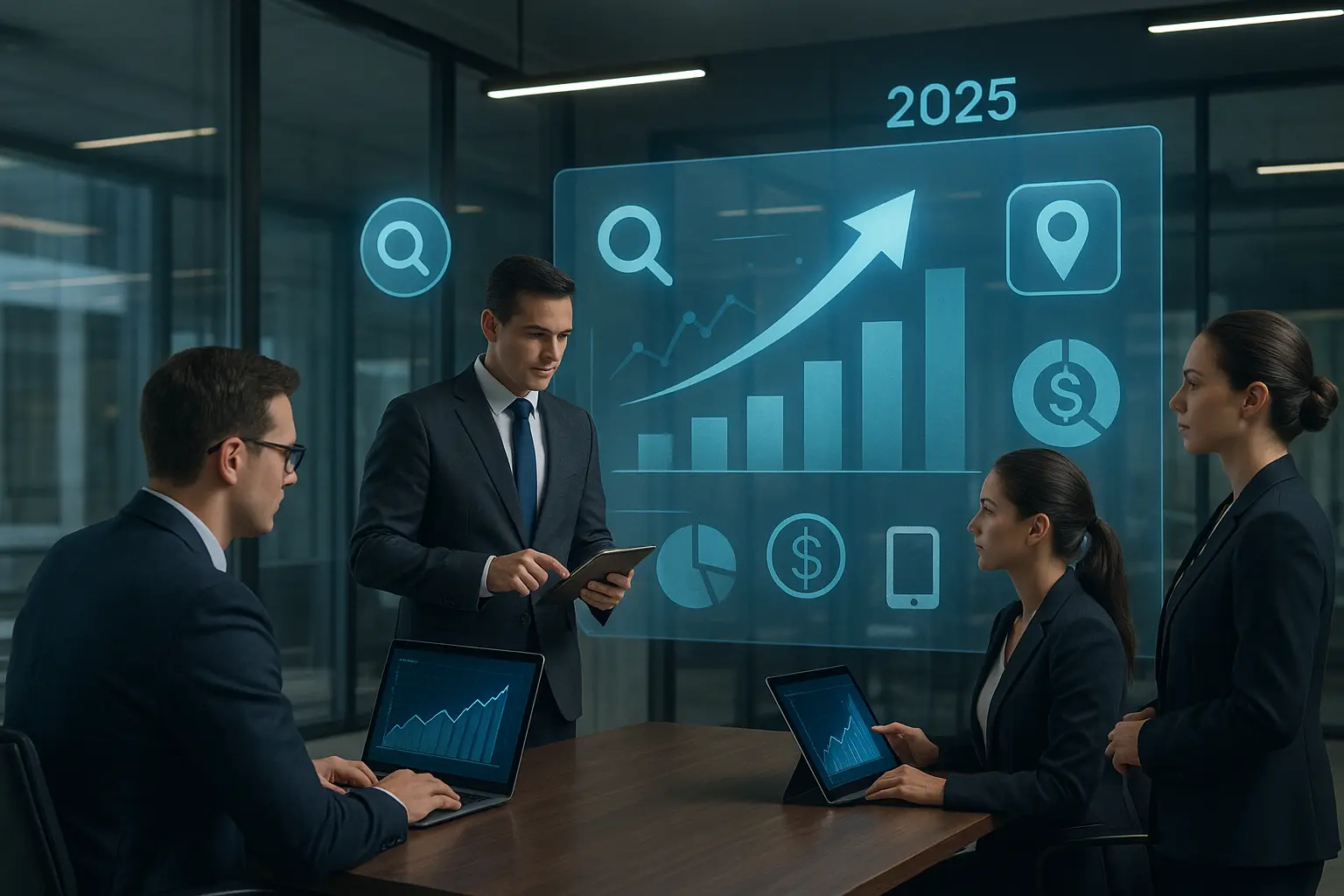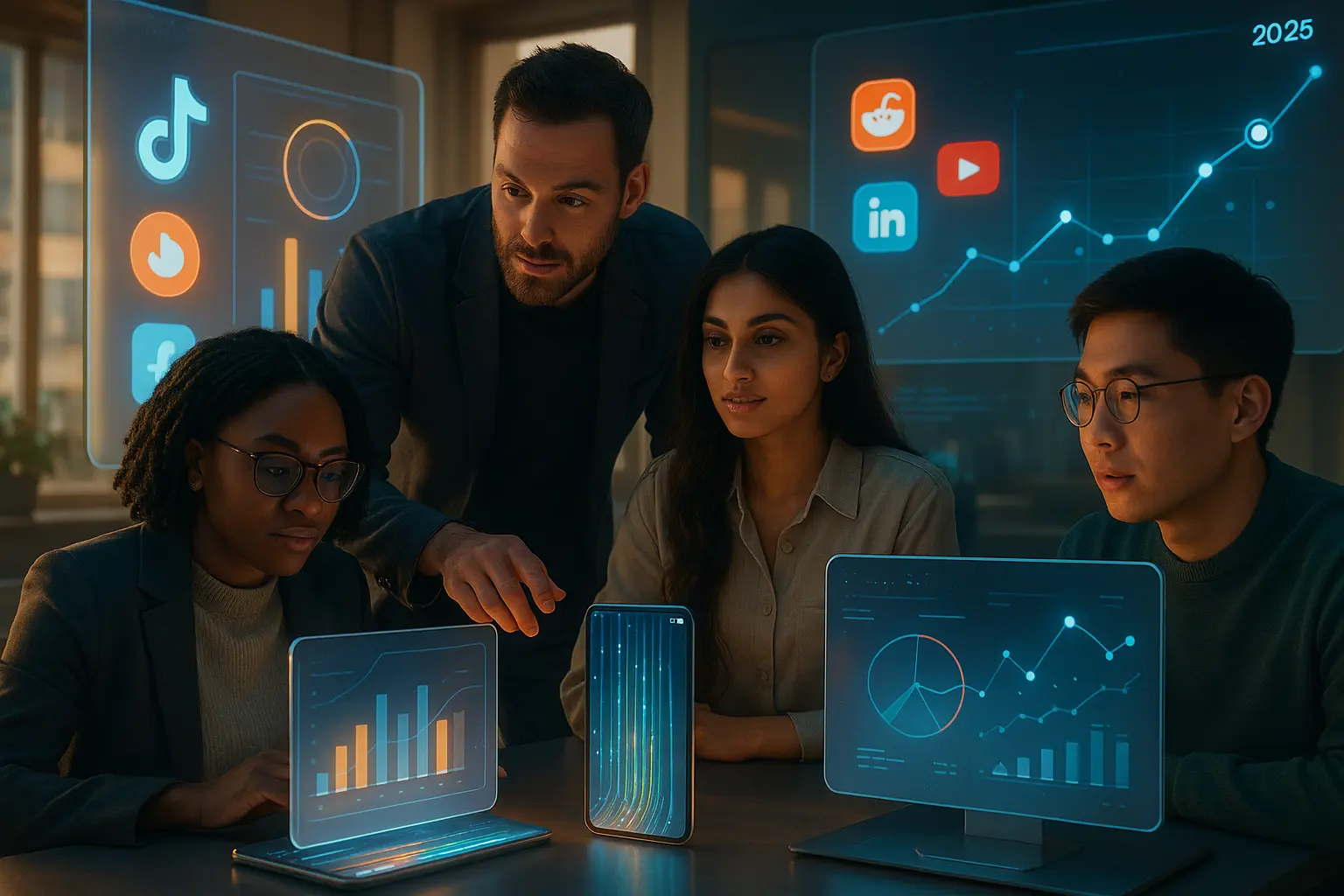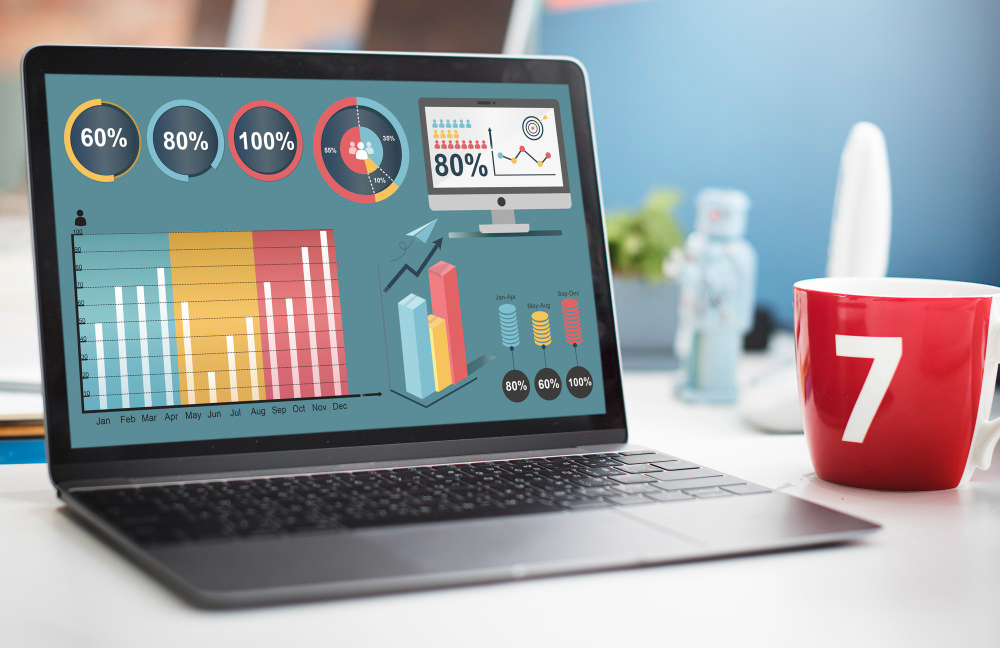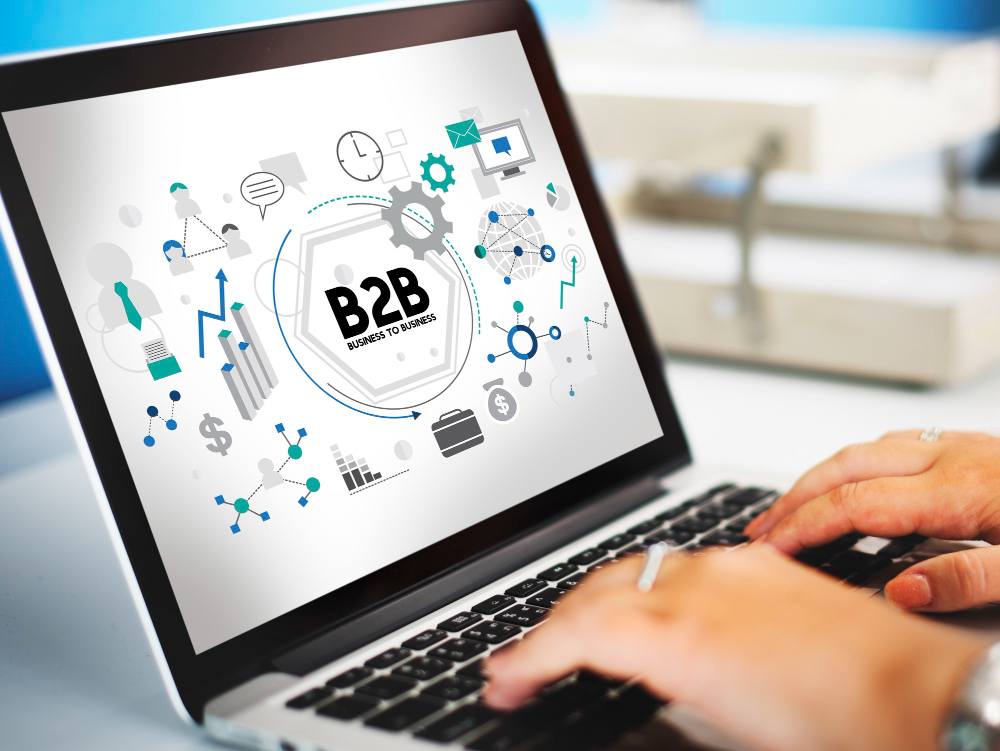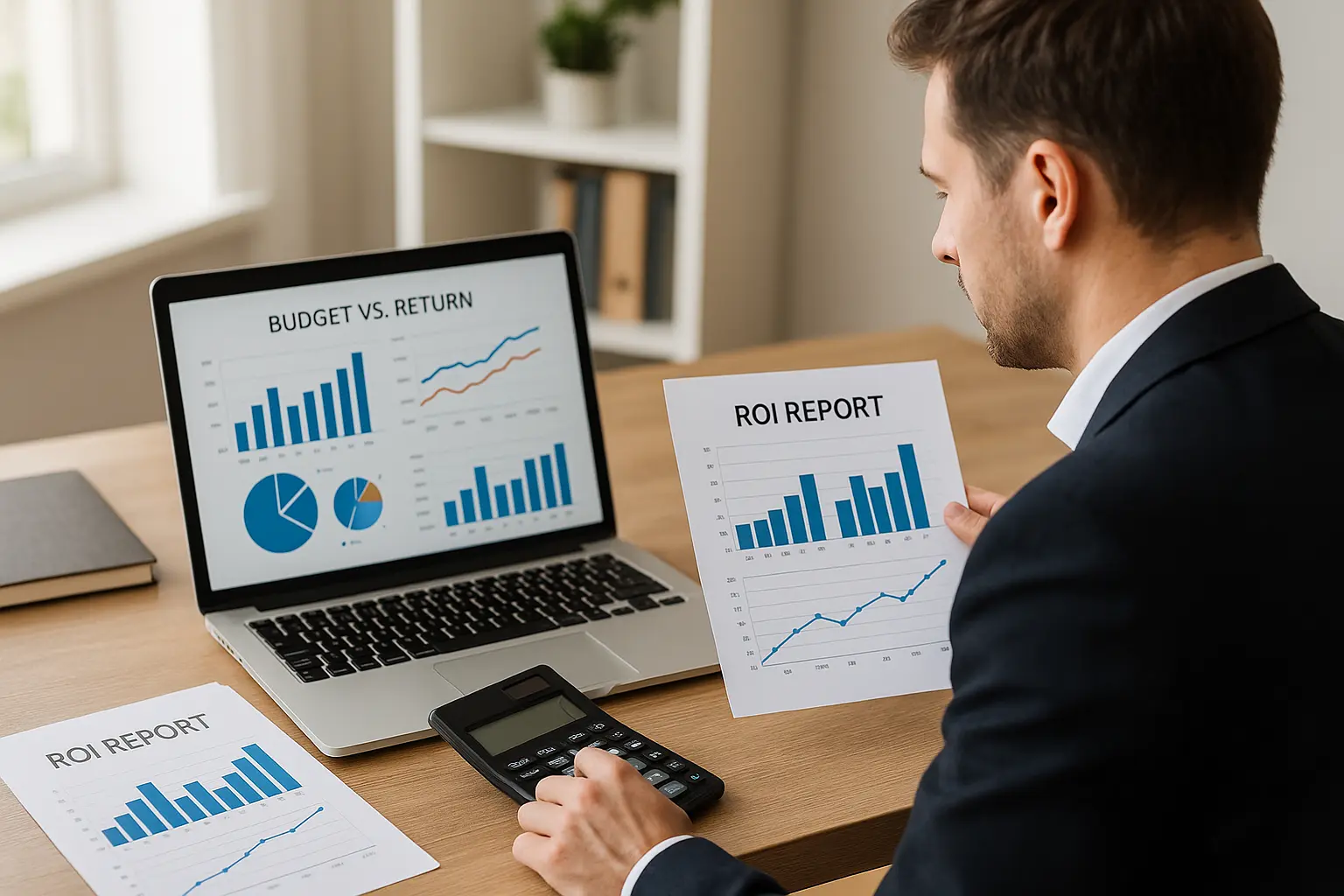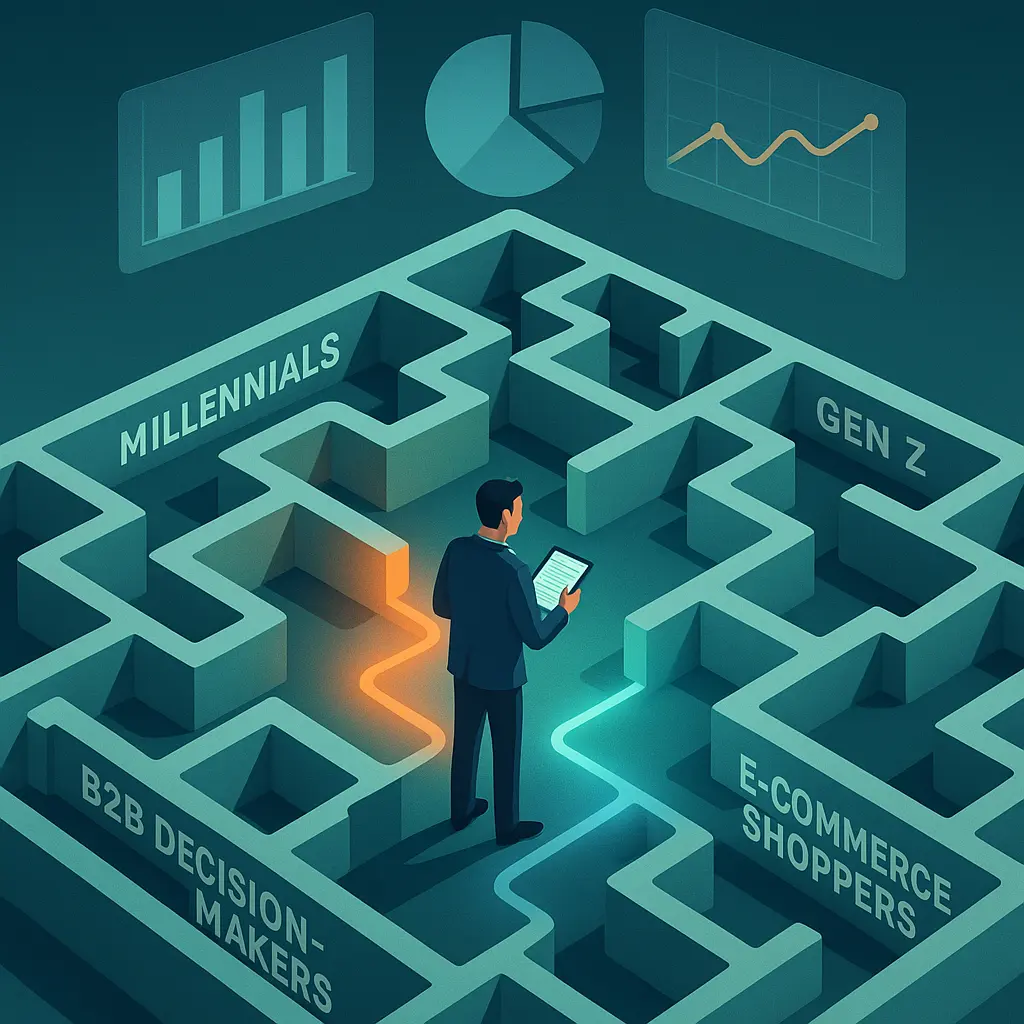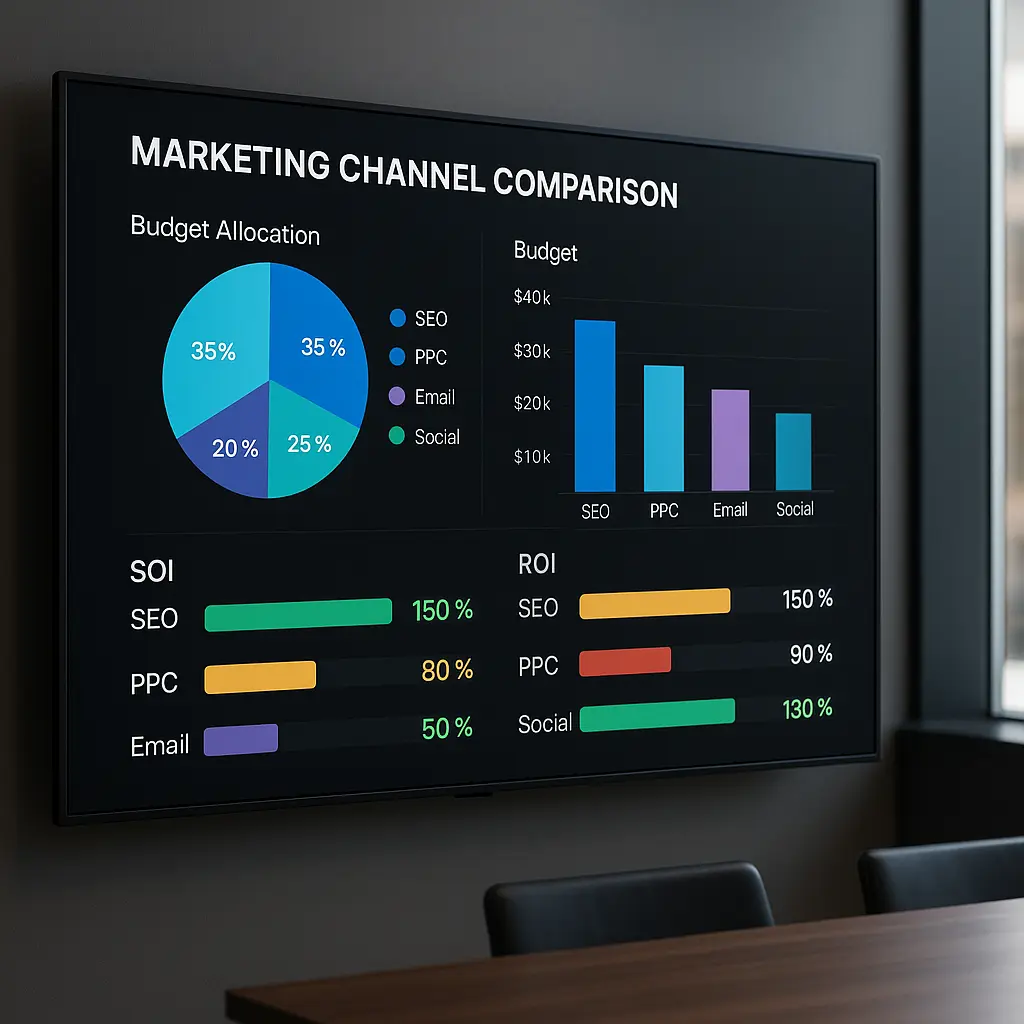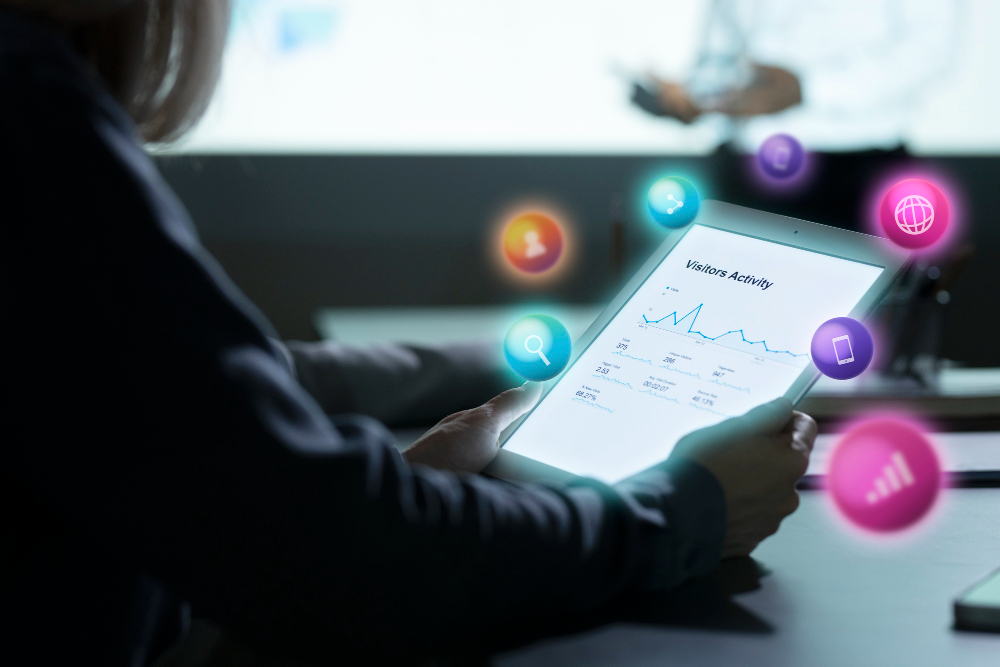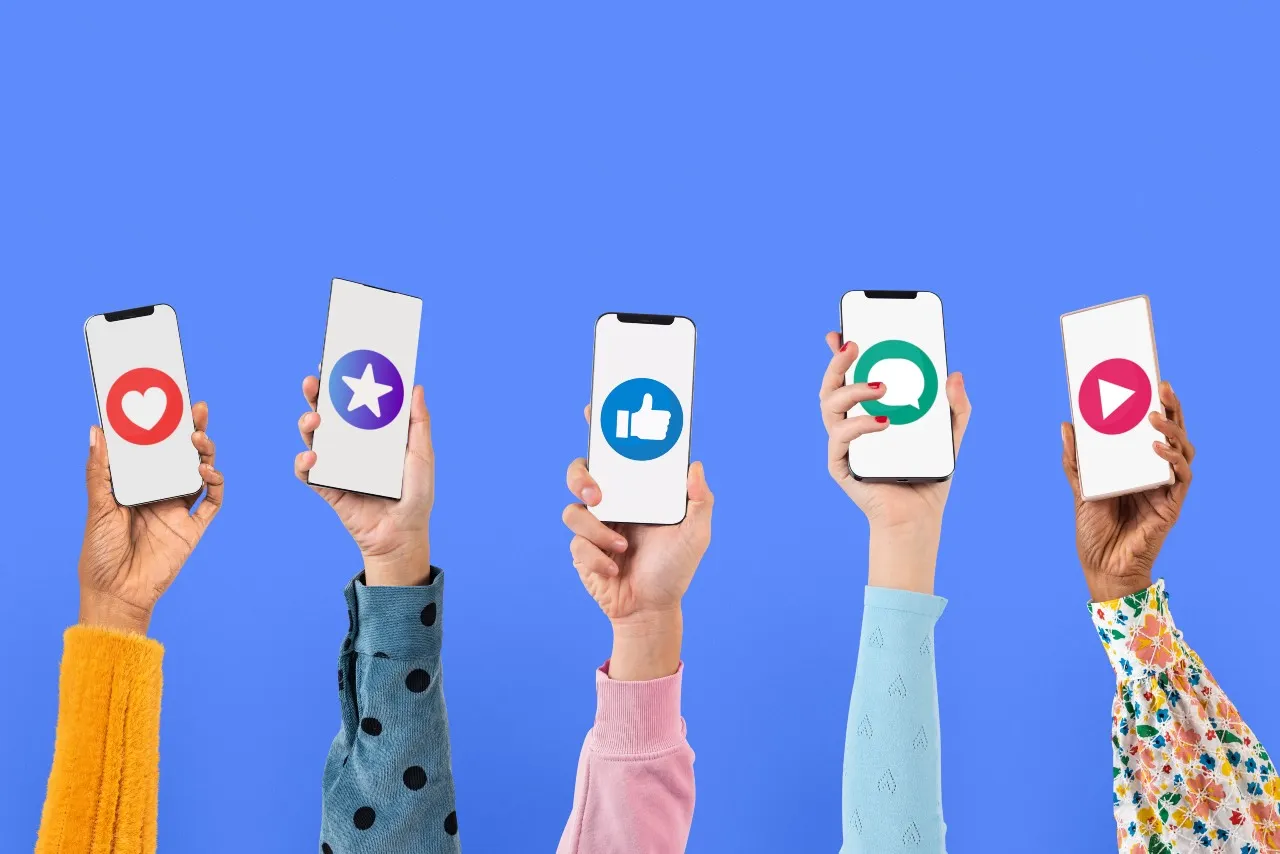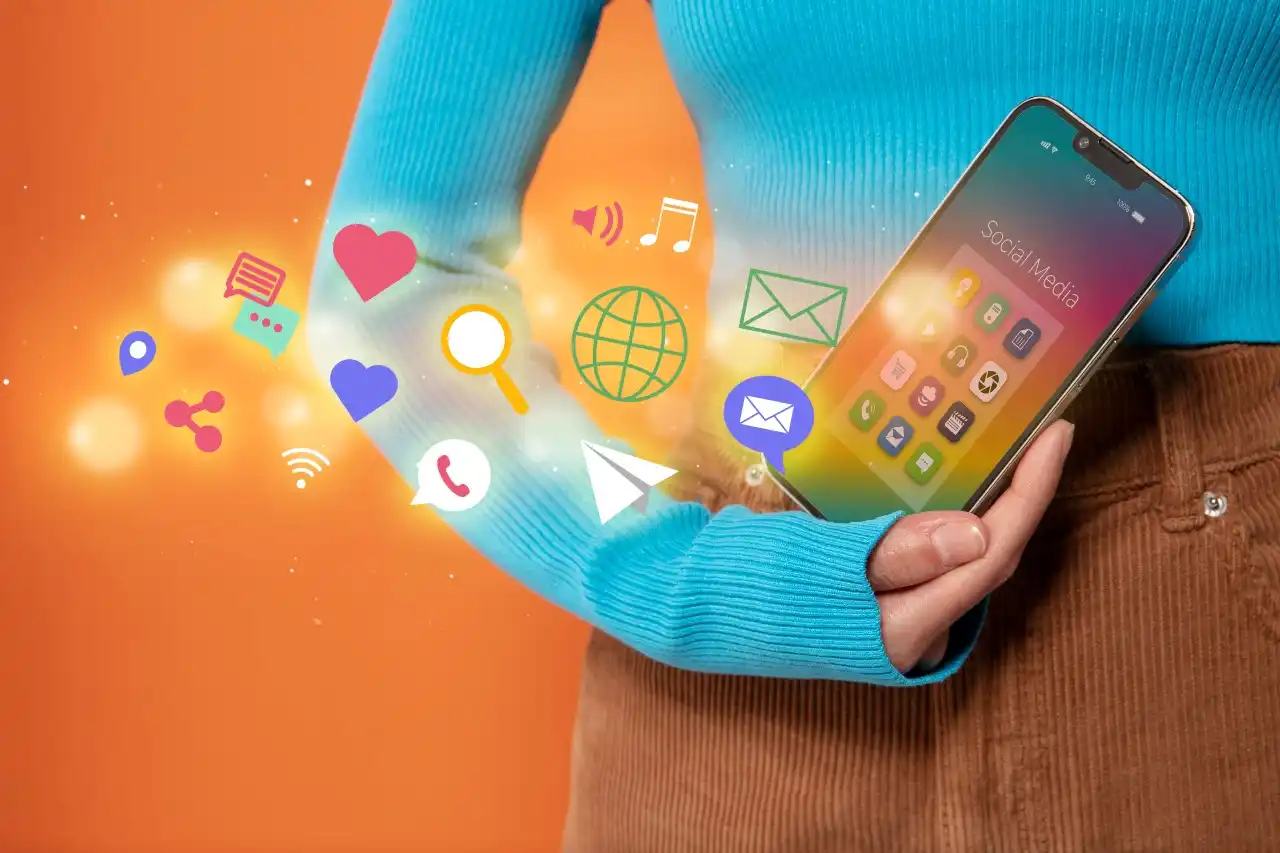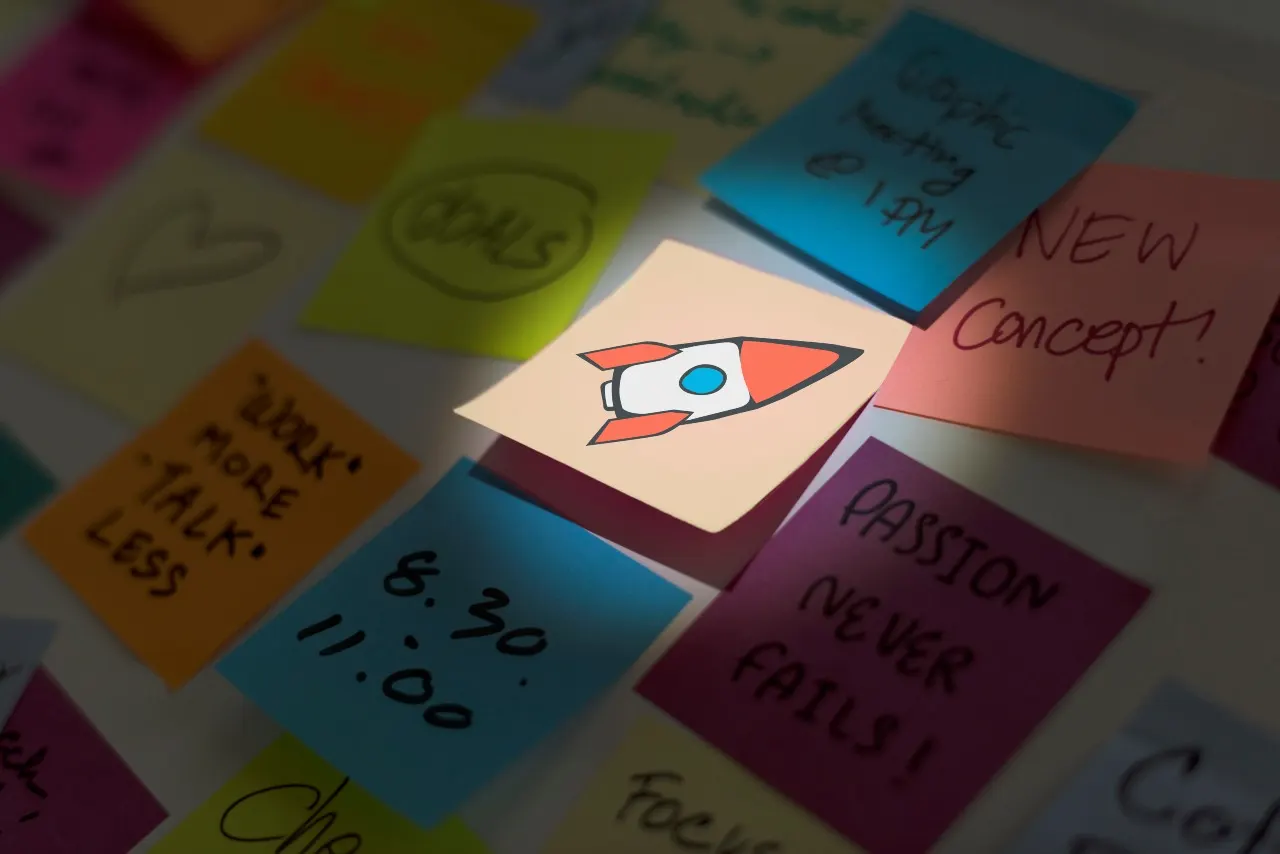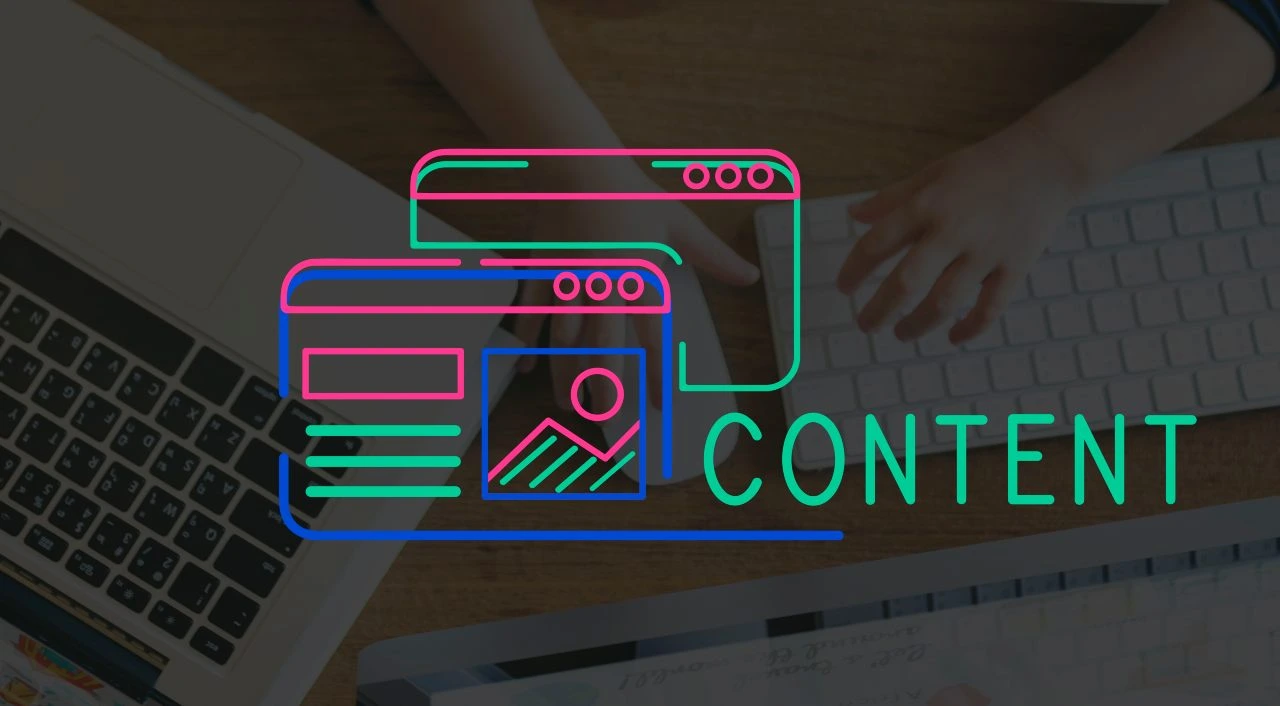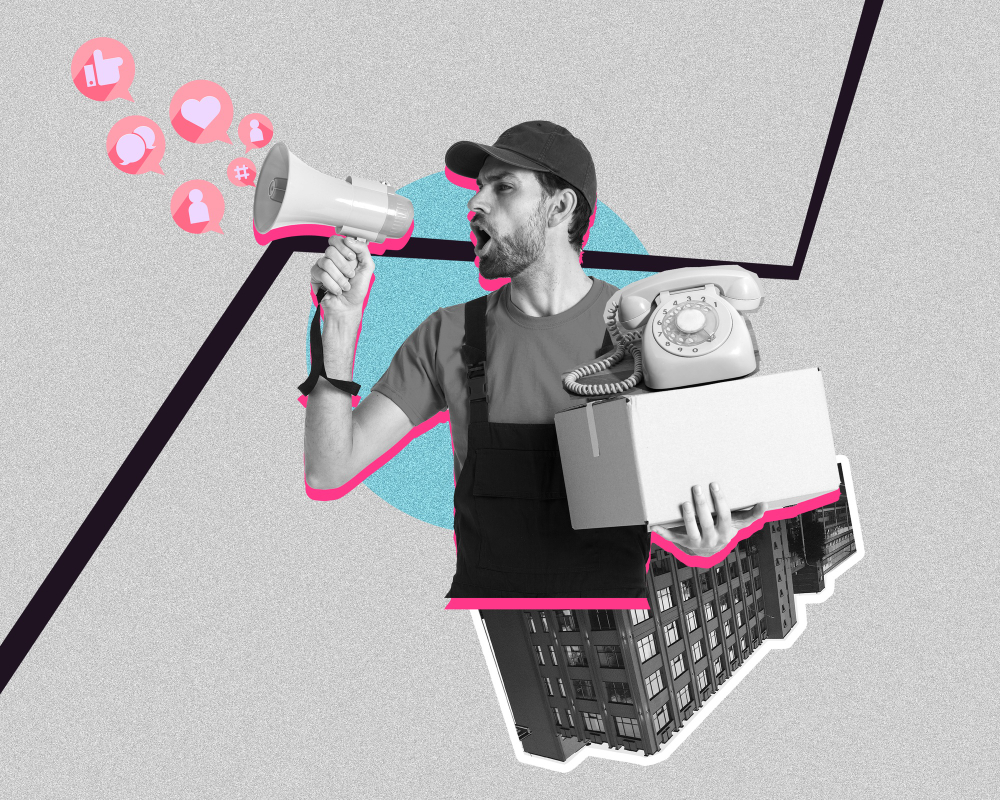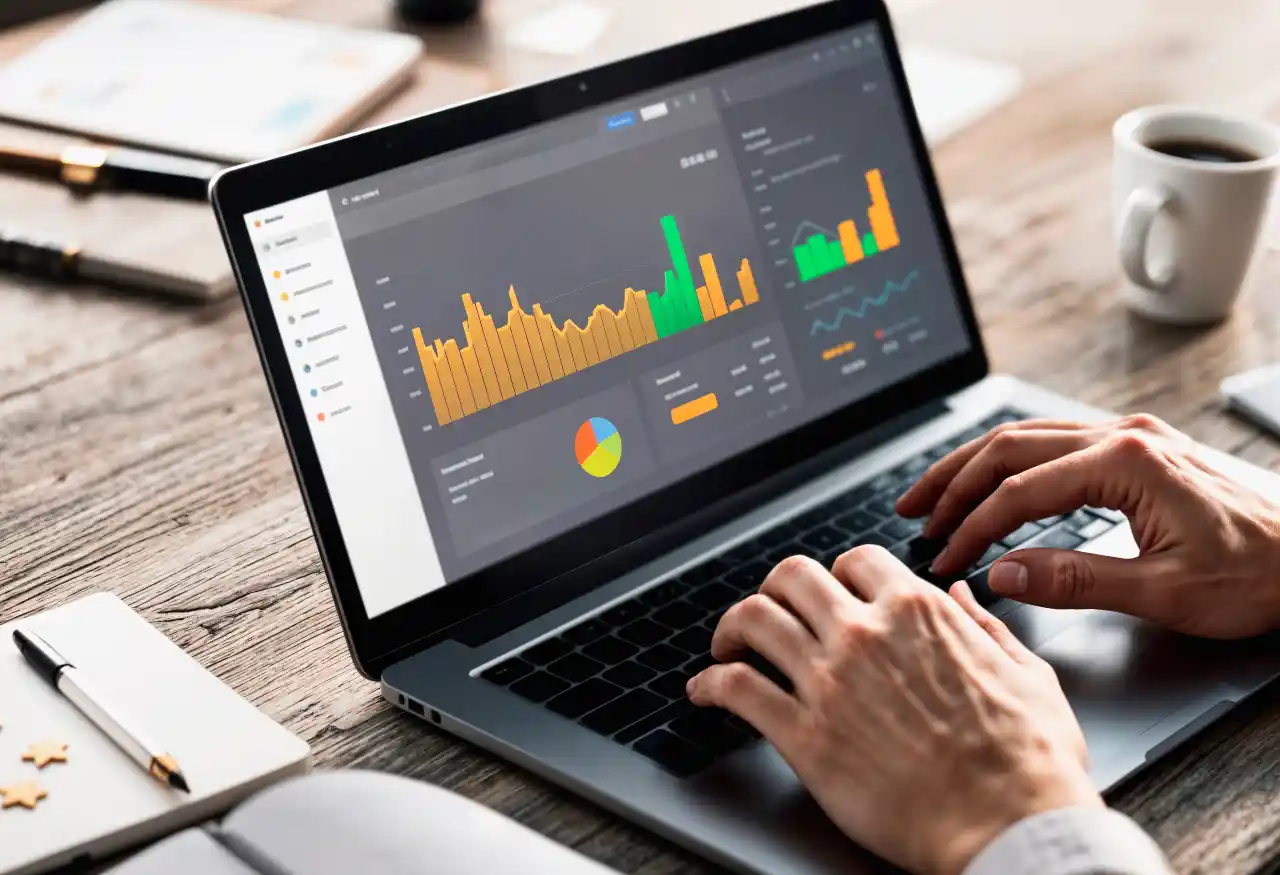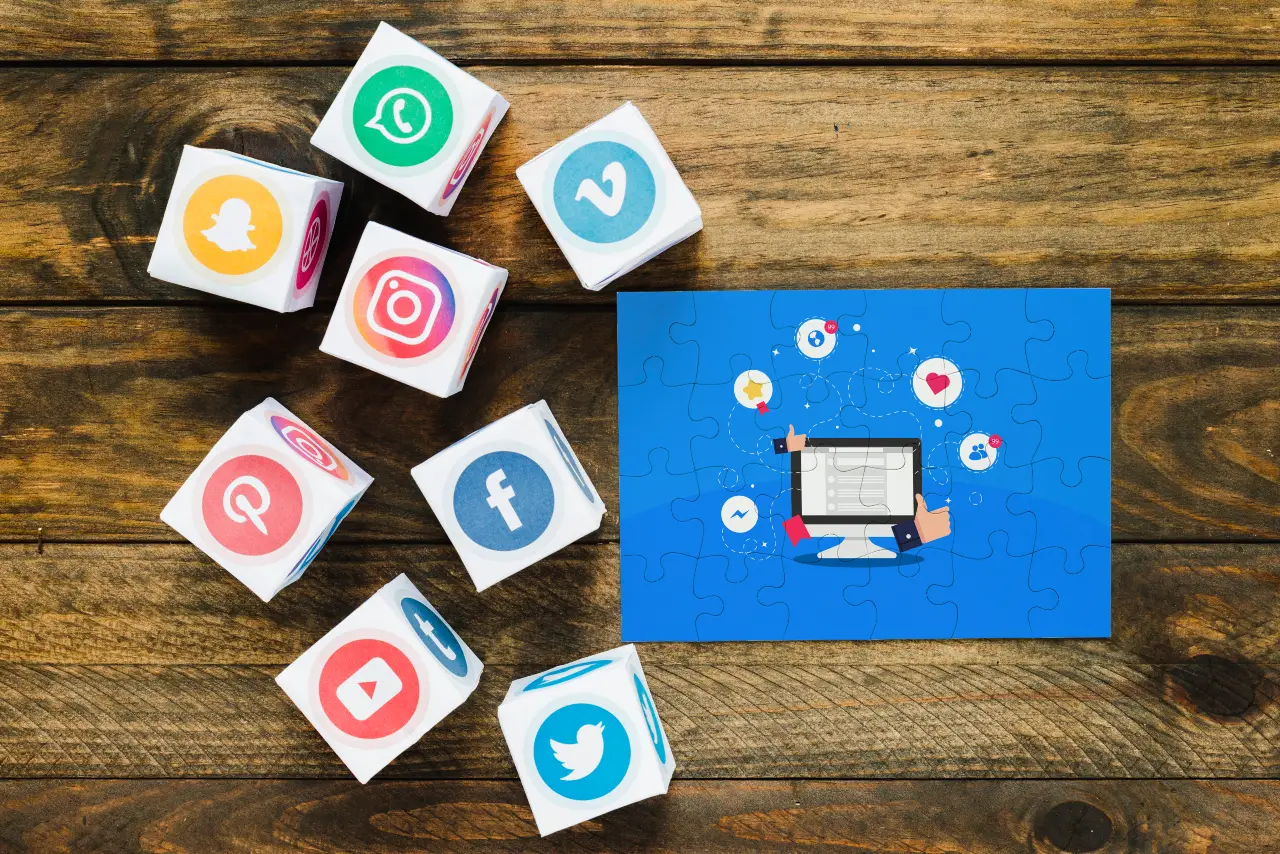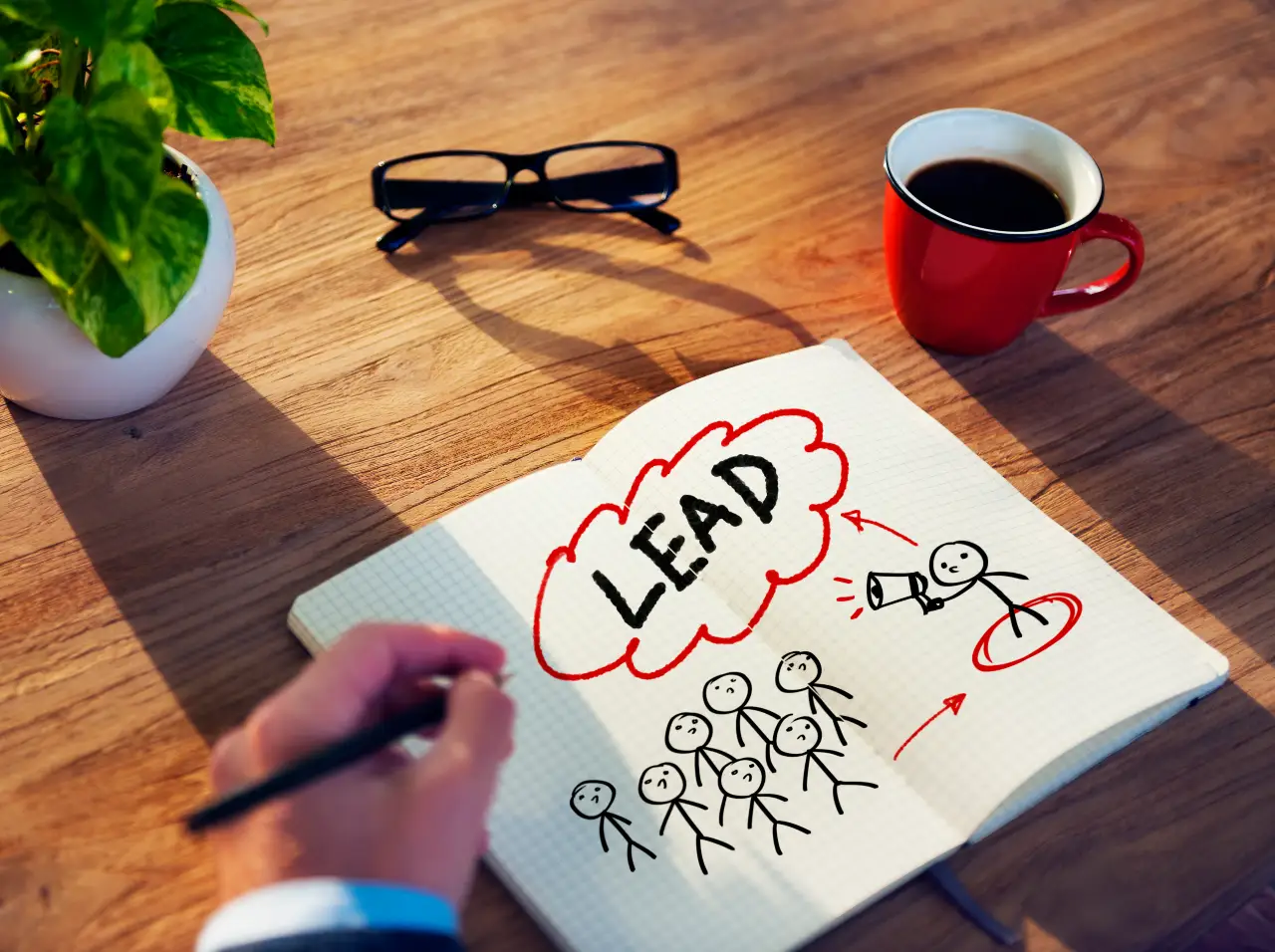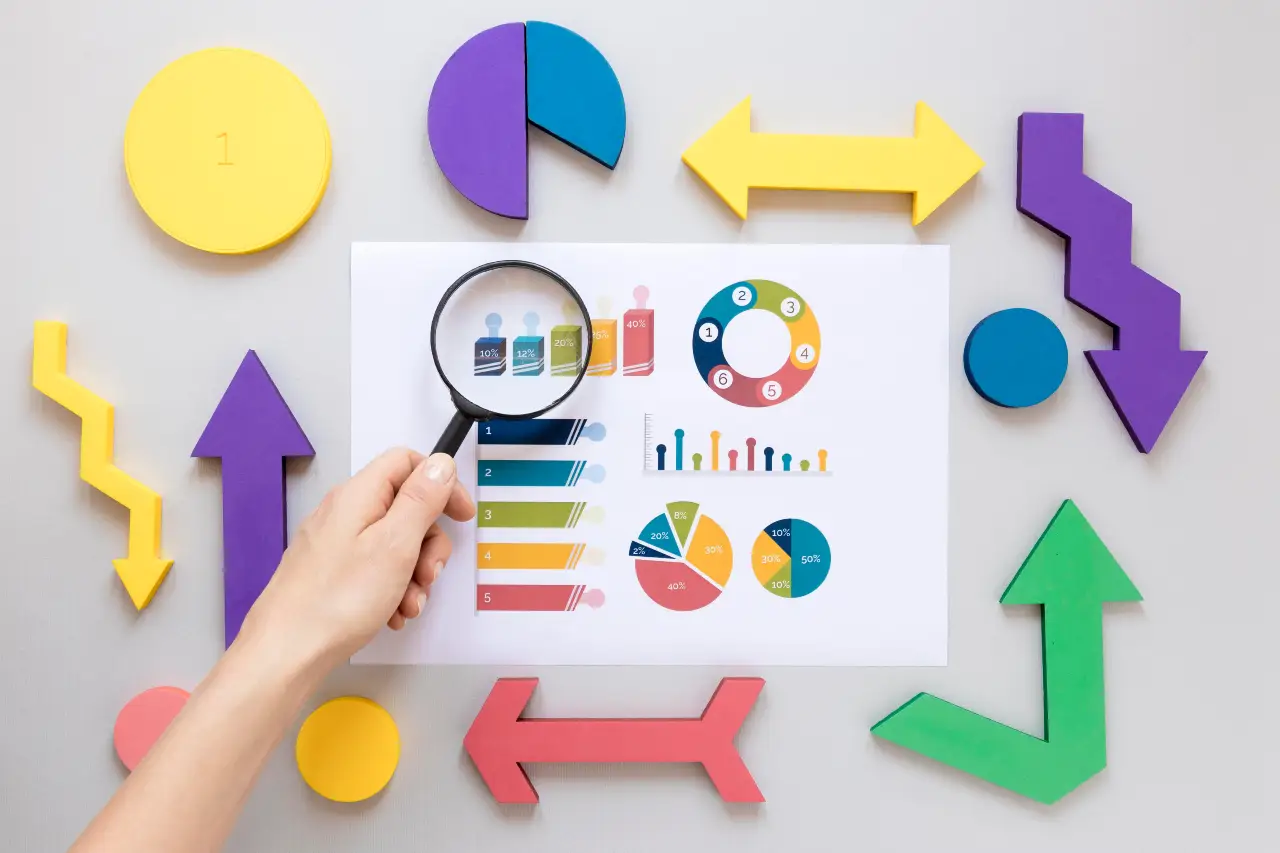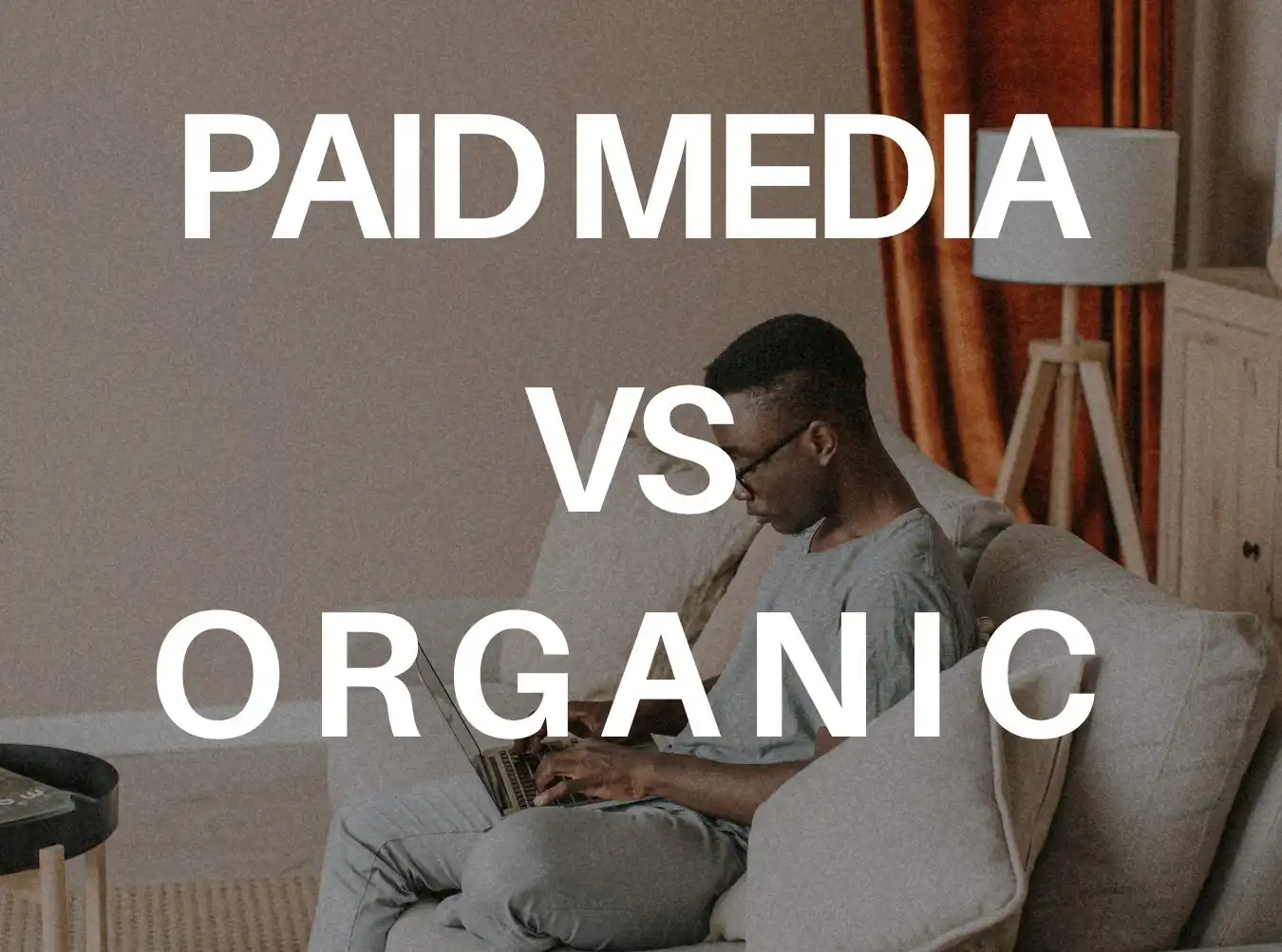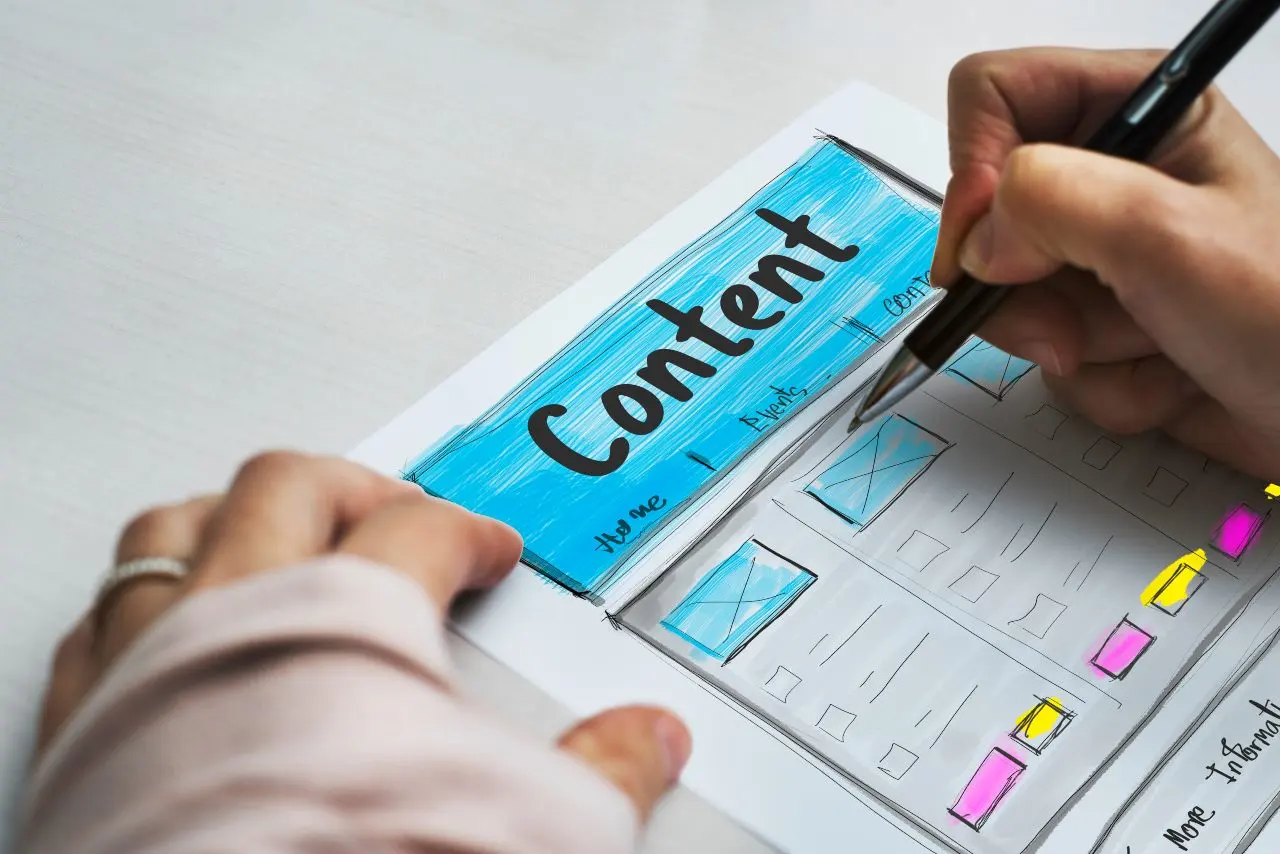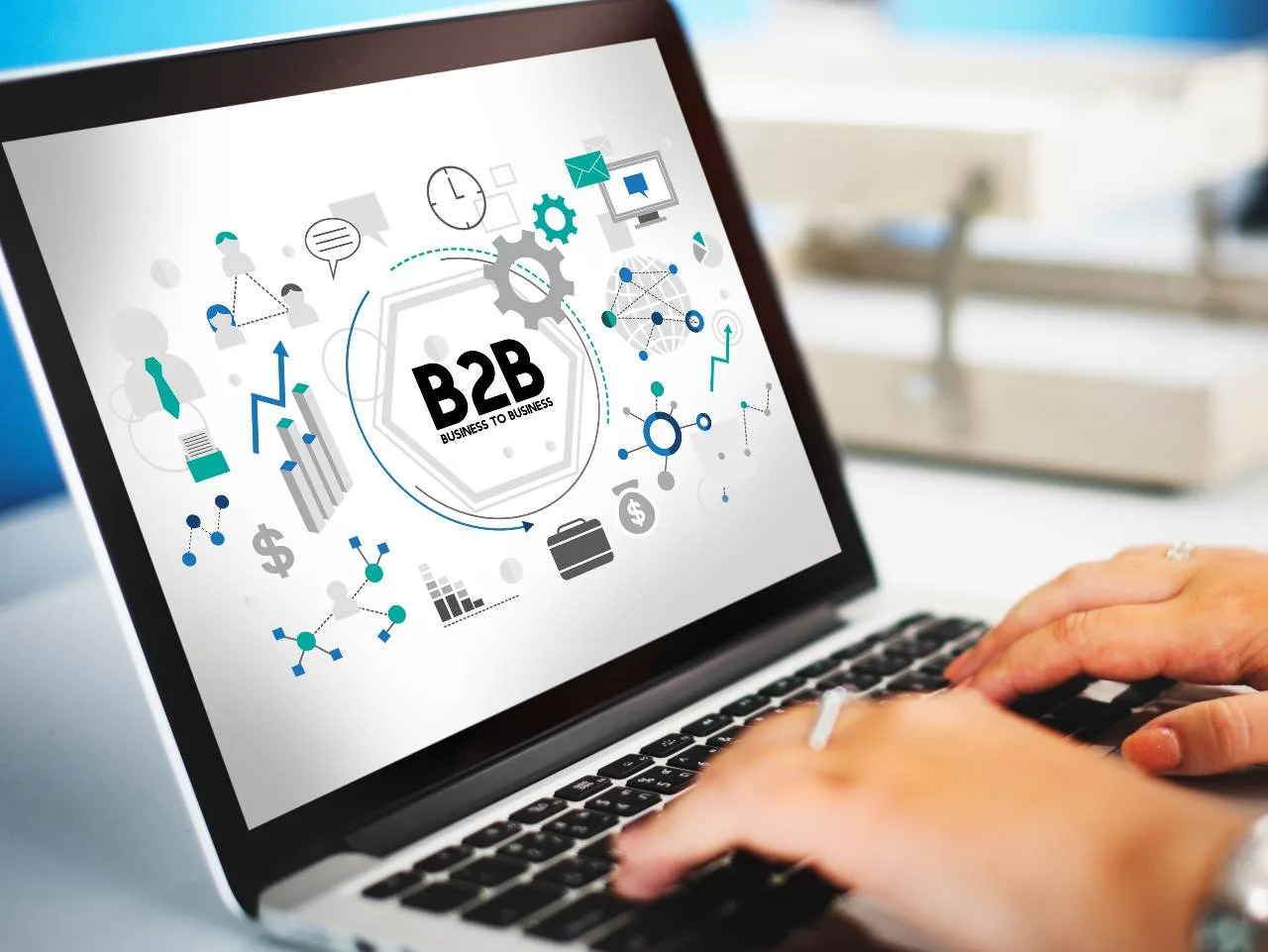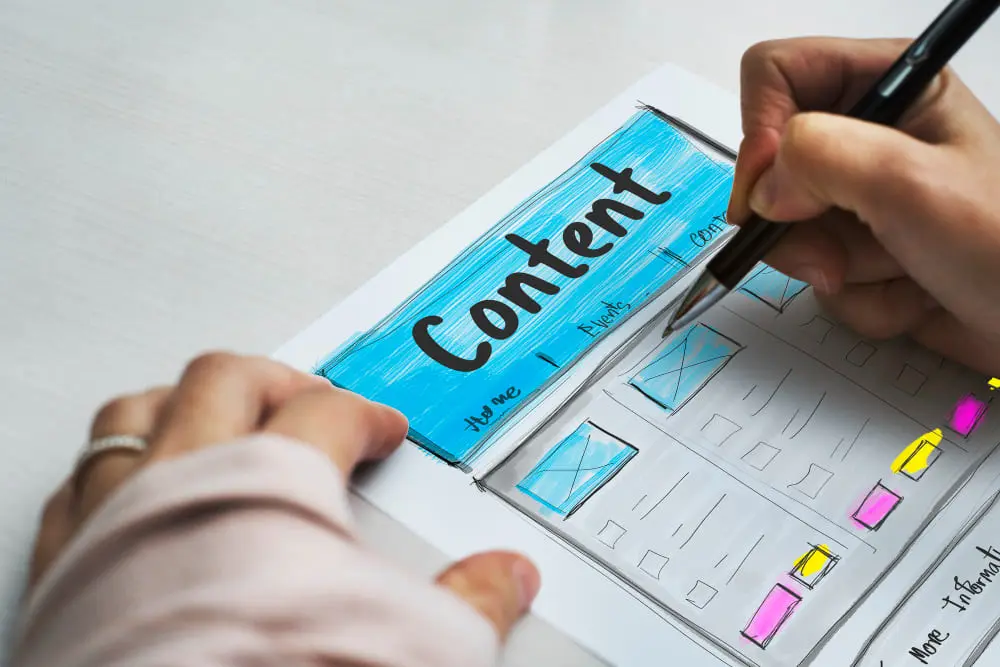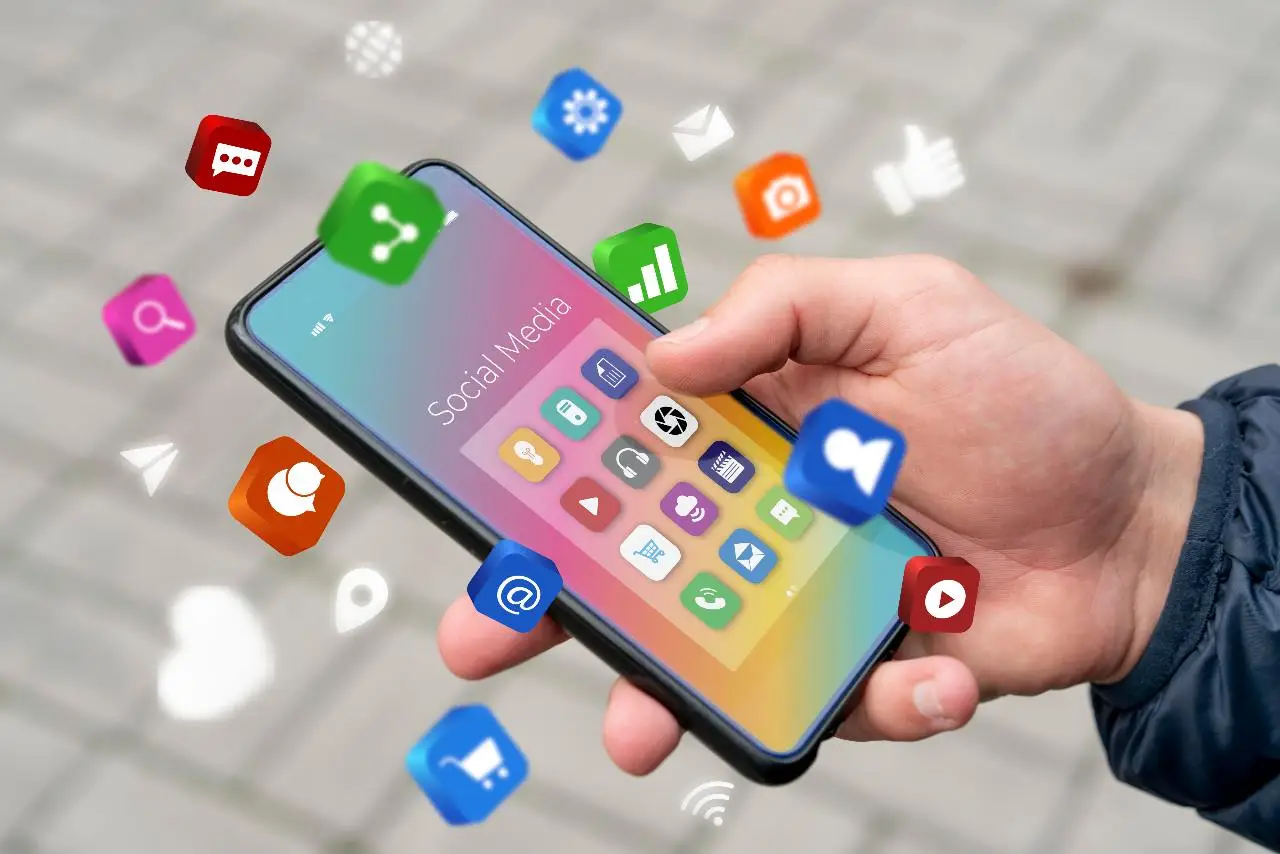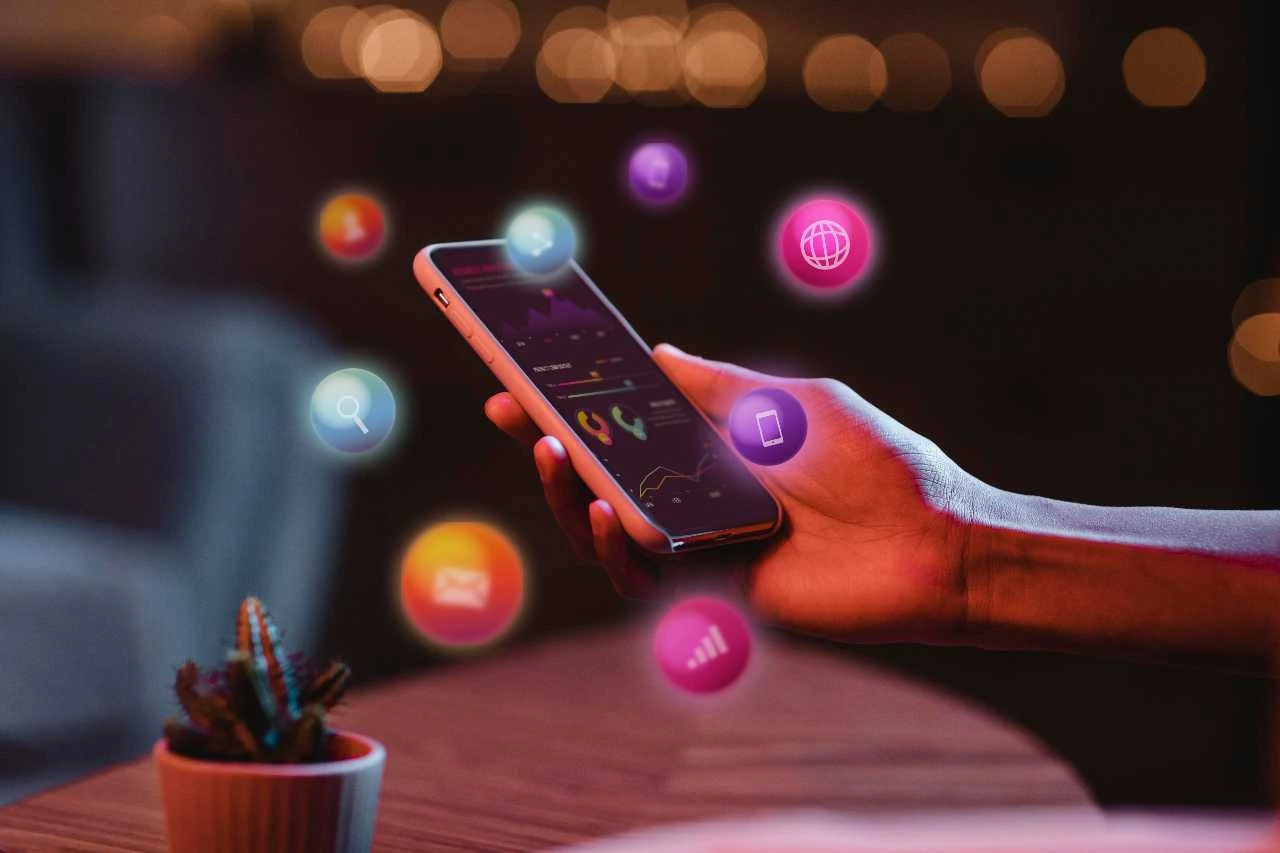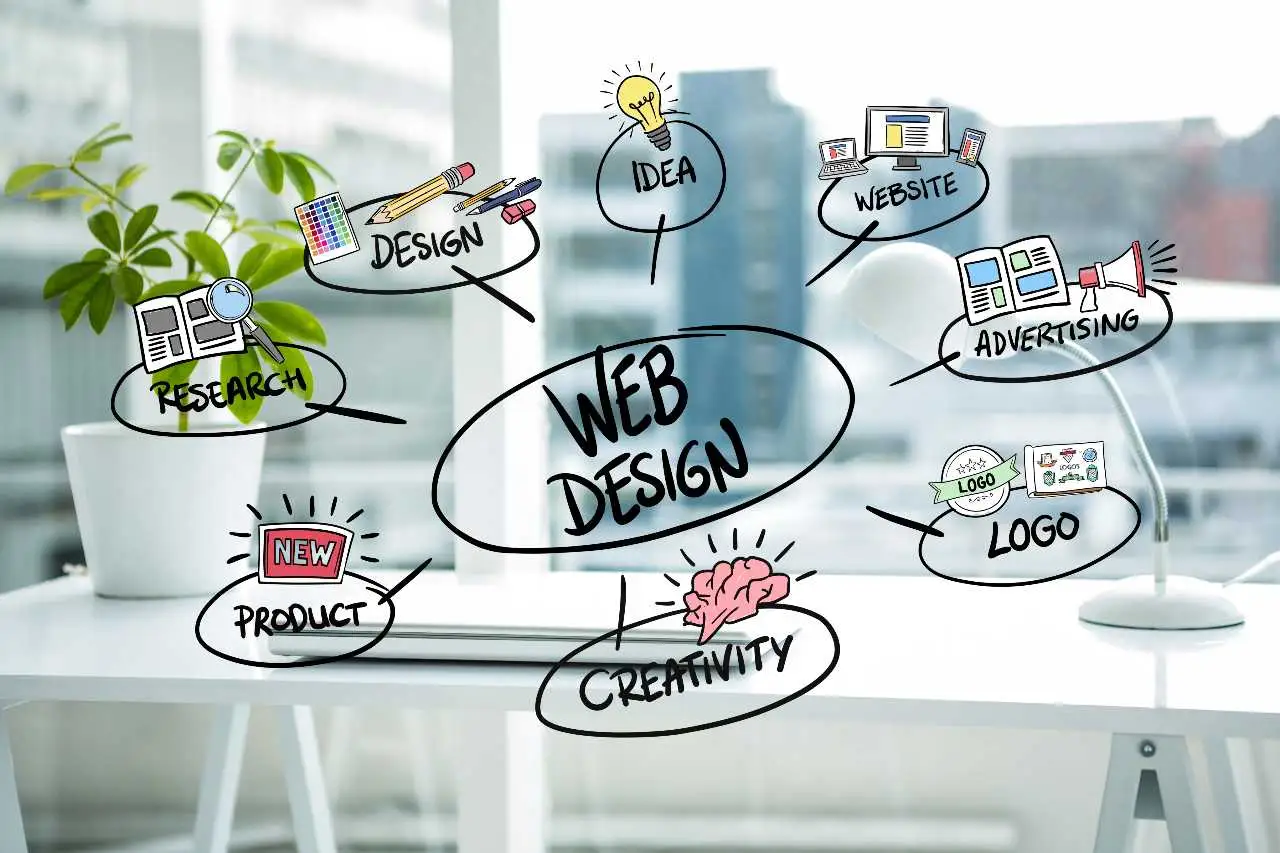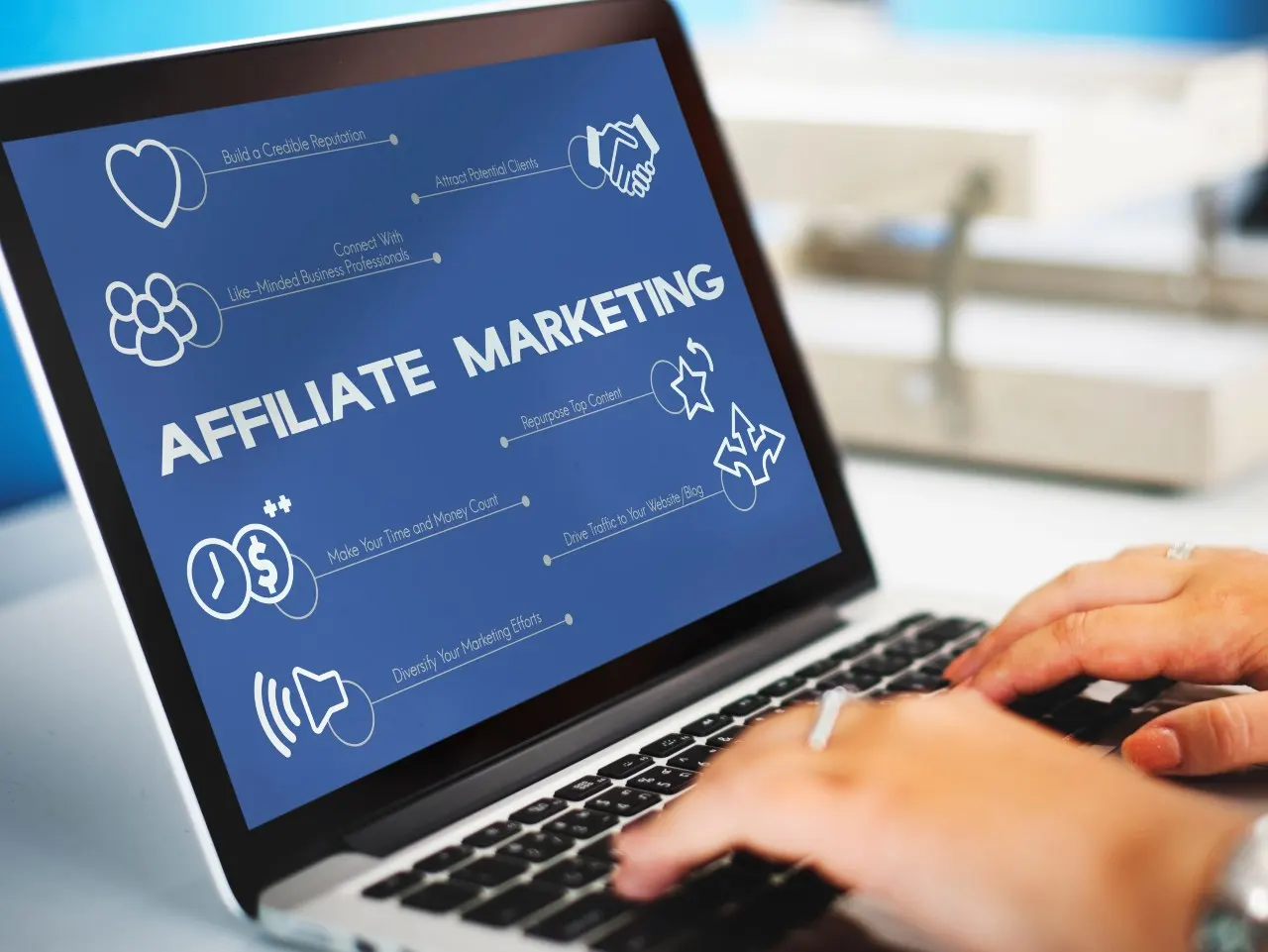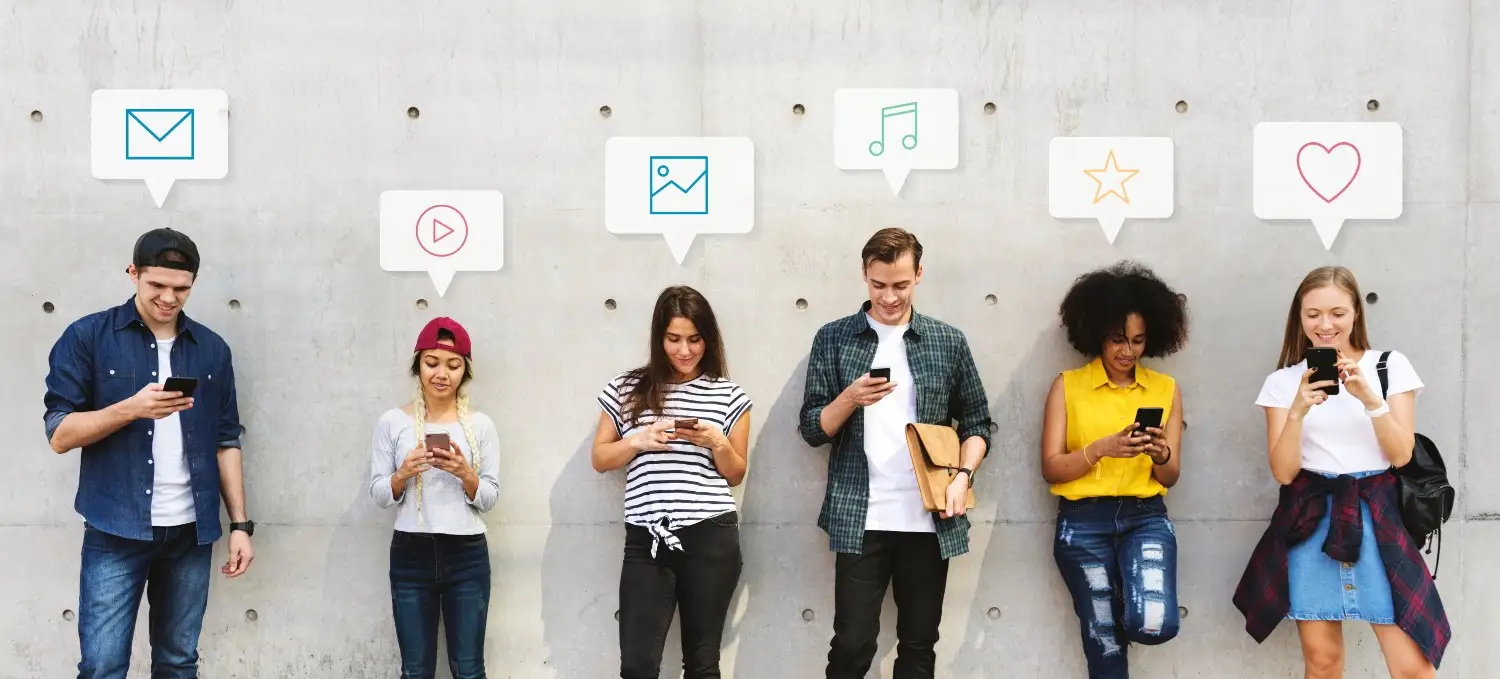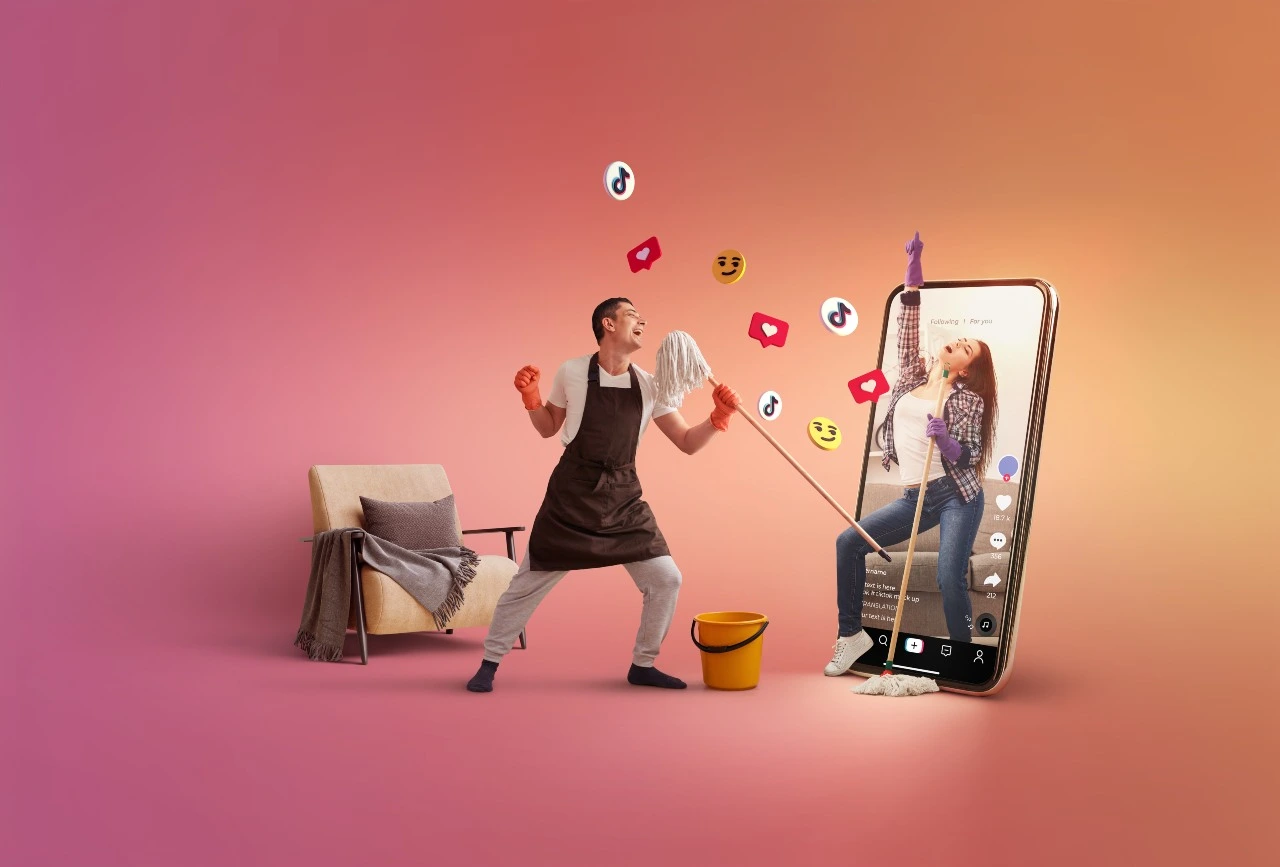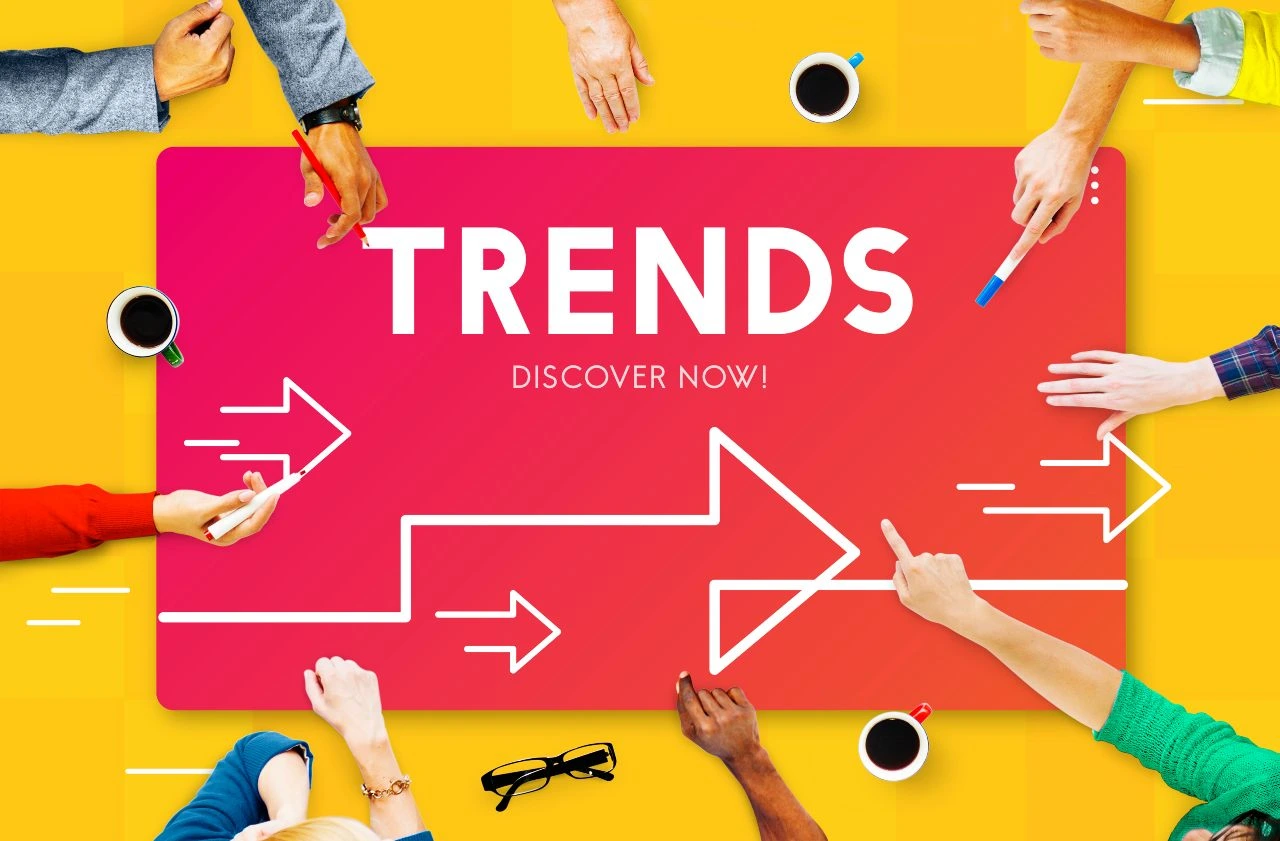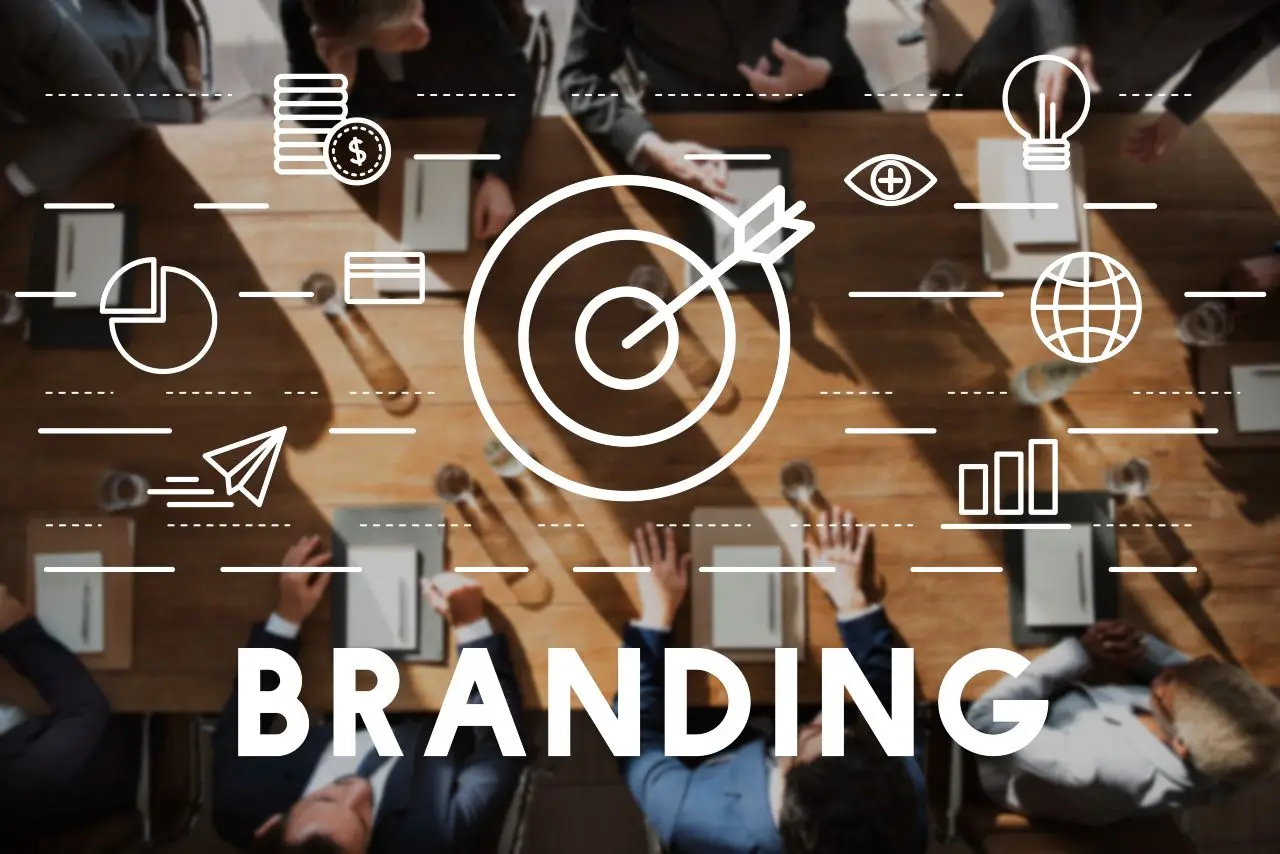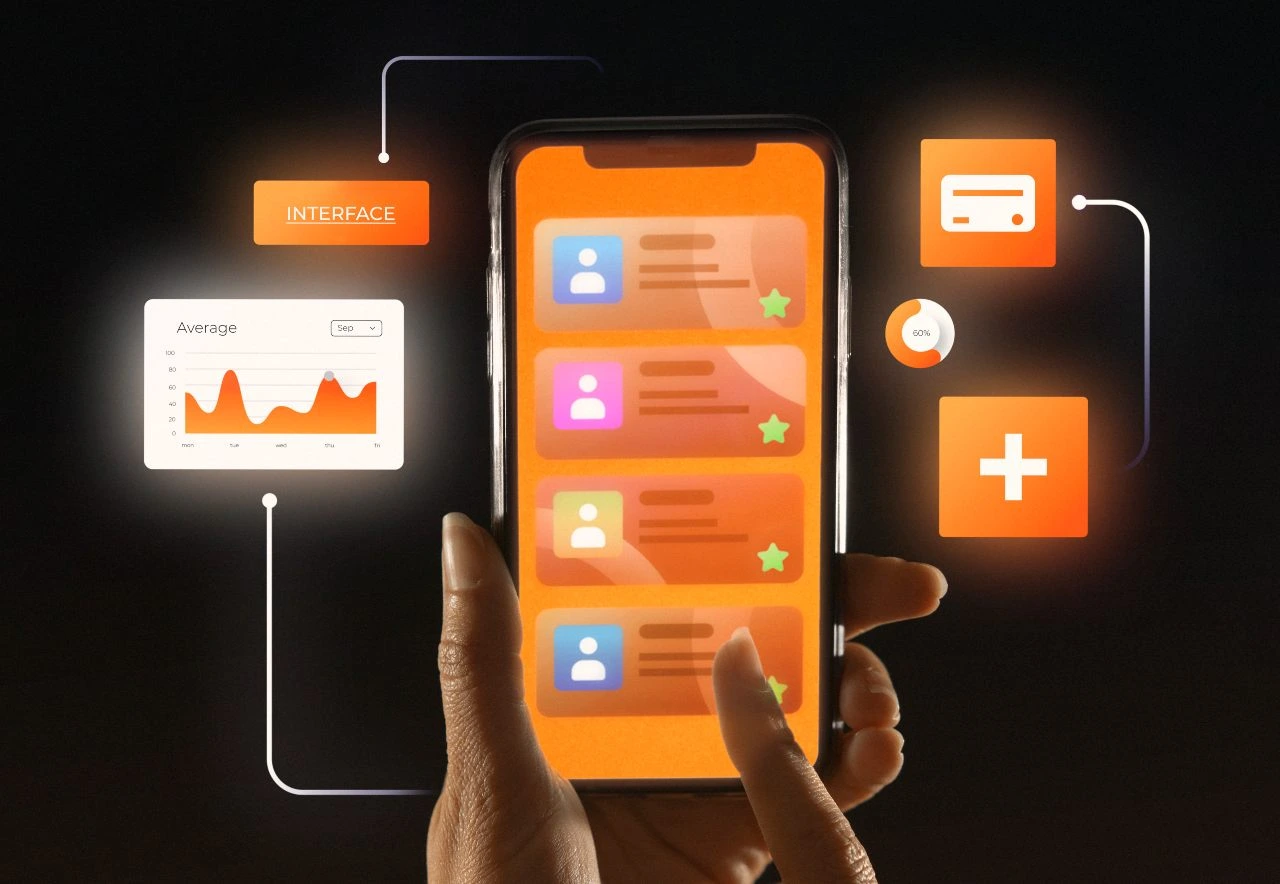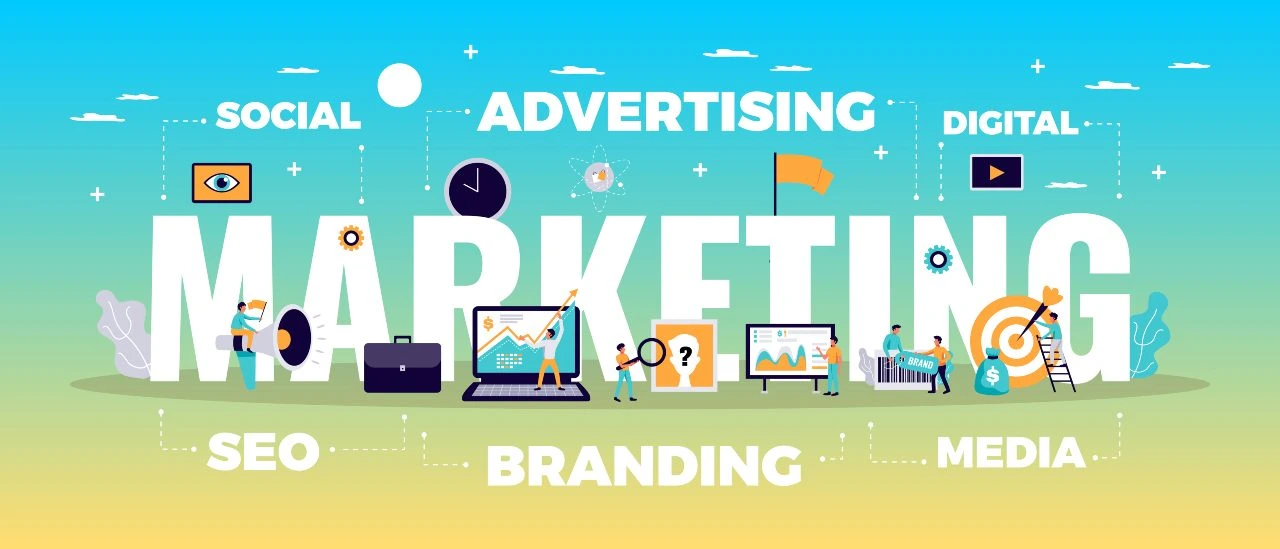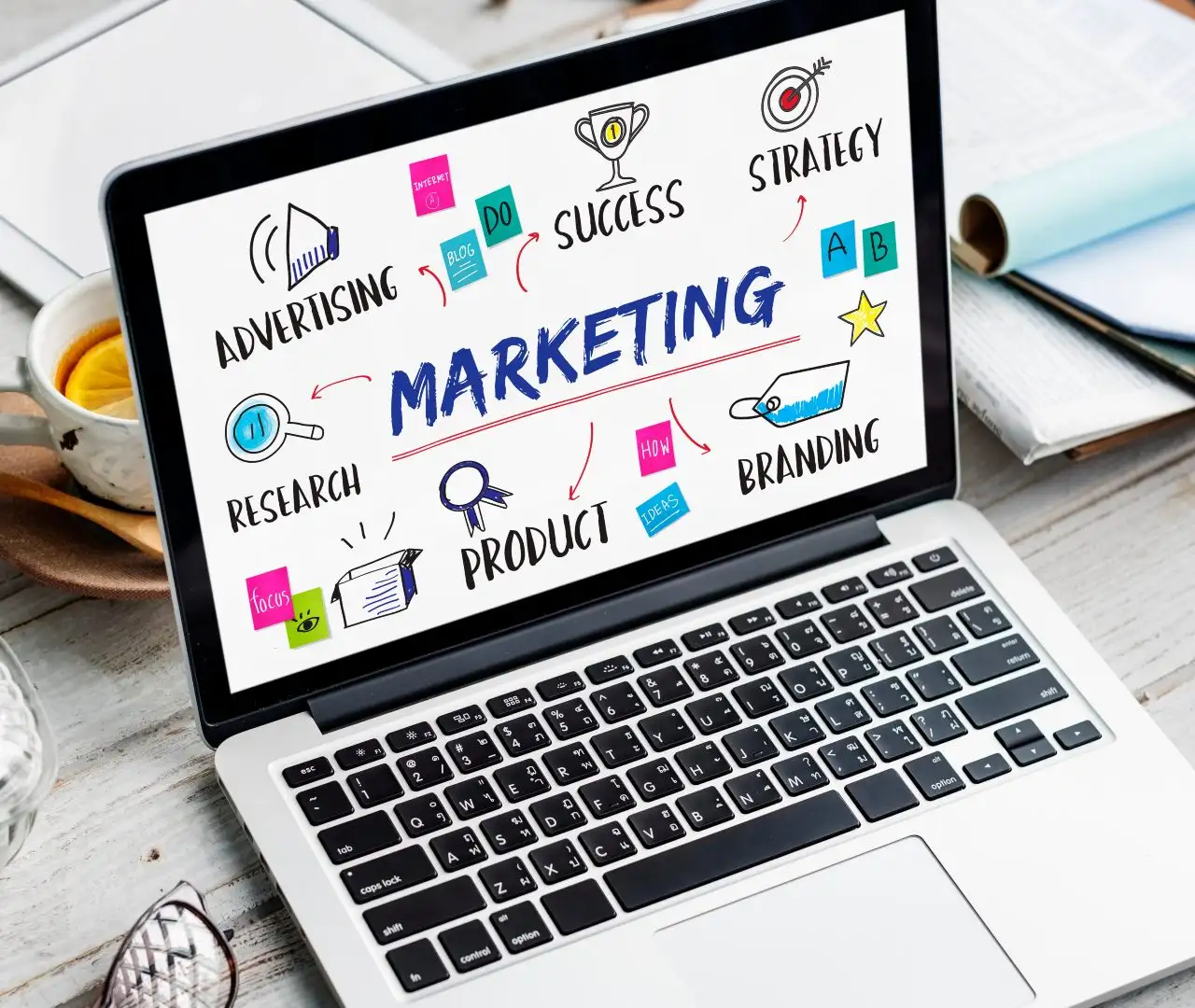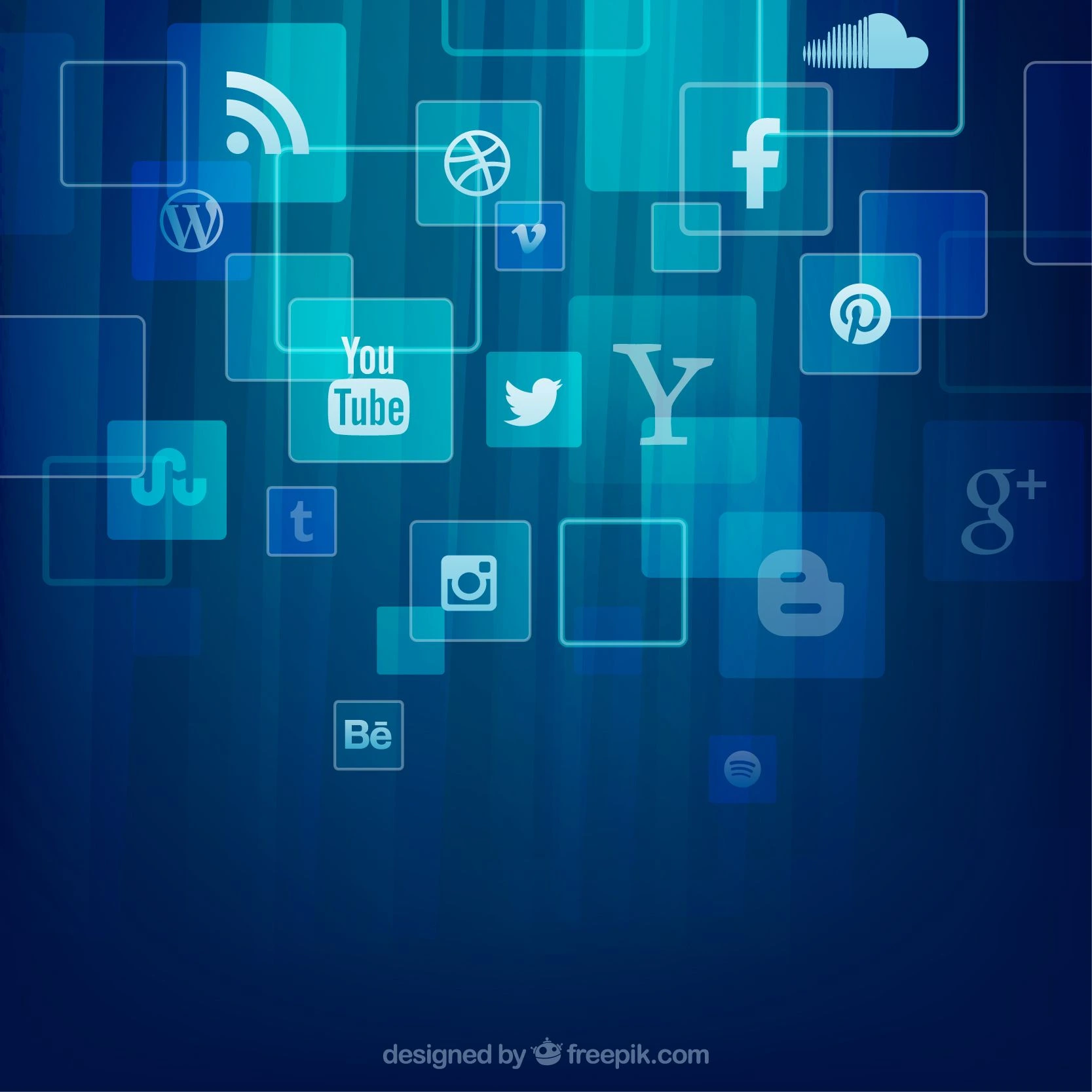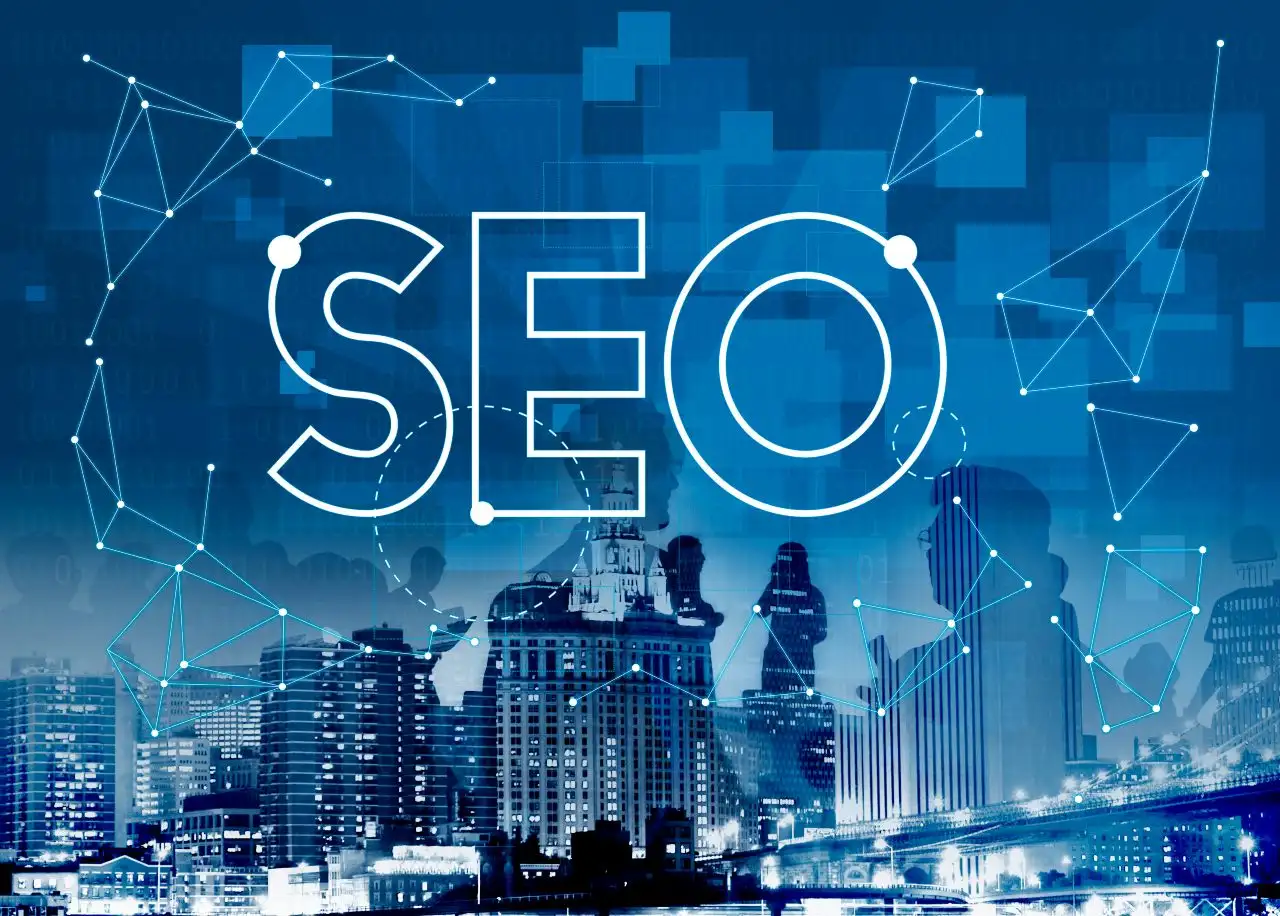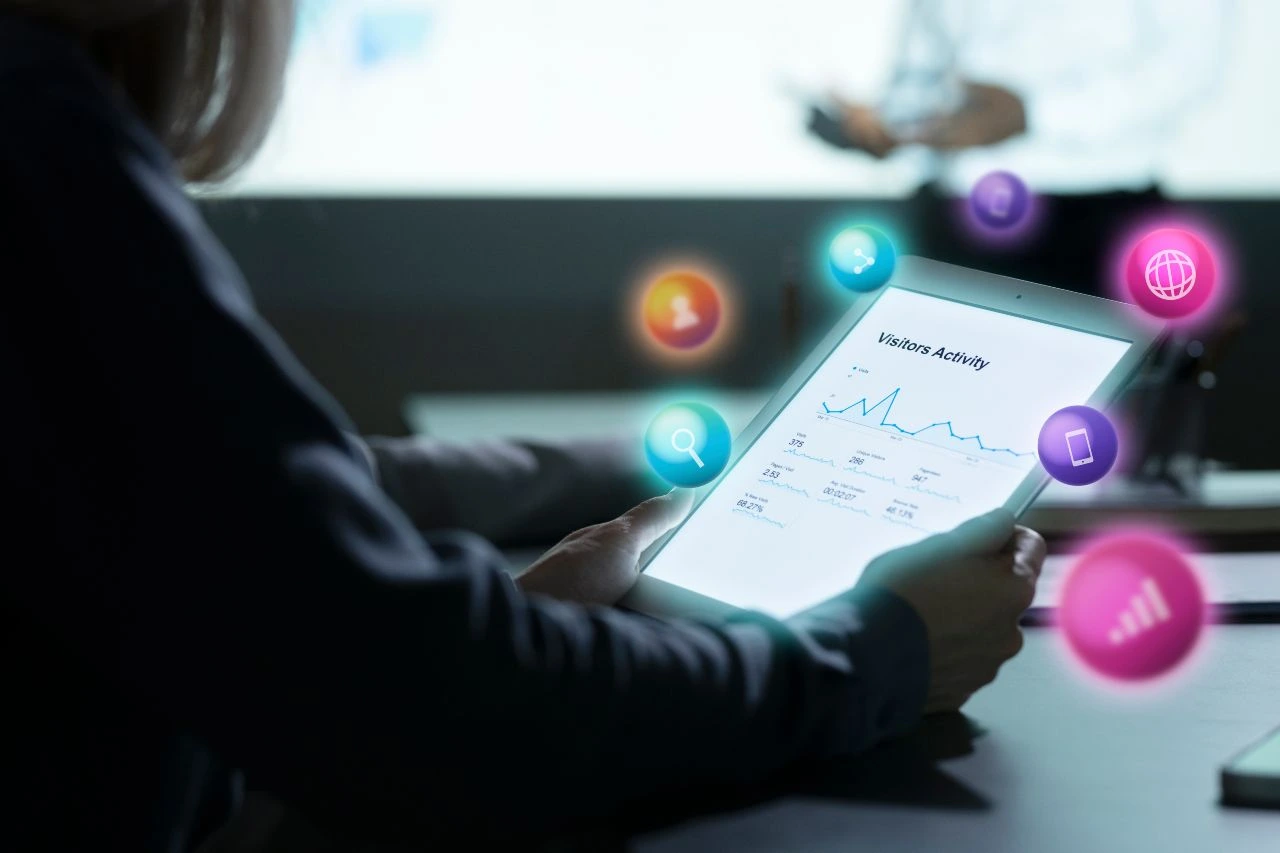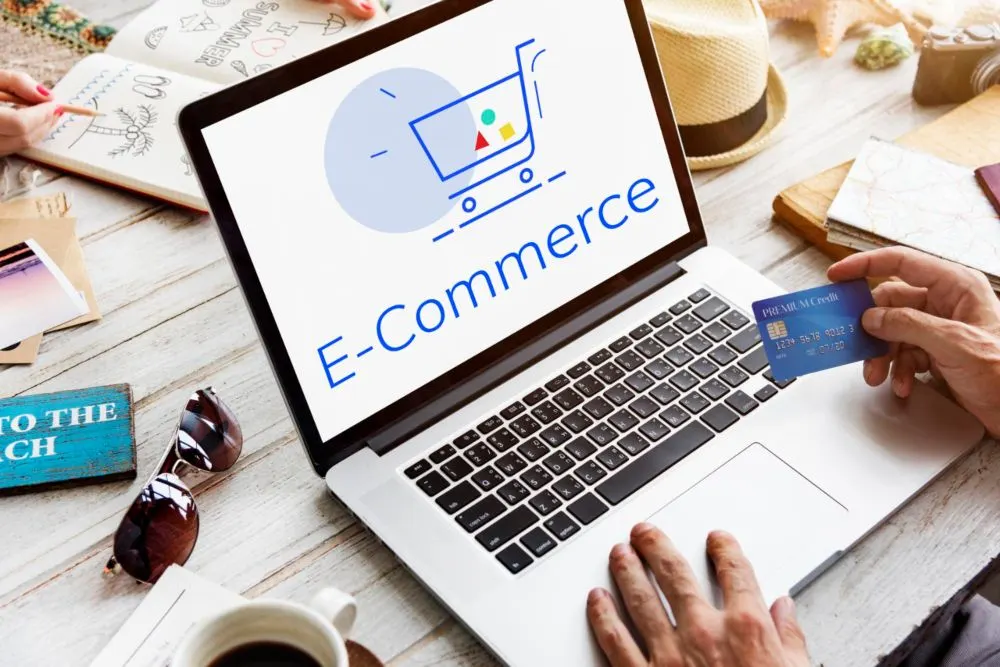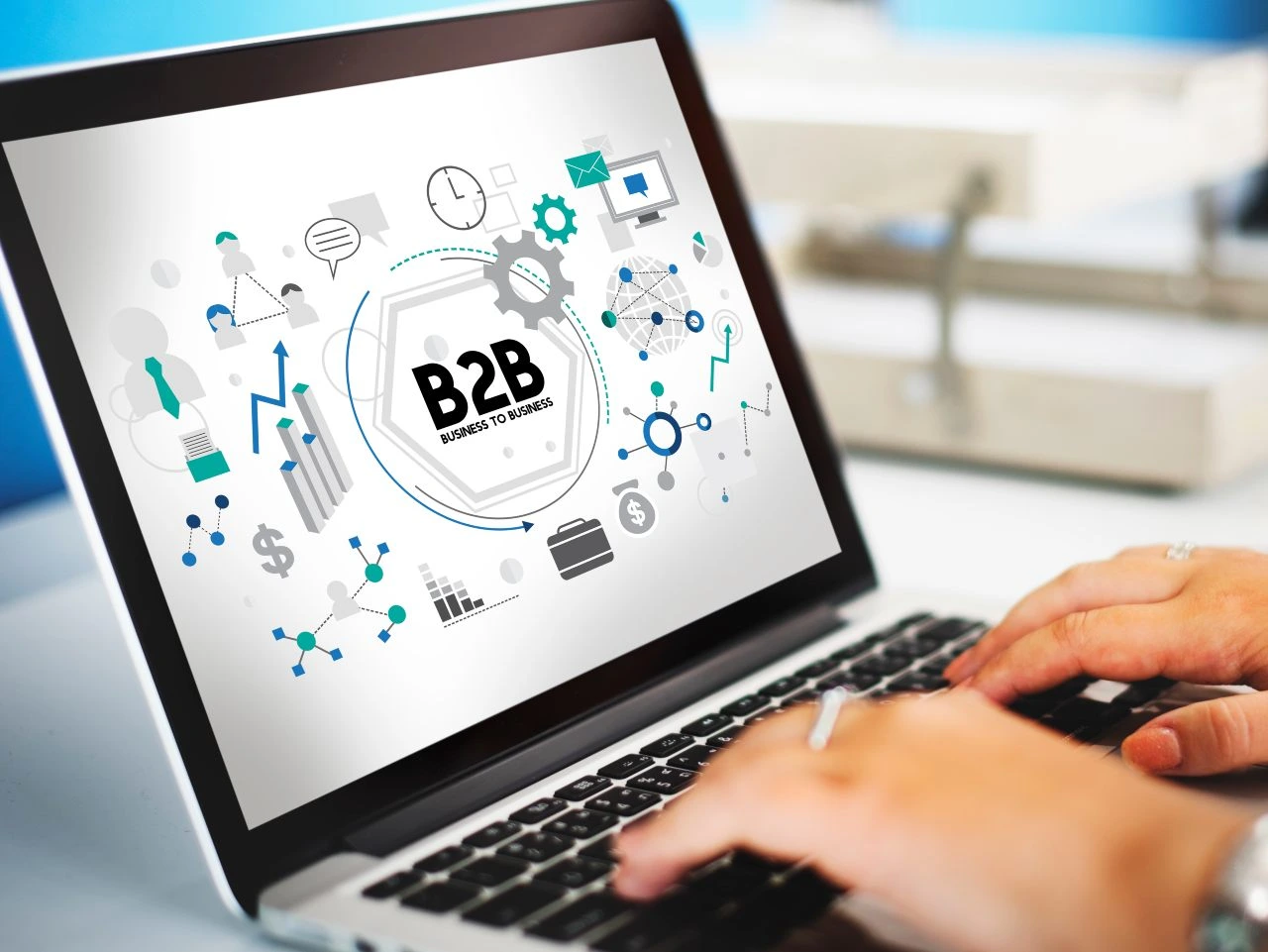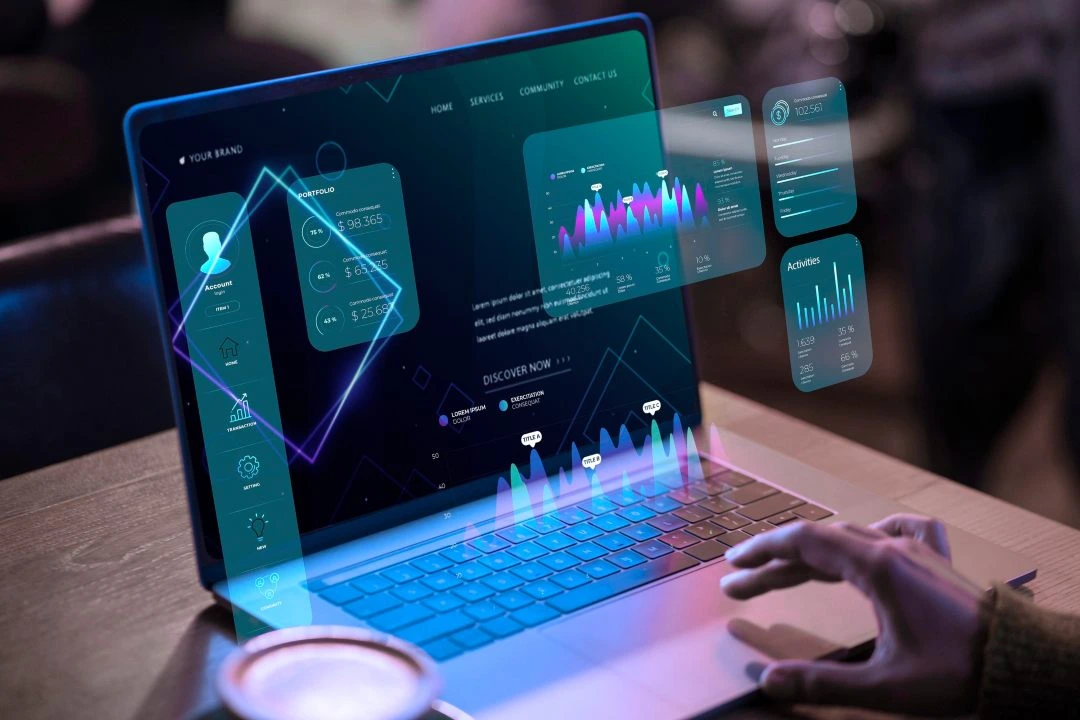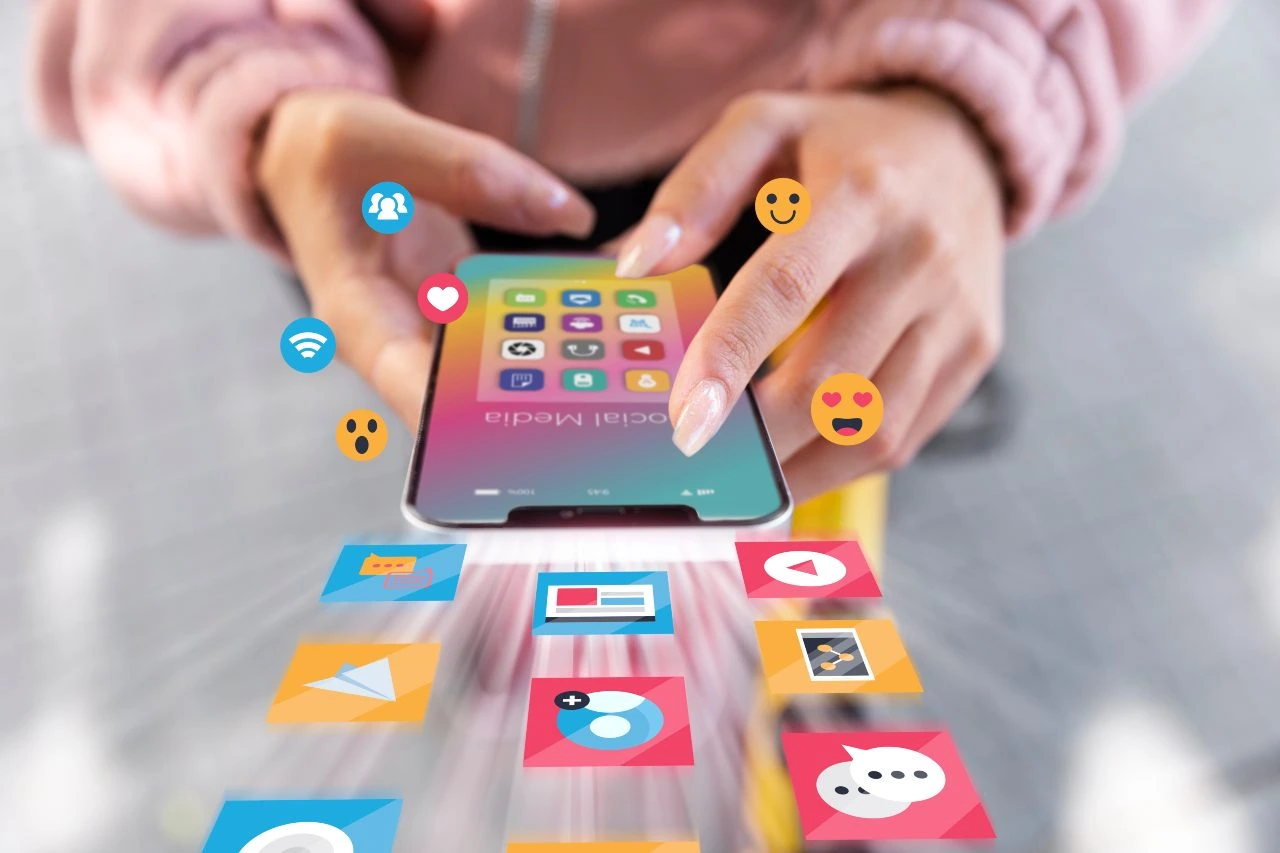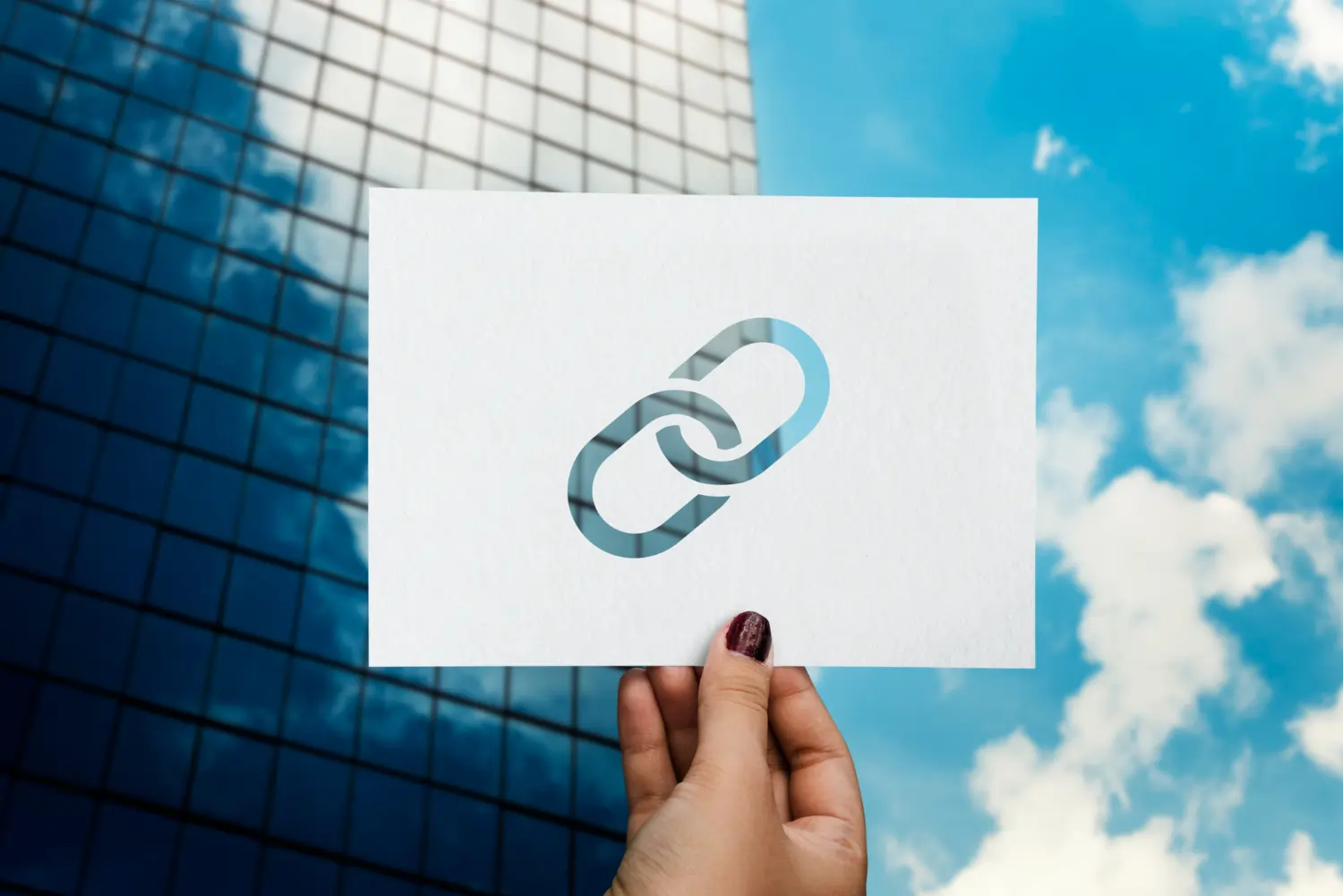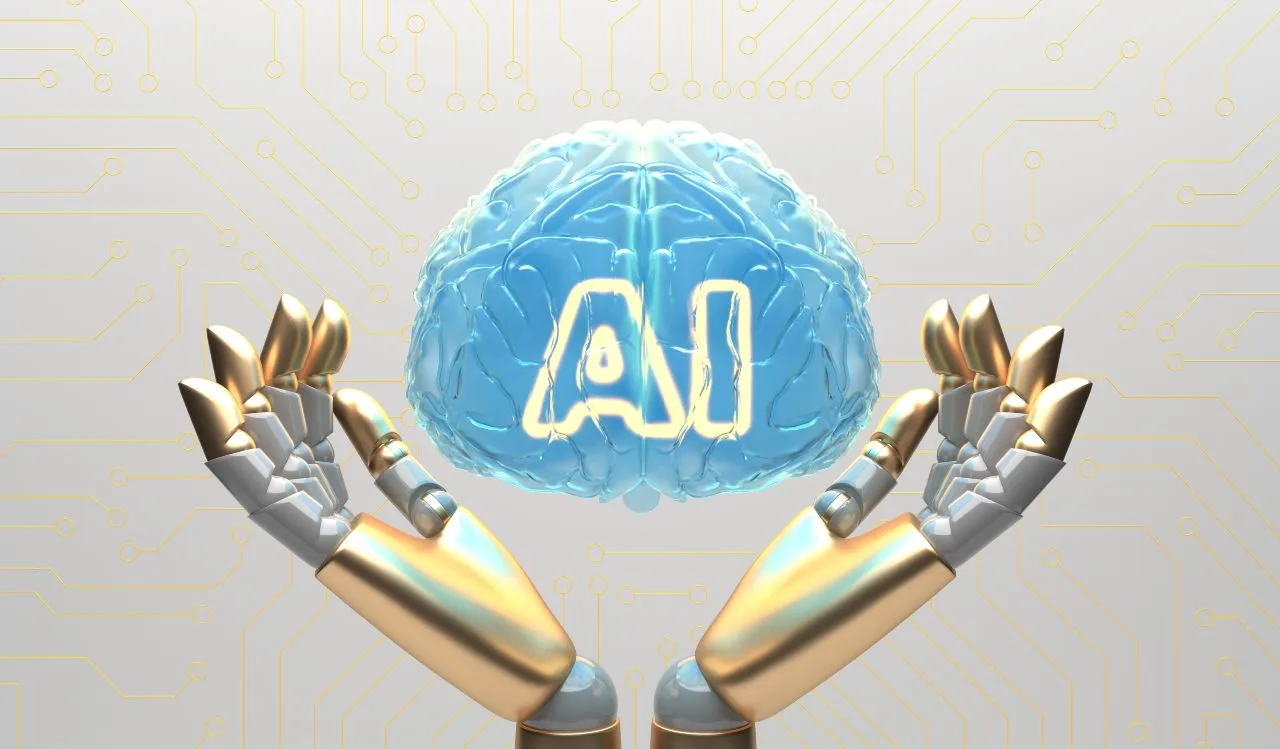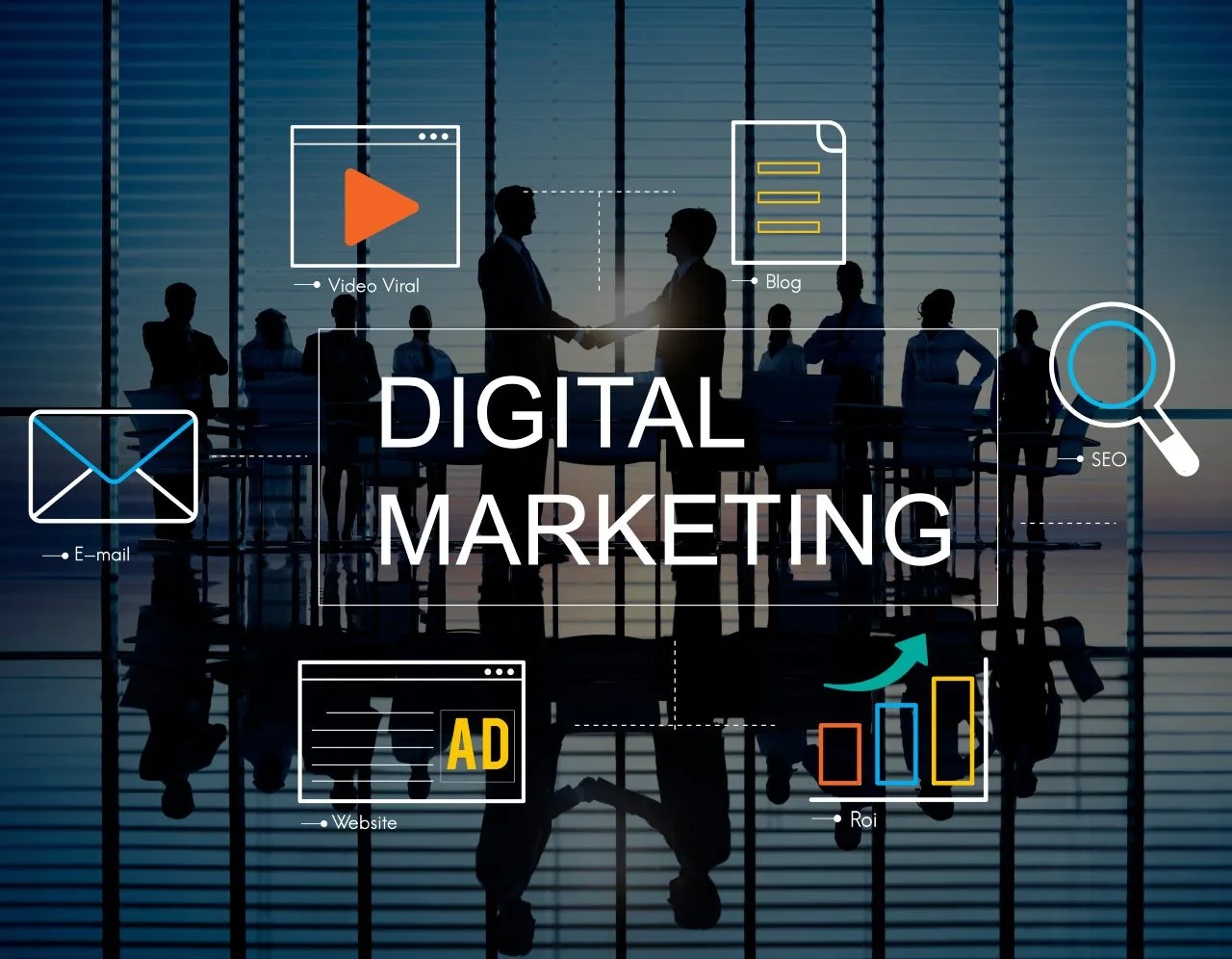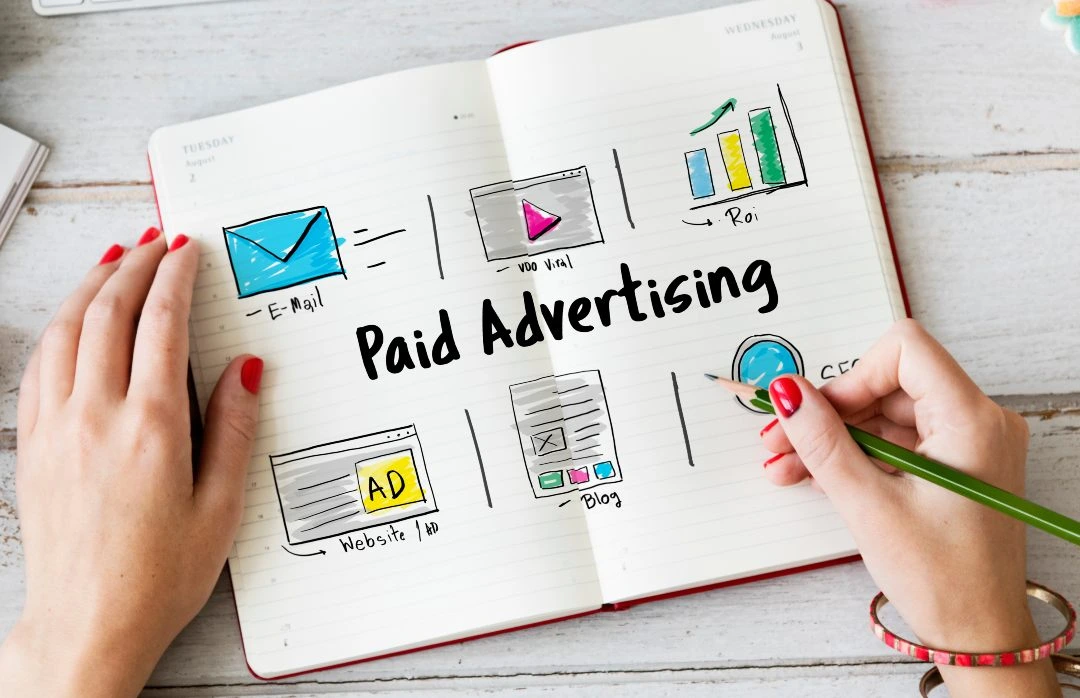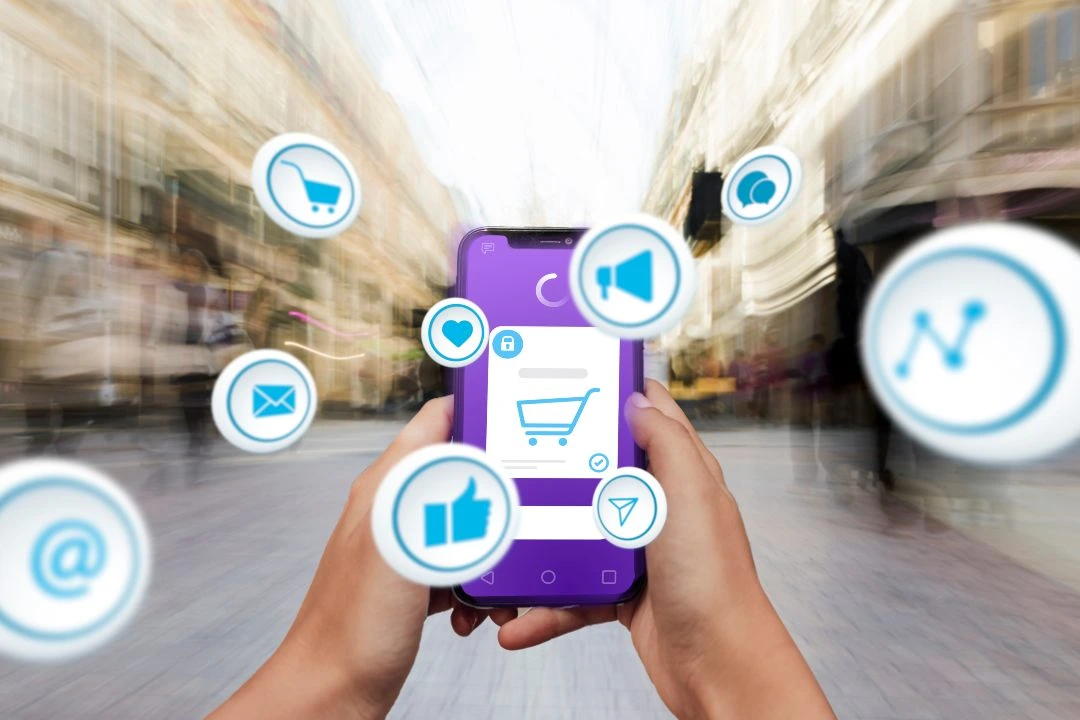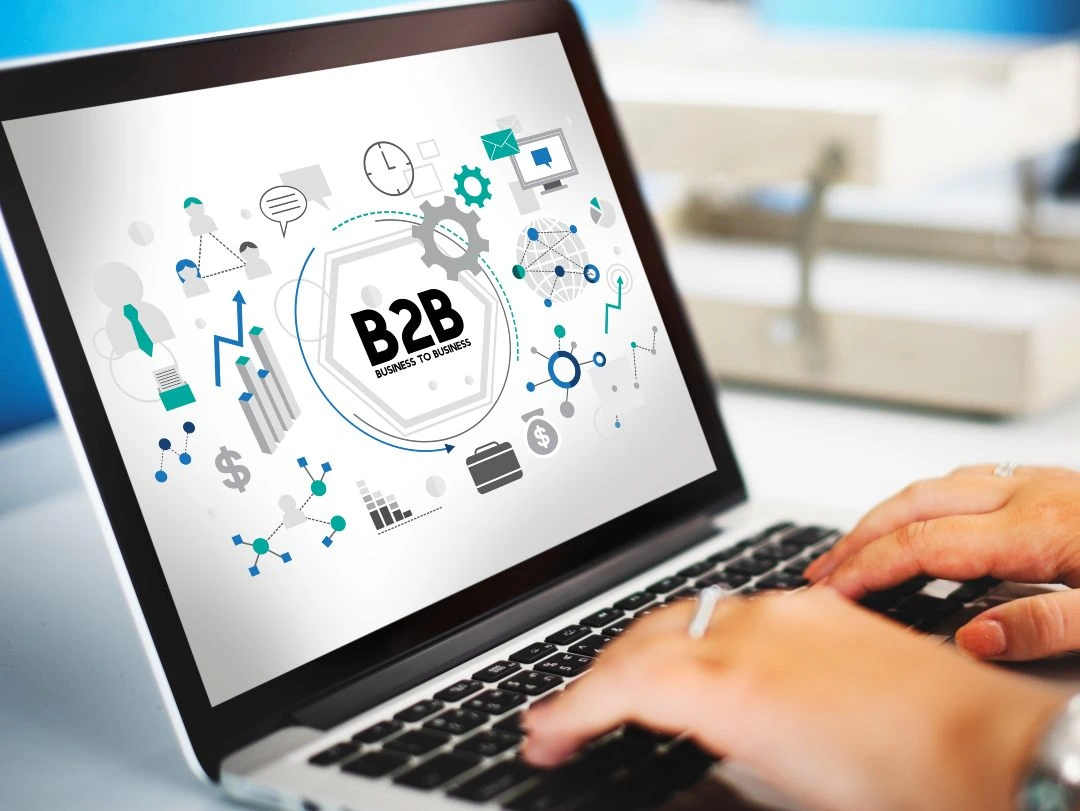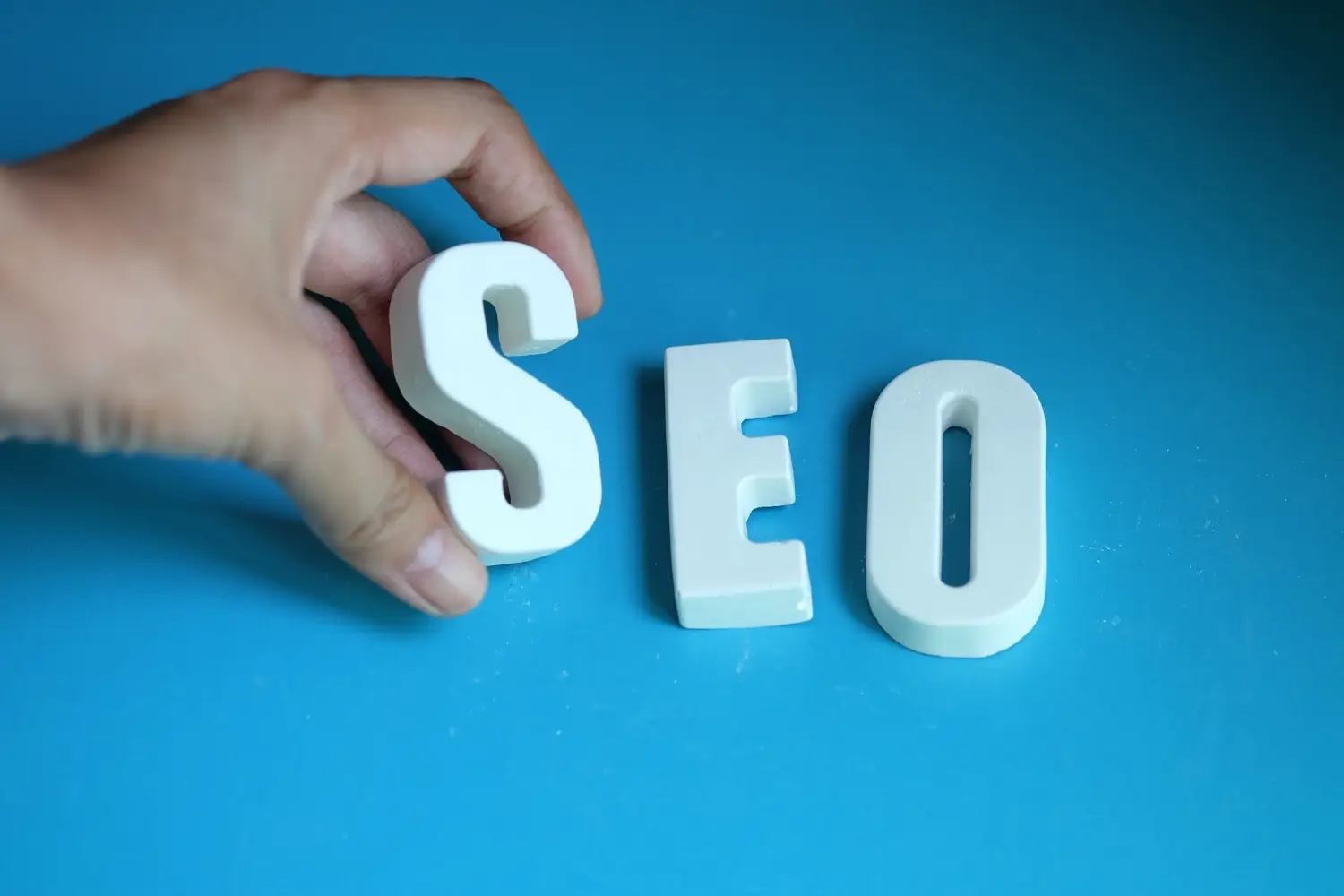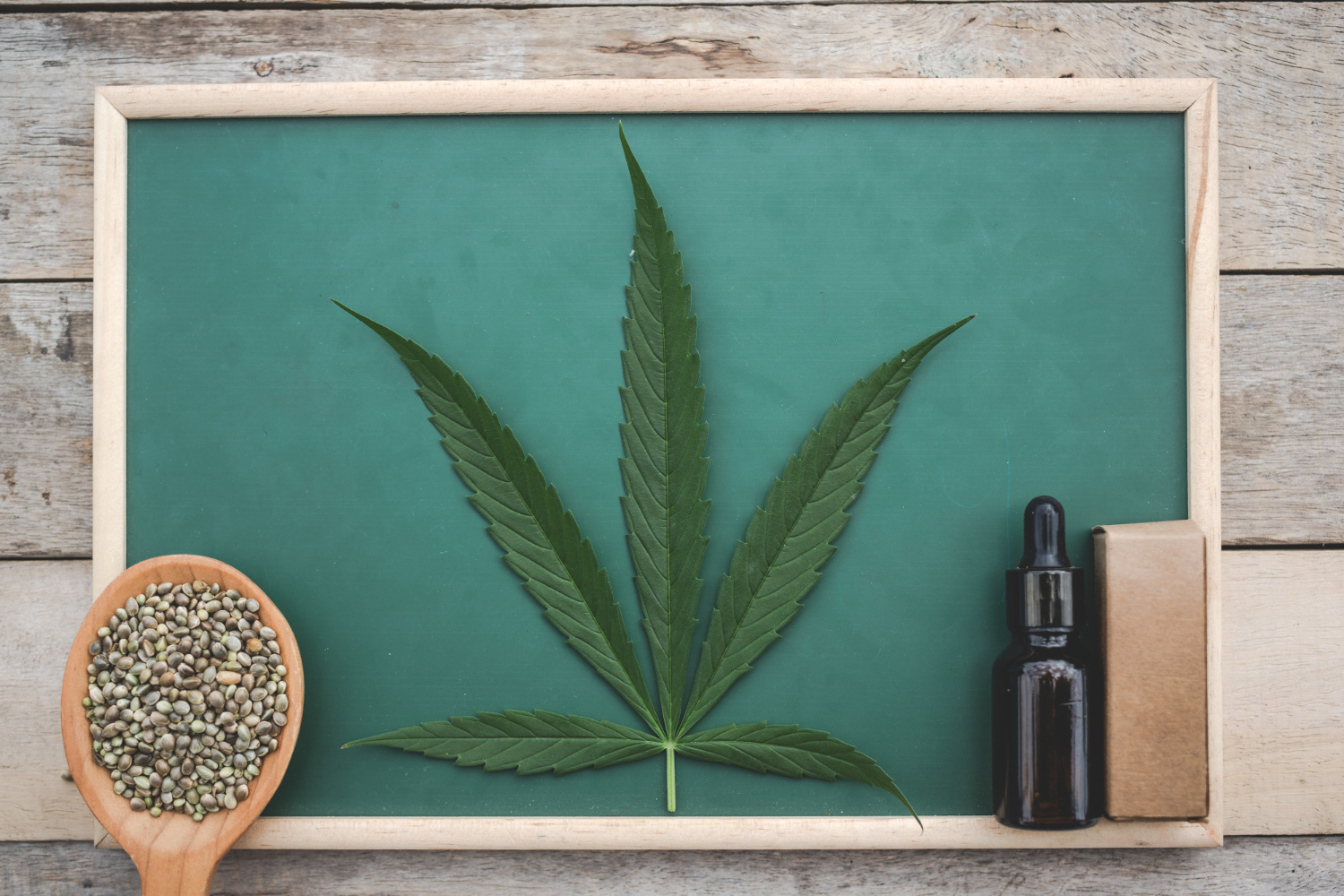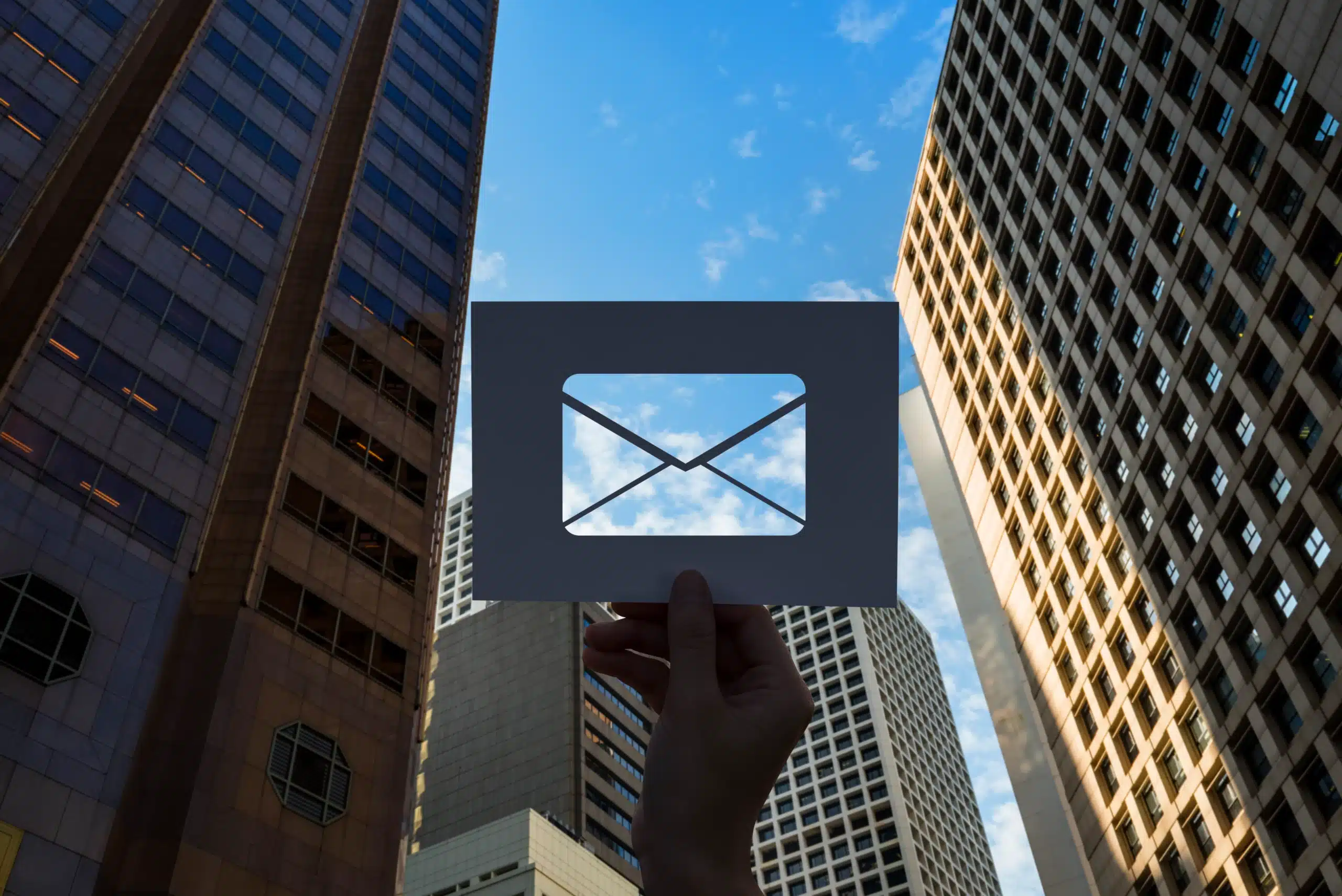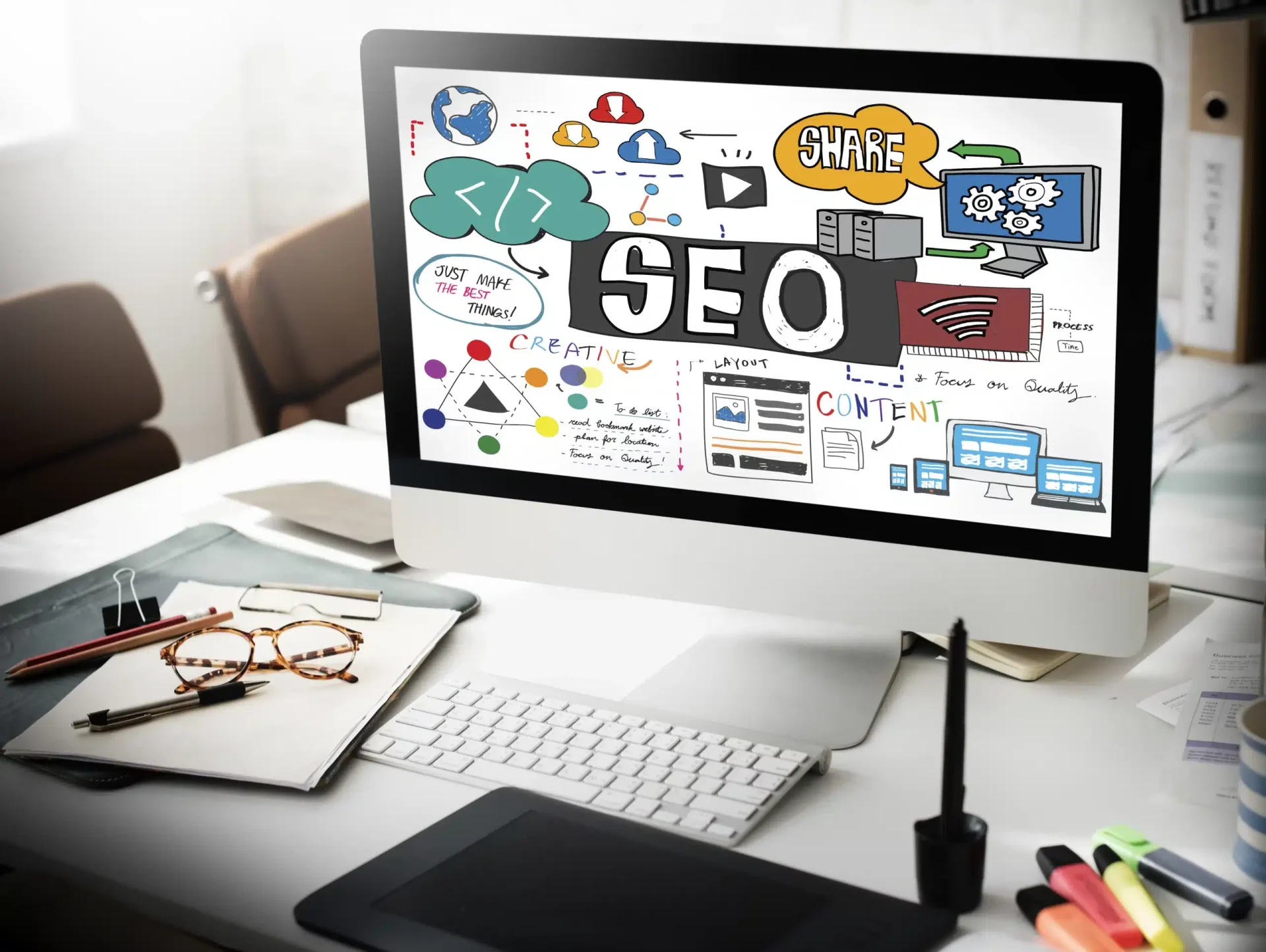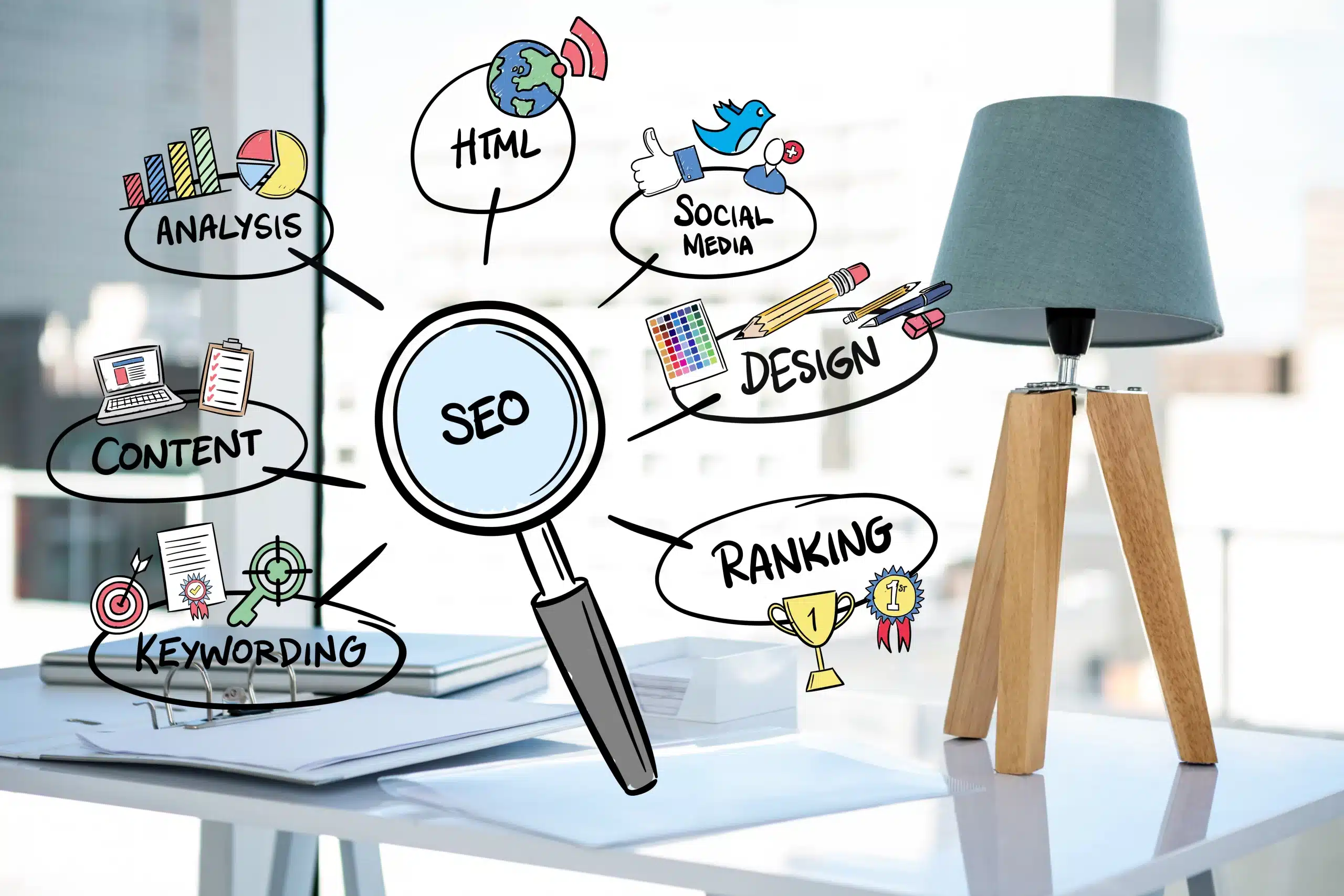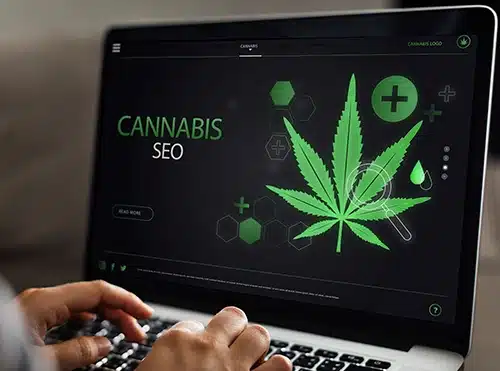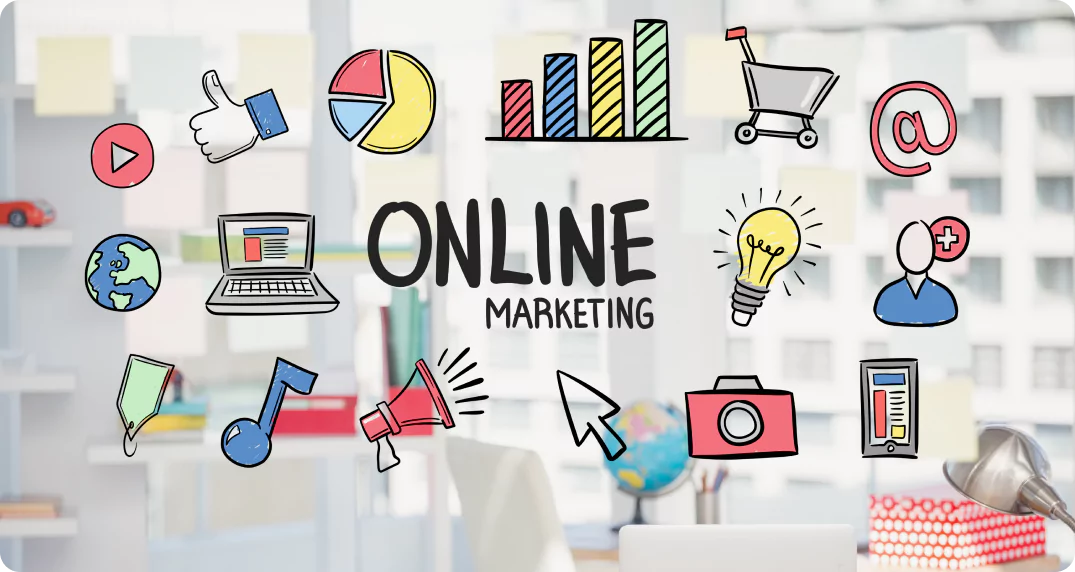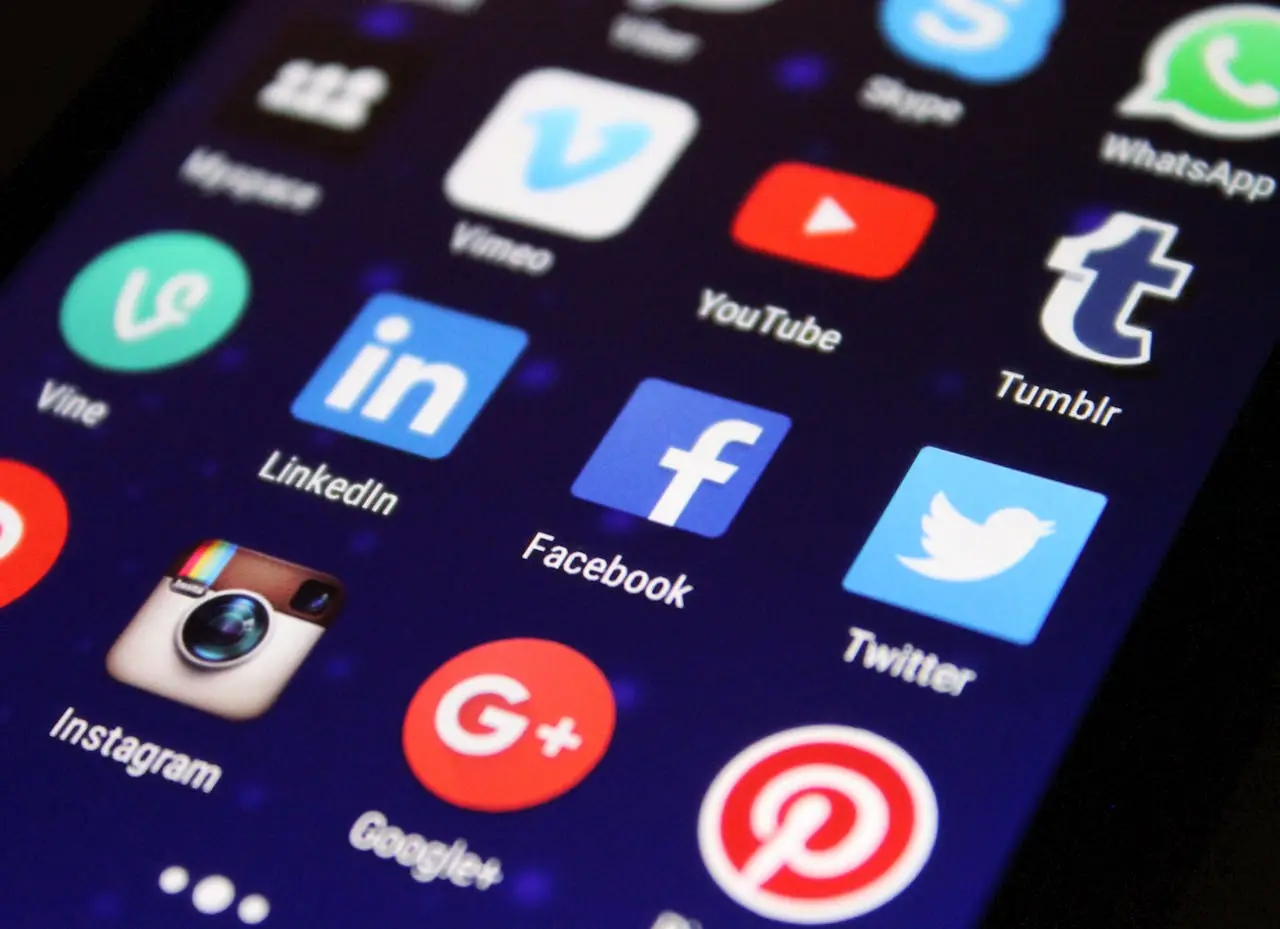Are you ready to dive into the future of content marketing? As we look ahead to 2025, several key shifts promise to redefine how businesses connect with their audiences. From the rise of AI-driven personalization to innovative approaches in user-generated content, the landscape is evolving at warp speed.
Understanding these upcoming shifts in trends content marketing is critical for staying competitive and engaging your audience effectively. Are you leveraging the power of AI for data analytics, or are you maximizing the effectiveness of your ABM campaigns?
In this article, we’ll explore the most significant changes impacting content marketing, offering actionable insights and strategies to help you adapt and thrive in this dynamic environment.
How 5G is Transforming Content Marketing into an Immersive Experience
The rapid deployment of 5G technology is more than just an infrastructure upgrade—it’s a powerful enabler for the next generation of content marketing. By dramatically improving speed, connectivity, and latency, 5G allows brands to deliver faster, richer, and highly interactive content experiences. This shift isn’t just about enhancing performance; it’s about redefining how audiences consume, interact with, and respond to digital content across platforms, especially on mobile devices, where the majority of engagement now takes place.
- By 2025, 5G networks are expected to reach one-third of the world’s population, creating massive opportunities for mobile-first marketing strategies. Source
- High-definition video streaming will be seamless, eliminating buffering and enabling brands to host real-time live events, product demos, or behind-the-scenes experiences without interruptions. Source
- Real-time interactions, such as live multiplayer games or dynamic interactive ads, will become mainstream, helping brands forge deeper connections with audiences. Source
- Complex augmented and virtual reality experiences will now be easier to deliver, driving innovation in immersive storytelling and product visualization. Source
- Faster app downloads and smoother browsing experiences will set a new standard for user engagement, paving the way for frictionless digital interactions. Source
The rollout of 5G isn’t just a technological milestone—it’s a creative revolution for content marketers. It will empower brands to move beyond static campaigns and craft fully immersive, on-demand experiences that engage users like never before. From virtual try-ons to interactive AR campaigns and buffer-free live streaming, the possibilities are endless. Marketers who embrace the potential of 5G early will not only meet consumer expectations but exceed them in ways that amplify both brand loyalty and ROI.
Pro Tip:
Start aligning your content strategies with 5G capabilities today. Experiment with emerging technologies like AR and VR, and focus on crafting visually stunning, interactive formats. Additionally, audit your website and apps to ensure they’re optimized for ultra-fast load times, making the most of 5G’s lightning-speed promise. Don’t forget to perform a thorough SEO enterprise audit to ensure your entire website marketing is technically sound and ready for next-gen performance standards.
Potential of AI for Content Marketing Precision
The age of AI-driven content marketing has arrived, and it’s no longer just a futuristic concept—it’s the present reality reshaping how brands connect with their audience. With real-time insights into consumer behavior, sentiment, and engagement, marketers can now pivot strategies in an instant, ensuring their content remains as relevant as ever. This isn’t just about automation; it’s about making smarter, data-backed decisions that drive meaningful outcomes and deliver personalized experiences at scale.
- Advanced data analytics allows for more precise customer targeting in 2024. Hyper-personalization tools enable marketers to offer content that adapts to user behavior in real time, deepening engagement and improving conversion rates. Source
- AI-driven insights allow marketers to track engagement, sentiment, and consumer preferences with precision and speed. Source
- Rather than waiting for campaign results or product launch outcomes, marketers can use real-time data to make immediate adjustments. Source
- AI-powered marketing platforms offer a detailed understanding of what motivates customers, enabling marketers to refine their messaging for improved conversion rates and to identify emerging trends on social media. Source
- AI in programmatic advertising is no longer just about automating ad placements; it’s about real-time optimization, where every element of a campaign is continuously fine-tuned for peak performance. Source
- AI-powered campaign management platforms monitor ad performance in real time and immediately make adjustments, such as modifying messaging, shifting the target audience, or reallocating the budget to another platform. Source
- Real-time data drives every decision, allowing for smarter budget management, increasing engagement rates while ensuring a strategic and efficient use of resources. Source
- The focus is on ensuring that each dollar spent targets the right audience, at the right time, with the right message. Source
Key Takeaway – Implications of AI-driven insights go far beyond tracking consumer behaviors
Rhey empower marketers to build responsive, dynamic campaigns that resonate with their audience in the moment. Gone are the days of static strategies; today’s successful brands leverage AI to shape hyper-relevant messaging, refine ad spend, and identify key trends before competitors even notice them. This real-time agility not only maximizes digital marketing ROI but also deepens the relationship between brands and their customers, making every interaction more impactful.
Pro Tip:
To get the most out of AI insights, align your technology stack with your marketing goals. Invest in AI platforms that specialize in real-time analytics, and partner them with tools for hyper-personalization. This ensures your content strategies are both data-driven and emotionally resonant, giving your brand the edge it needs to thrive in a highly competitive landscape.
Revolutionizing Customer Engagement with AI and Automation
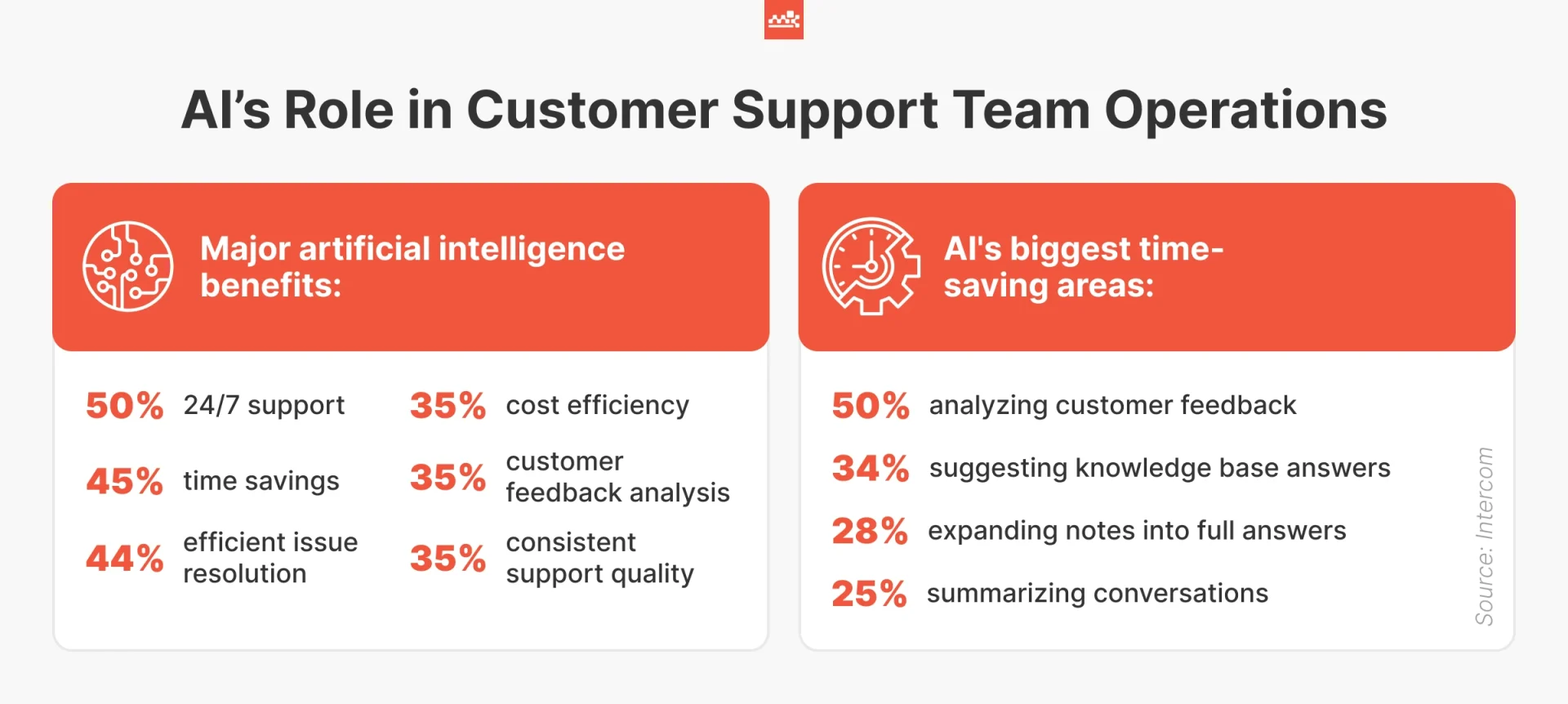
Source: Master of Code
The rise of artificial intelligence and machine learning is transforming the way businesses interact with their customers, enabling brands to deliver smarter, faster, and more personalized experiences. From streamlining marketing campaigns to providing real-time customer support through AI-powered chatbots, these technologies are reshaping how marketers approach efficiency and engagement. As the competitive landscape continues to prioritize personalization and responsiveness, leveraging these tools is no longer a luxury—it’s a strategic necessity.
- AI and ML automate marketing campaigns triggered by specific customer actions and optimize real-time bidding in digital advertising, making efforts more precise and cost-efficient. Source
- Machine learning algorithms dynamically adjust marketing strategies based on real-time data, ensuring ongoing campaign optimization. Source
- 73% of consumers believe AI will enhance the quality of customer service, with many expecting to interact with AI more frequently in their daily lives. Source
- Email marketing automation, especially in the form of drip campaigns, allows brands to send timely and targeted messages triggered by user behaviors or specific timelines. Source, Source
- Drip email sequences play a crucial role in middle-funnel strategies by keeping prospects engaged and maintaining brand visibility during the consideration stage. Source
- Automation streamlines email targeting, ensuring relevant communication is sent at the right moment, such as immediately after a user subscribes or performs a key action. Source
Key Takeaway: Building Smarter, Faster, and More Personalized Communication
AI-driven tools and automation are no longer optional—they’re the backbone of customer engagement strategies in 2025 and beyond. By integrating AI into your marketing efforts, you can anticipate customer needs, achieve unparalleled efficiency, and deliver hyper-personalized experiences at scale. Whether it’s through crafting dynamic drip campaigns or leveraging chatbots for real-time support, these innovations allow businesses to nurture leads and build loyalty like never before.
Pro Tip:
To truly stand out, focus on balancing automation with human touchpoints. Use AI to handle routine tasks and gather insights, but ensure lead handoffs or key interactions include authentic, human-driven engagement. Tools like ChatGPT, HubSpot, and Mailchimp can help you seamlessly blend automation with personalization for maximum impact.
Transforming Content Marketing with AI-Driven Personalization
As consumer expectations continue to evolve, generic marketing strategies are rapidly losing their effectiveness. Audiences now demand content that speaks directly to their needs and preferences—a challenge that artificial intelligence (AI) is uniquely positioned to address. By analyzing vast amounts of customer data and adapting content on the fly, AI empowers marketers to deliver hyper-personalized experiences at scale, redefining how brands connect with their audiences.
- AI algorithms now personalize content at scale, tailoring product recommendations and marketing messages to individual users based on their past behavior and preferences. Source
- AI tools streamline content creation, helping marketers produce relevant and engaging content more efficiently. Source
- Personalized content focuses on specific audience behaviors and product preferences, leveraging machine learning and AI to compile helpful customer information and create automated profiles. Source
- These customer profiles gather data from social listening and on-site behaviors to uncover audience preferences and buying habits, enabling the delivery of personalized content that fits user interests. Source
- AI-driven personalization allows content to be delivered based on users’ interests, helping nudge them towards conversion by providing the right content at the right time. Source
- AI helps modify and adapt content in real-time based on performance insights, ensuring each asset resonates with the intended audience through dynamic creative optimization. Source
- AI tools can generate personalized messaging, curate content at scale, and create dynamic media assets, revolutionizing the speed and personalization of content creation. Source
- Mobile apps, SMS, and location-based services are being utilized to engage consumers with personalized offers, recommendations, and experiences, enhancing the customer journey and boosting brand loyalty. Source
- Brands are increasingly tailoring video content to fit viewers’ preferences, creating a more personalized experience that increases engagement and drives conversions. Source
- AI-driven tools are used to personalize videos based on viewer data, such as product recommendations or personalized greetings, and consider sending video emails or creating product suggestion videos tailored to a user’s previous interactions. SourceSource
Key Takeaway: Enabling Smarter, More Targeted Marketing
In a world where the sheer volume of content can easily overwhelm consumers, precise, AI-powered personalization offers a way to cut through the noise. By delivering the right message to the right person at the right time, brands can foster deeper connections and build lasting trust with their audiences. Furthermore, dynamic optimization ensures content stays relevant in real-time, adapting to changing preferences and performance metrics. This isn’t just a trend—it’s the foundation of future-proof marketing strategies.
Pro Tip:
To maximize the effectiveness of AI-driven campaigns, don’t just rely on data analysis. Combine AI insights with a strong focus on creativity to craft content that is not only personalized but also emotionally resonant. Tools like Adobe Sensei and Persado can help balance personalization with compelling storytelling.
Transforming Paid Advertising Through AI and First-Party Data
As advertising landscapes become increasingly competitive, the key to cutting through the noise lies in smarter tools and smarter data. AI-powered advertising and the strategic use of first-party data are empowering marketers to refine their campaigns, drive meaningful engagement, and maximize ROI. With AI automating processes like bid optimization, audience targeting, and ad creation, combined with the precision of first-party data signals, advertisers are better equipped to meet the demands of a rapidly evolving digital ecosystem.
- AI’s integration into paid advertising is paving the way for unparalleled efficiency. Ad platforms are adopting AI-driven solutions to optimize campaign outcomes. Source
- Google Ads leans on AI for bid optimization and creating personalized, relevant ads. Performance Max campaigns are a prime example, utilizing keywordless AI to find converting queries and align ad messaging with user intent. Source, Source
- Microsoft harnesses generative AI in its advertising tools, offering features like Conversational Ad experiences, Ads for Chat API, and Copilot to further personalize user interactions. Source
- AI-powered ads are proving to deliver higher ROI, enabling the creation of ads that connect with audiences more effectively. Source
- First-party data is becoming a critical component in campaign success. Google integrates first-party data through enhanced conversions and audience signals in Performance Max campaigns to refine targeting and bidding strategies. Source, Source, Source
- By marrying AI capabilities with first-party data insights, marketers can enhance audience segmentation and create hyper-targeted campaigns. Source
Key Takeaway: Smarter Ads, Stronger Connections
The combination of AI and first-party data is redefining the future of advertising by delivering more personalized and impactful campaigns. The ability of AI to understand and predict user behavior allows advertisers to craft messages that resonate, while first-party data adds a layer of accuracy to targeting that third-party data simply cannot achieve. In a world where privacy regulations tighten and customer expectations grow, leveraging these tools not only strengthens results but also builds trust and loyalty with audiences.
Pro Tip:
To fully tap into the potential of AI-powered advertising, focus on building robust first-party data collection strategies. Consider implementing opt-in email captures, loyalty programs, and website analytics tools to enrich your data pipeline. Pair these insights with AI tools and PPC services n platforms like Google Ads or Microsoft Advertising to create campaigns that are not just smarter but also more human-centric. As you refine your approach, it’s worth asking: are good ads worth it when backed by the right data and AI-driven optimization? The answer increasingly points to yes.
AI-Driven Innovation Reshaping Video Marketing Strategies
As the demand for video marketing continues to grow, the way brands create and deliver video content is undergoing a dramatic transformation, thanks to generative AI. This technology, powered by tools like Sora, promises to simplify the production of dynamic, personalized videos—redefining how businesses connect with their audiences. Beyond just saving time, generative AI empowers marketers to craft stories that resonate deeply, all while scaling their efforts to meet rising content expectations.
- Generative AI is revolutionizing the marketing landscape in 2025, with the upcoming release of Sora marking a significant milestone in converting text into compelling video content. Source
- This technology is expected to streamline content creation, enabling the production of high-quality, engaging video content at an unprecedented scale and speed. Source
- The advent of Sora and similar generative AI technologies signals a new era in content marketing, where the ability to rapidly produce diverse content formats from text could redefine content strategies. Source
- AI technology is changing video marketing by automating editing, customization, and content creation. Source
- AI helps create high-quality, tailored content at scale, making video marketing more accessible for brands of all sizes. Source
- AI tools like automated video editing software, AI-generated captions, or voiceovers can speed up production. AI can also help create data-driven content suggestions based on trending topics and user behavior. Source
Key Takeaway: Generative AI Elevates Video Marketing Game
Generative AI is more than a productivity booster—it’s a game-changer for marketers looking to deliver personalized, impactful video content at scale. By automating repetitive tasks like editing and captioning, it frees up creative resources to focus on strategy and storytelling. As competition intensifies in the content marketing landscape, leveraging these tools can mean the difference between blending in and standing out. Whether you’re a startup with limited resources or a global brand managing a multi-channel strategy, generative AI ensures you can stay ahead of the curve.
Pro Tip:
Maximize the value of generative AI by pairing it with audience insights and data analytics. Tools like Sora can churn out videos swiftly, but the real magic lies in customizing content to fit specific audience preferences. Use AI-driven analytics to identify trending topics, behavioral patterns, and engagement metrics, ensuring every video produced is primed for maximum impact.
Embracing AI for Scalable, Hyper-Personalized Video Marketing
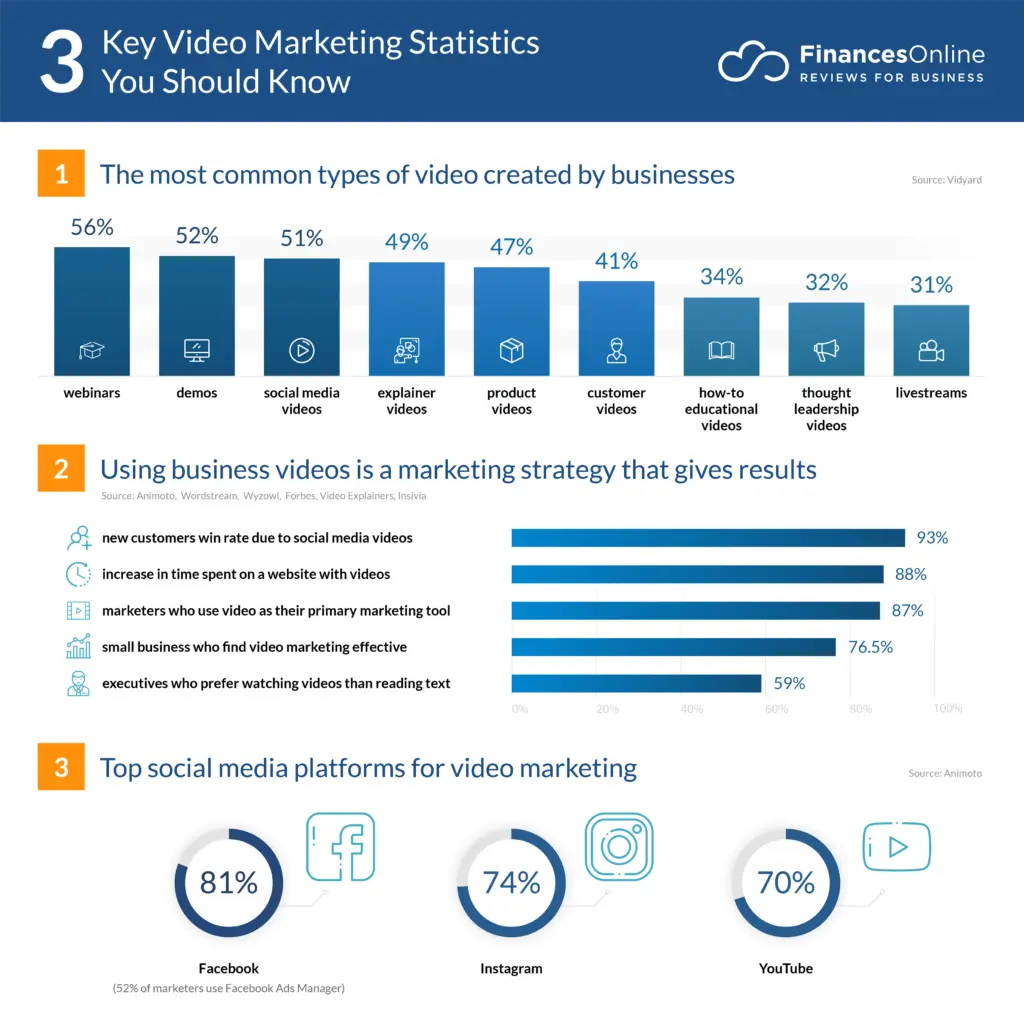
Source: FinanceOnline
As competition in digital marketing intensifies, the ability to create tailored video content at scale is no longer just an advantage—it’s becoming a necessity. AI-powered tools are disrupting traditional video production workflows, empowering marketers to achieve more with fewer resources. Beyond just efficiency, AI is unlocking new levels of personalization by enabling brands to deliver video experiences that resonate deeply with individual viewers. In a landscape where every second counts, mastering AI-driven video marketing can give you the competitive edge you need to thrive.
- AI is revolutionizing video production, empowering marketers to create personalized and scalable content with less time and resources. Source
- AI-driven video editing tools assist with various aspects, including scripting and post-production, facilitating the creation of high-quality video content on a budget. Source
- AI tools can be utilized throughout the entire video creation process, from generating topic ideas and outlines to simplifying editing and repurposing content for various social channels. Source
Key Takeaway: AI Is the Future of Agile Content Creation
AI-powered tools are not just enhancing video creation; they’re redefining it. By enabling marketers to personalize every frame, automate repetitive tasks, and adapt content for multiple platforms, AI brings agility and precision to video marketing strategies. The brands that invest in these technologies will not only stay relevant but also build stronger emotional connections with their audiences.
Pro Tip:
To maximize AI’s potential, focus on tools that combine automation with analytics. Seek platforms that offer insights into how your audience interacts with your videos, then use this data to refine future content. For long-term success, integrate AI into your entire video marketing workflow—from ideation to distribution—to embrace the full power of this game-changing technology.
Harnessing AI to Decode Consumer Behavior and Drive Strategy
AI’s role in marketing has transcended text generation and visual creation—today, it’s becoming a cornerstone for data analytics and trend identification. By leveraging AI to analyze first-party data, businesses can uncover hidden patterns, predict consumer behaviors, and craft hyper-targeted strategies. This isn’t just about efficiency; it’s about understanding your audience at a deeper level and delivering what truly resonates with them.
- Businesses are using AI to scrape marketing insights from their first-party customer data, gaining a better understanding of their target audience’s questions, concerns, and needs. Source
- With this information, marketers can create more targeted content that addresses common questions and concerns, and tailor campaigns and sales pitches to common points of interest. Source
AI-powered analytics is revolutionizing how marketers approach decision-making by transforming raw data into actionable insights. It’s not just about creating personalized email campaigns or advertisements—it’s about anticipating needs, solving pain points before they arise, and building trust through relevance. Businesses can no longer afford to solely rely on intuition when their competitors are using data-driven strategies to get ahead.
Pro Tip:
Don’t stop at basic data—the real power of AI lies in predicting trends and automating personalization at scale. Invest in tools like Tableau, Google Analytics 360, or Salesforce Einstein to turn your data into a goldmine of insights. By doing so, your campaigns can stay a step ahead, delivering solutions before your customers even ask for them. For small businesses looking to maximize their reach while staying agile, integrating AI with digital marketing strategies for small businesses can provide a competitive edge, ensuring your efforts resonate with your target audience in impactful ways.
How ABM is Redefining B2B Success in 2025
Account-Based Marketing (ABM) is no longer a niche tactic reserved for select industries—it’s now an essential strategy for B2B organizations aiming to deepen relationships with high-value accounts. As competition intensifies and buyers demand increasingly tailored experiences, ABM has shifted from a reactive approach to a proactive, technology-powered framework. In 2025, this evolution will be marked by hyper-targeted content, seamless collaboration between departments, and smarter analytics to drive measurable results.
- ABM is becoming a staple in B2B marketing, shifting from a mere buzzword to a critical strategy. Source
- In 2025, ABM will evolve to feature hyper-personalized content, tighter integration with sales and product teams, and advanced analytics tools for tracking campaign success. Source
- A comprehensive ABM strategy should align marketing and sales efforts, focusing on identifying key accounts and personalizing messaging for each. Source
- To support ABM efforts, invest in tools such as CRM and marketing automation platforms to effectively track and measure campaign performance. Source
The rise of ABM reflects a broader shift in B2B marketing—one that prioritizes quality over quantity and values alignment across teams. To stay competitive, companies must take a long-term view, treating ABM as a living strategy that evolves with customer needs, industry trends, and technological advancements. The days of one-size-fits-all tactics are behind us. Successful ABM now requires a delicate balance of creative storytelling, data-driven decision-making, and organizational synergy.
Pro Tip:
Leverage AI and predictive analytics to identify high-potential accounts and craft campaigns that speak directly to their unique challenges and goals. Regularly revisit your account selection criteria, as market dynamics and organizational priorities can shift, affecting which accounts offer the greatest value. By staying adaptive, you’ll ensure your ABM strategy stays ahead of the curve.
Navigating the Shift to AI-Enhanced Search Strategies
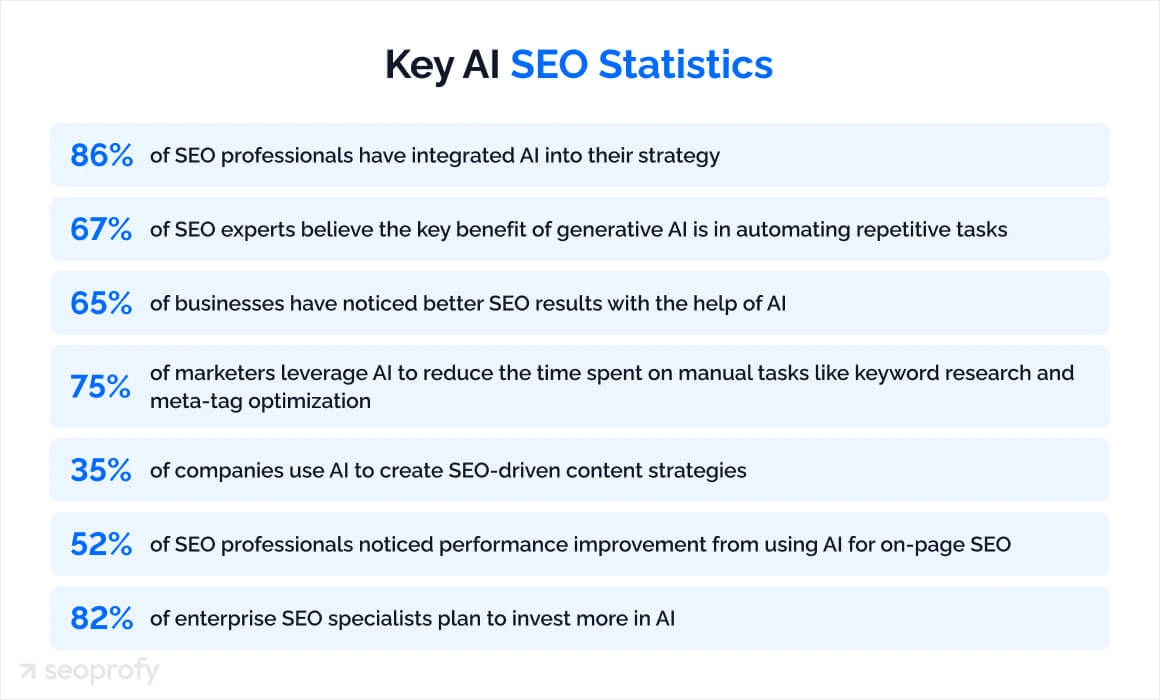
Source: SeoProfy
With AI redefining how users search for and discover content, businesses must rethink their digital strategies to stay competitive. AI-powered tools, from search engines to conversational chatbots and voice-activated assistants, are reshaping the way audiences interact with content. This evolution demands not just visibility but also adaptability—ensuring your brand appears where and how your audience is searching. Leveraging AI-driven search optimization isn’t just about staying relevant—it’s about owning the conversation in an increasingly AI-centric world.
- The rise of AI-powered search and answer engines makes it vital to position your brand wherever your audience is searching. Source
- Optimizing for AI involves actions like ensuring your content is listed in the databases AI models use, refining strategies for AI-generated results, and boosting visibility across various AI-driven search platforms. Source
- Platforms like Reddit and Quora, which benefit from SERP shifts driven by AI, are increasingly critical to include in your optimization strategy. Appearing in AI Overviews on these platforms can significantly expand audience reach. Source
Key Takeaway: Stay Agile in the Era of Intelligent Search
As AI continues to disrupt traditional search frameworks, the brands that thrive will be those that embrace constant evolution and precision. This means going beyond basic search engine optimization (SEO) to actively tailor your content for AI-driven discovery tools. Consider investing in strategies like database inclusion, platform-specific targeting, and continuously monitoring how AI shapes SERPs. The ability to pivot and refine your approach will be your competitive edge in ensuring your audience finds you—even in the most unexpected digital spaces.
Pro Tip:
Keep an eye on AI algorithm updates and emerging platforms shifting search dynamics. Tools like Google’s Bard, OpenAI, or Bing AI are not static—they evolve quickly, and the businesses that monitor these changes can adapt their content faster to maintain a pivotal online presence.
Driving Engagement Through Incentivized User-Generated Content (UGC)
In a landscape where authenticity reigns supreme, user-generated content (UGC) is more than just a trend—it’s a game-changer for brands seeking to build trust and foster deeper connections with their audience. UGC allows businesses to humanize their messaging, leveraging the power of their own customers’ voices to tell compelling stories. But when incentivized strategically, UGC transforms from an organic engagement booster to a catalyst for exponential brand visibility and lasting audience loyalty.
- Incorporating user-generated content (UGC) into marketing campaigns can drive a 25% boost in engagement. Source
- 60% of users are willing to create content for a brand when offered the right incentives. Source
- User-generated videos on YouTube garner 10x more views than brand-created counterparts. Source
The growing enthusiasm for incentivized UGC highlights a valuable opportunity for brands to ignite engagement and expand their digital presence. By rewarding users with tailored incentives such as exclusive perks or public recognition, businesses can unlock a steady stream of high-quality, authentic content that resonates with audiences. The ripple effect is undeniable—UGC not only amplifies brand credibility but also helps you scale organic reach while fostering a loyal community that advocates on your behalf.
For businesses looking to streamline their digital marketing efforts, incorporating UGC into a full-service marketing strategy can provide a cohesive approach that ties together content creation, audience engagement, and overall brand growth. By integrating UGC alongside other marketing initiatives, brands can ensure their campaigns are both impactful and efficient.
Pro Tip:
To maximize the impact of incentivized UGC, align your incentives with your audience’s core motivations. For instance, while product discounts may resonate with budget-conscious customers, VIP experiences or featuring user content prominently on your channels may appeal to creators looking for recognition. Platforms like TikTok, Instagram, or YouTube are ideal for showcasing UGC and building momentum around campaigns.
Staying Ahead with Smart Marketing Automation Investments
The marketing landscape is in a constant state of flux, and businesses that fail to adapt risk falling behind. Marketing automation tools have become indispensable for staying competitive, but their success isn’t just about implementation—it’s about strategic investment, integration, and adaptability. As consumer behaviors and technologies evolve, businesses must continually reassess their automation strategies to ensure they align with current trends and long-term goals.
- Evaluate which trends and technologies best align with your business objectives to maximize the ROI of your automation efforts. Source
- Strategic investments in the right tools and platforms are key to successful marketing automation. Source
- Opt for automation platforms that seamlessly integrate with emerging technologies, allowing your business to pivot as needed. Source
- Ongoing training for yourself and your team ensures you can effectively leverage the latest tools and features. Source
- Define clear roles and responsibilities within your team for implementing automation systems, and don’t hesitate to work with third-party experts when specialized knowledge is required. Source
Key Takeaway: The Key to Future-Ready Automation
In a hyper-competitive market, marketing automation is no longer a “set-it-and-forget-it” solution—it’s a dynamic ecosystem that requires regular fine-tuning and strategic foresight. By choosing tools that integrate effortlessly with new technologies and empowering your team with proper training, you can create an automation strategy that not only meets today’s demands but is also prepared for tomorrow’s challenges.
Pro Tip:
Schedule regular audits of your automation systems, paying attention to underperforming areas or gaps in functionality. This will help you uncover opportunities to better align with emerging trends and maintain a forward-thinking approach in your marketing efforts.
Conclusion
As we venture deeper into 2025, the evolution of trends in content marketing is reshaping how businesses connect with their audiences. From the lightning-fast capabilities of 5G to the transformative power of AI-driven insights and automation, marketers have access to tools and strategies that were once unthinkable. These innovations are not just enhancing efficiency—they are enabling entirely new levels of personalization and engagement that resonate deeply with consumers.
The integration of AI into every facet of content marketing, from real-time optimization to generative video creation, is a game-changer. Marketers who embrace these advancements can harness data-driven insights to deliver hyper-personalized content, automate repetitive tasks, and create immersive experiences that captivate their audience. At the same time, leveraging incentivized user-generated content and adapting to AI-powered search trends are proving to be essential tactics for sustaining visibility and fostering authentic connections.
The future of content marketing is dynamic, data-driven, and increasingly customer-centric. To remain ahead of the curve, marketers must not only adapt but also proactively invest in tools and strategies that align with these emerging trends. Ready to boost your traffic and grow your website? Your customers are looking for you, and our SEO services can help you be found across search engines. Let’s make your content marketing future-proof.
About How Trends in Content Marketing are Evolving in 2025
This guide was written by the Scopic Studios team and reviewed by Araksya Hakobjanyan, SEO Lead at Scopic Studios.
Scopic Studios delivers exceptional and engaging content rooted in our expertise across marketing and creative services. Our team of talented writers and digital experts excel in transforming intricate concepts into captivating narratives tailored for diverse industries. We’re passionate about crafting content that not only resonates but also drives value across all digital platforms.
Note: This feature blog’s image are sourced from Freepik.

